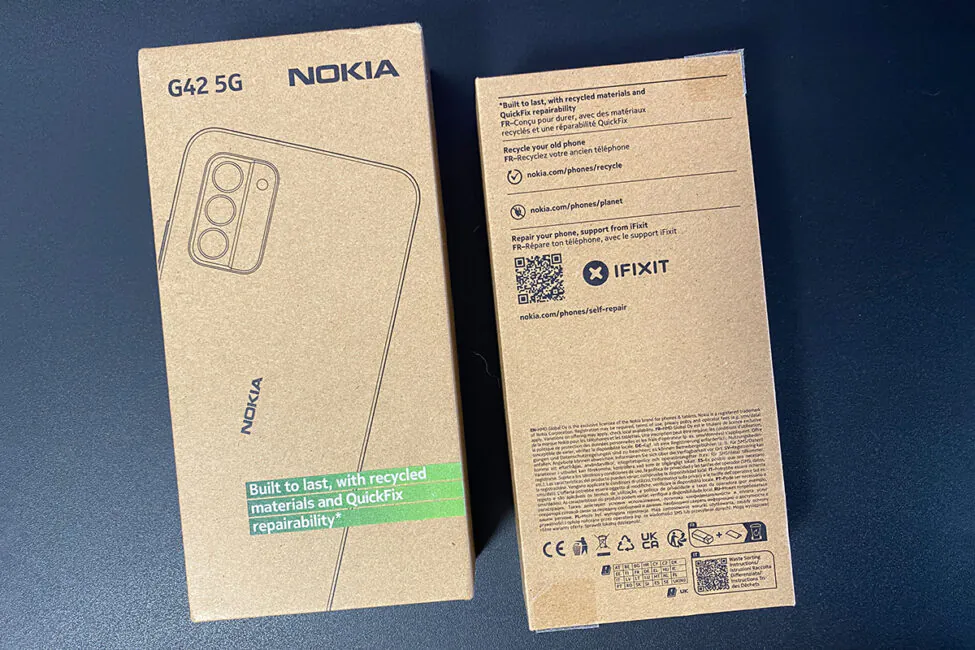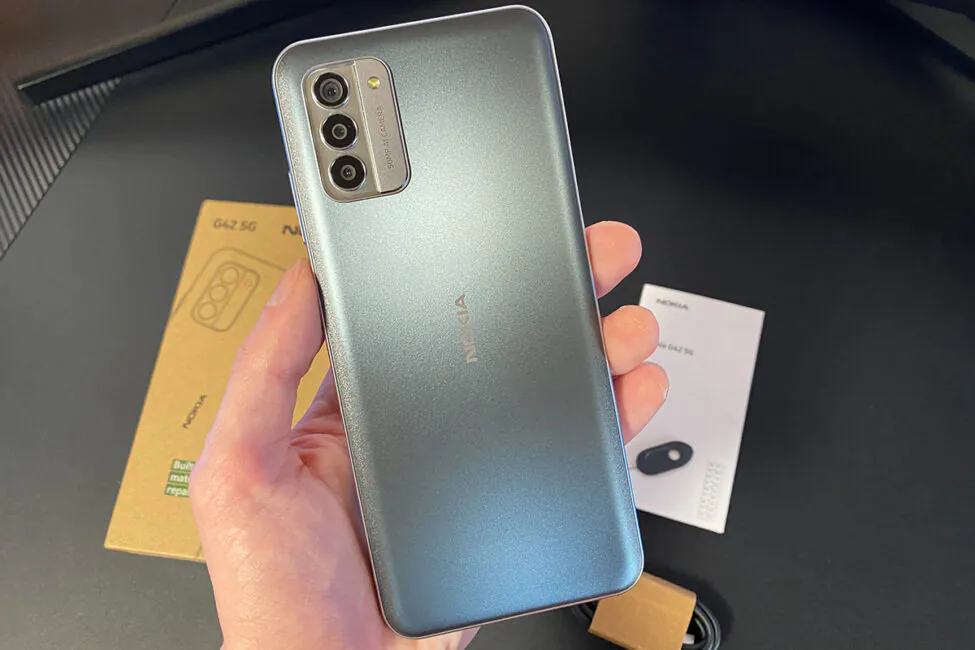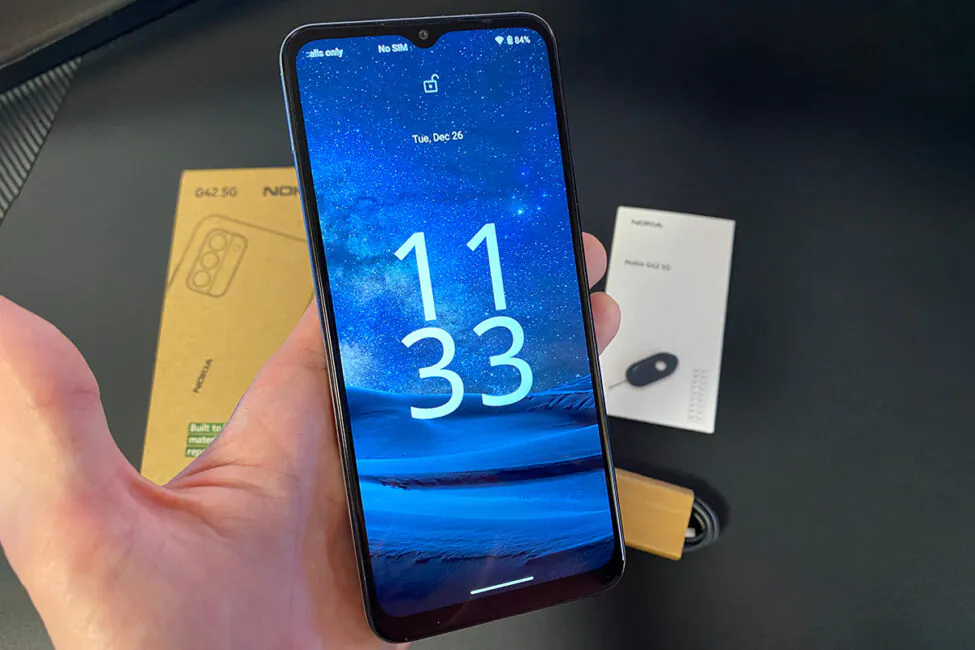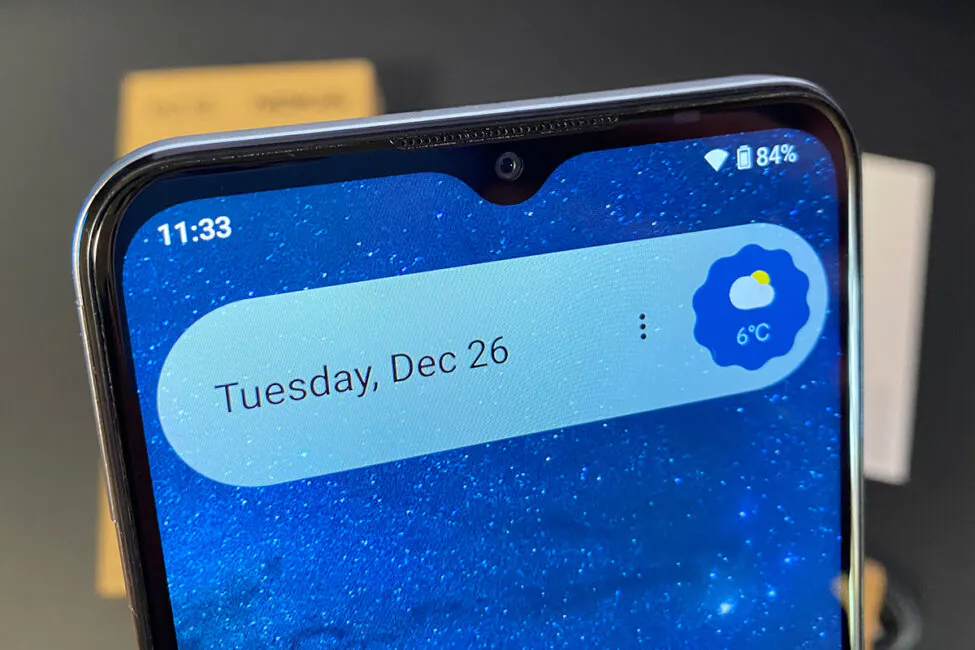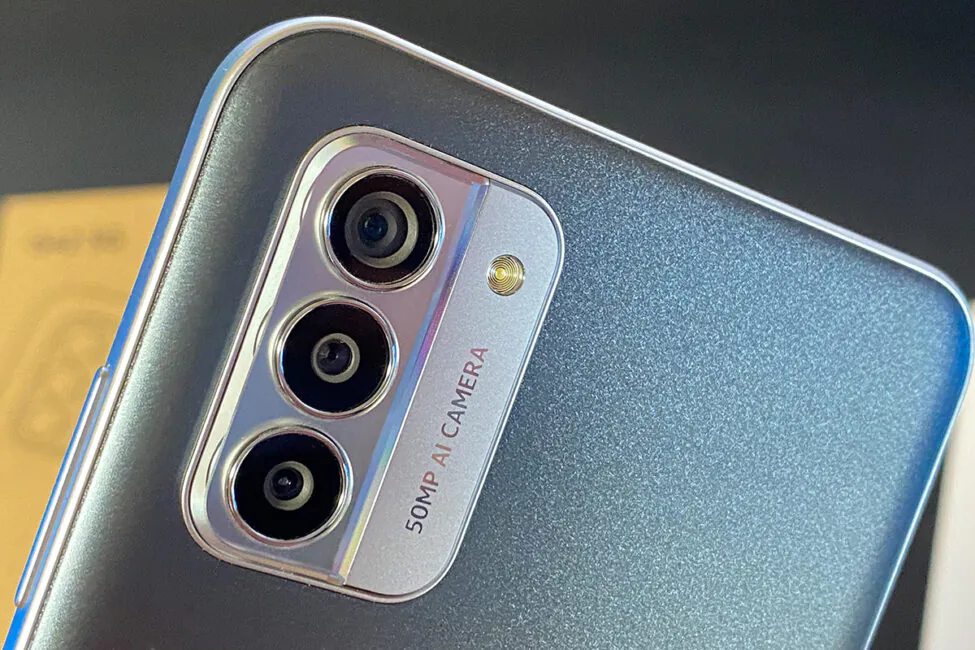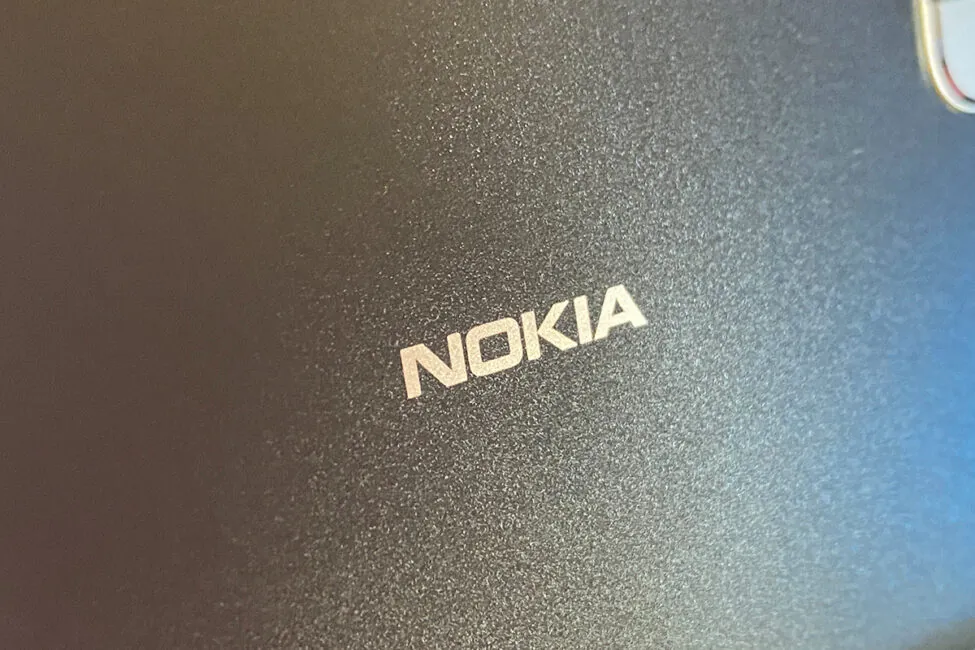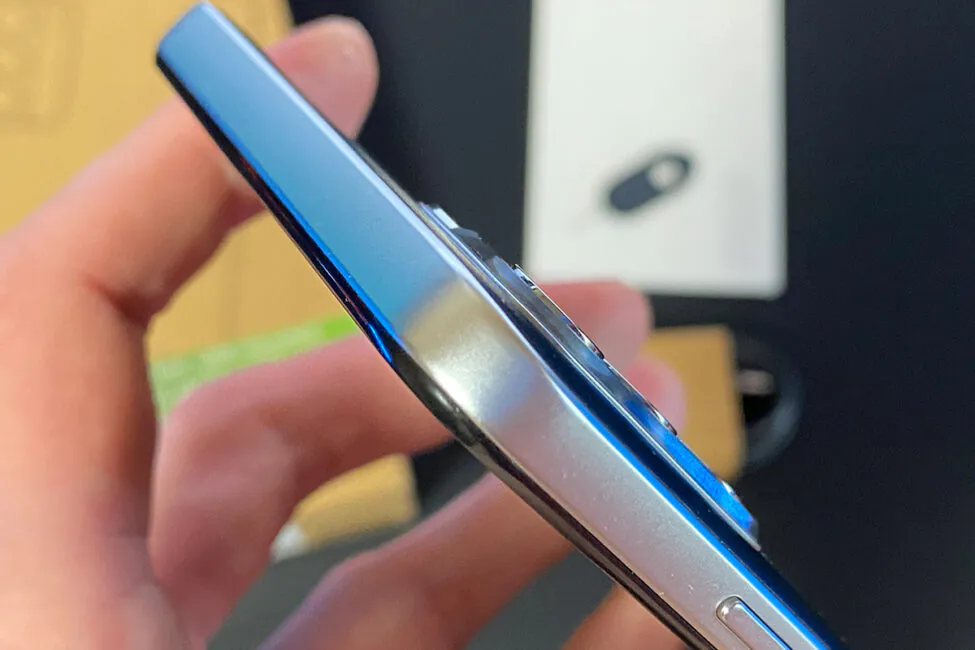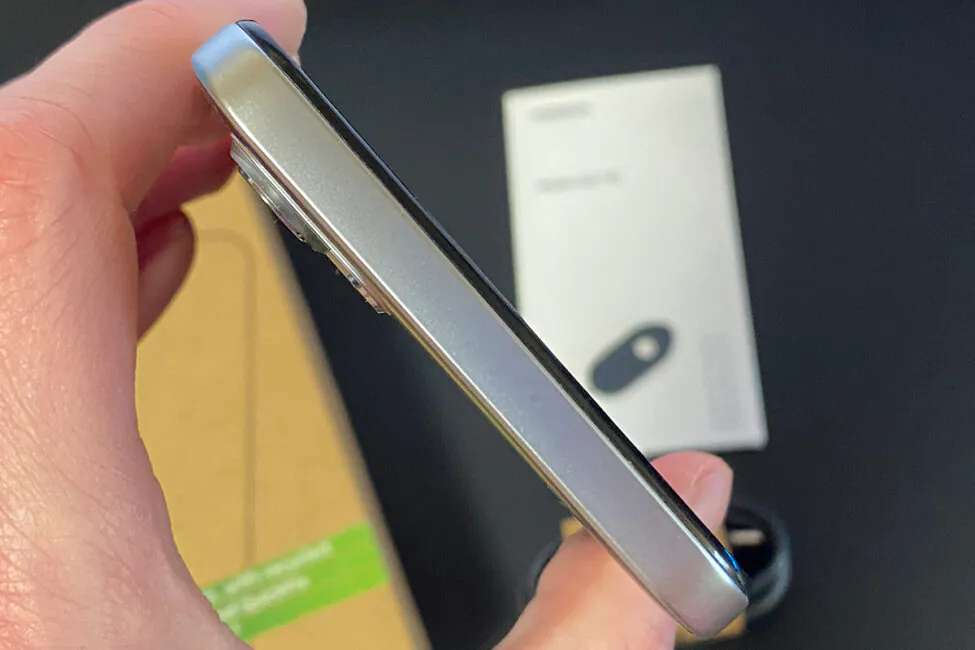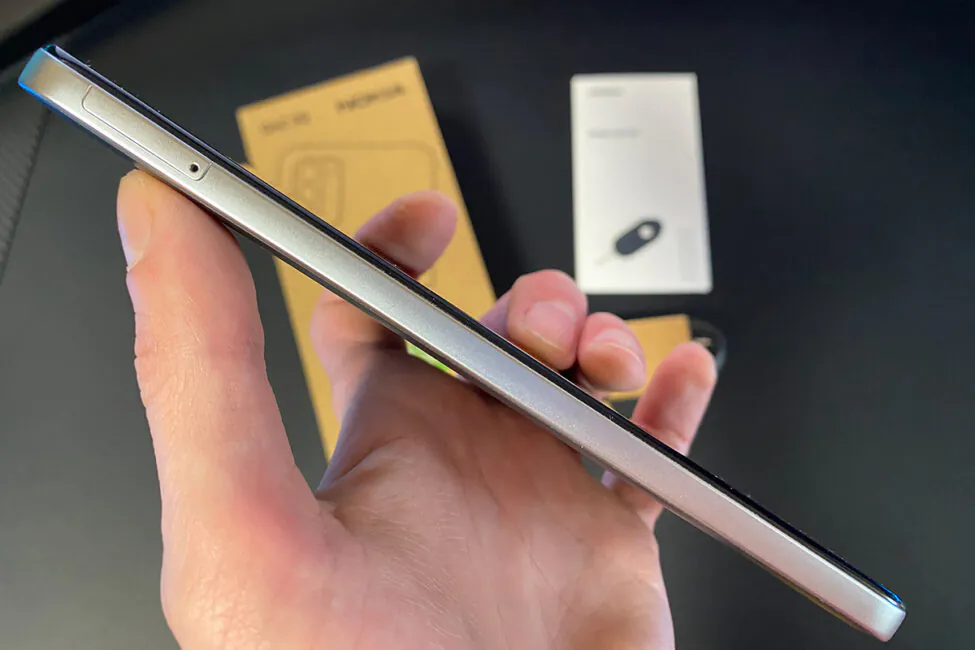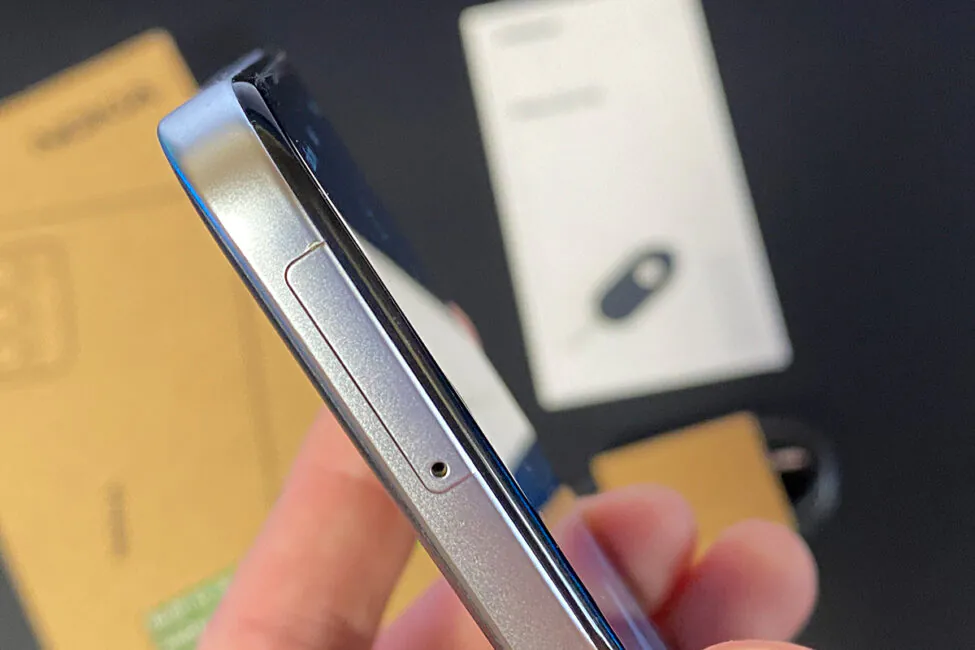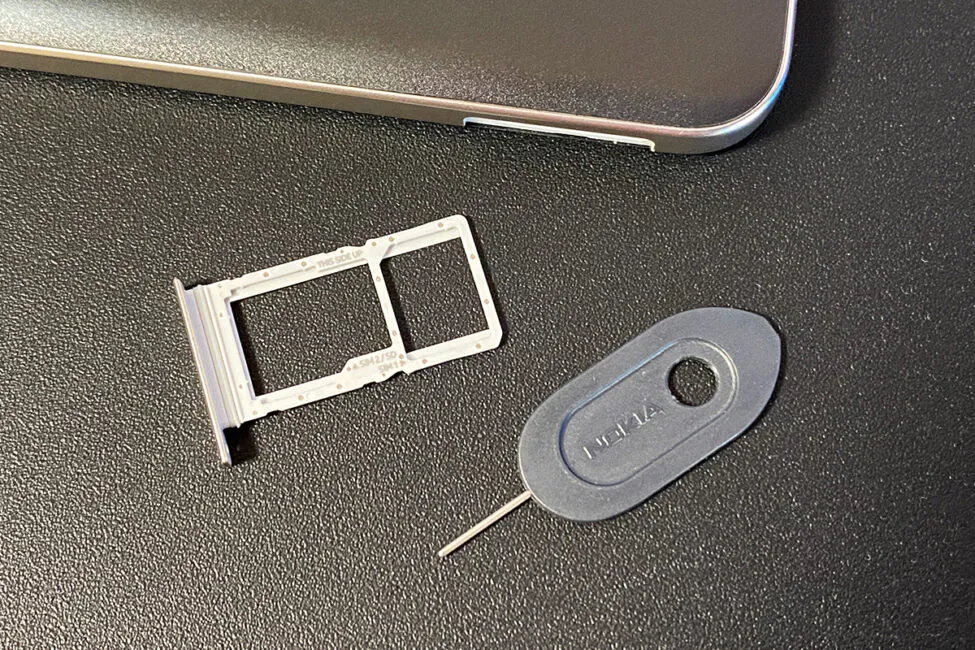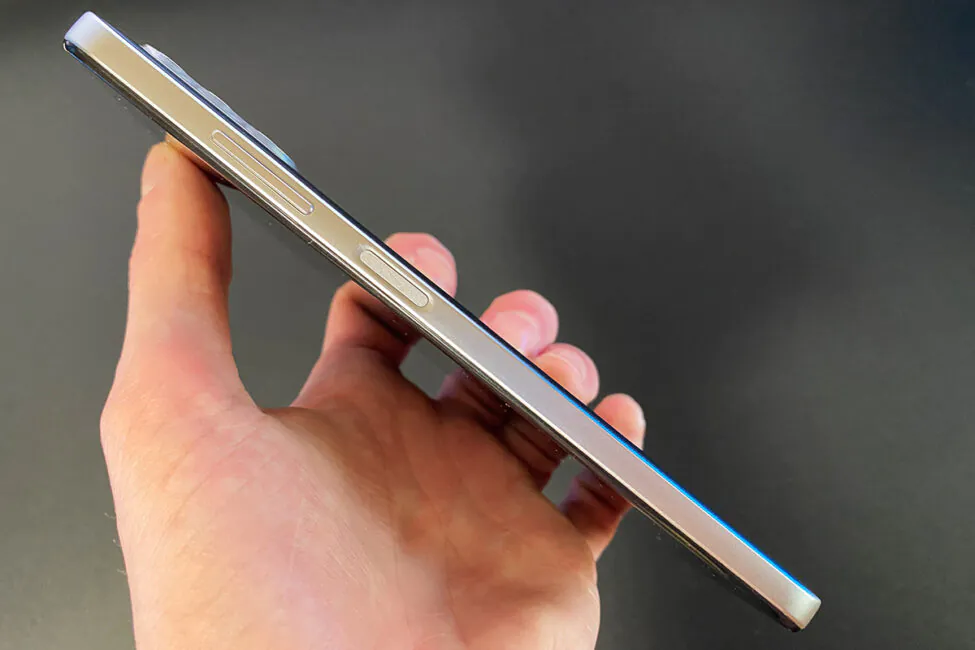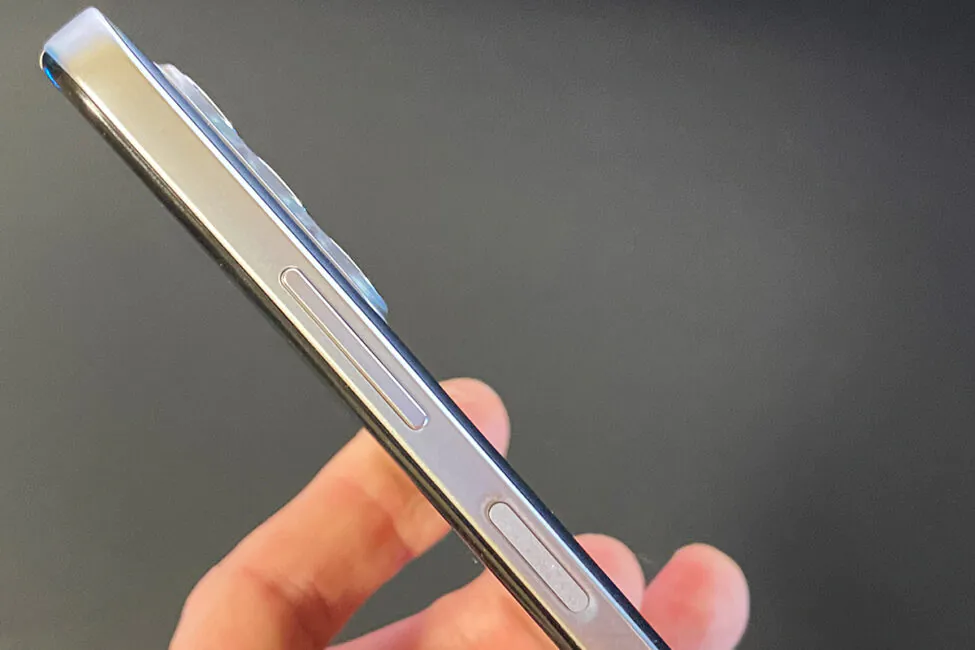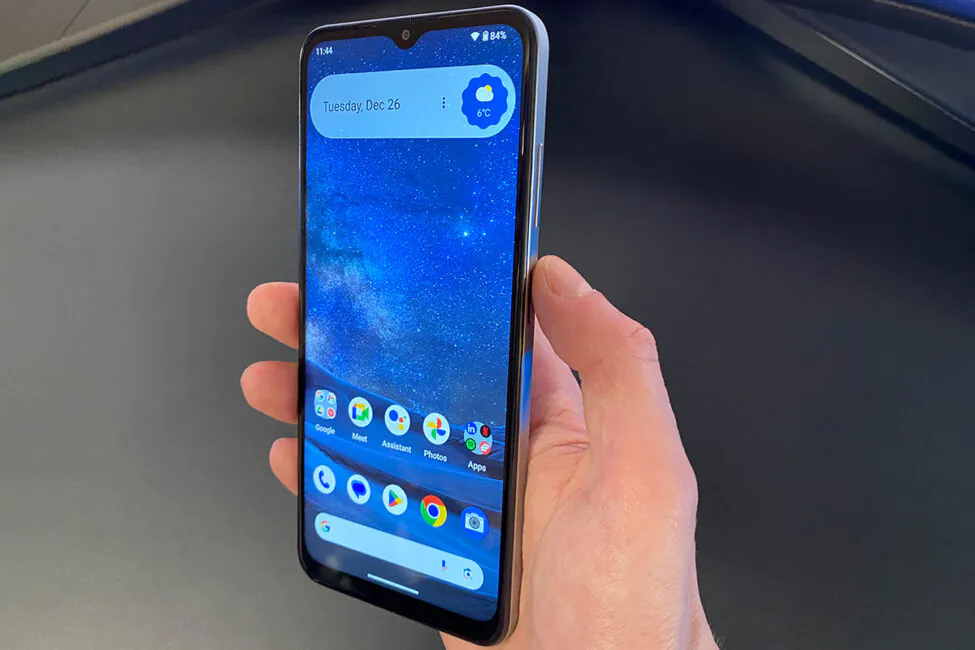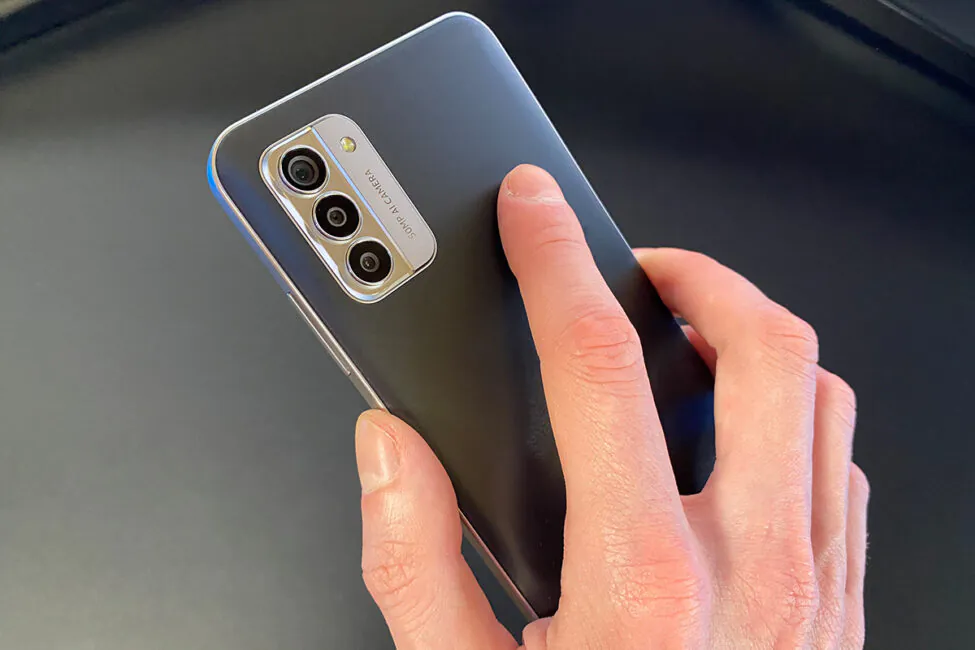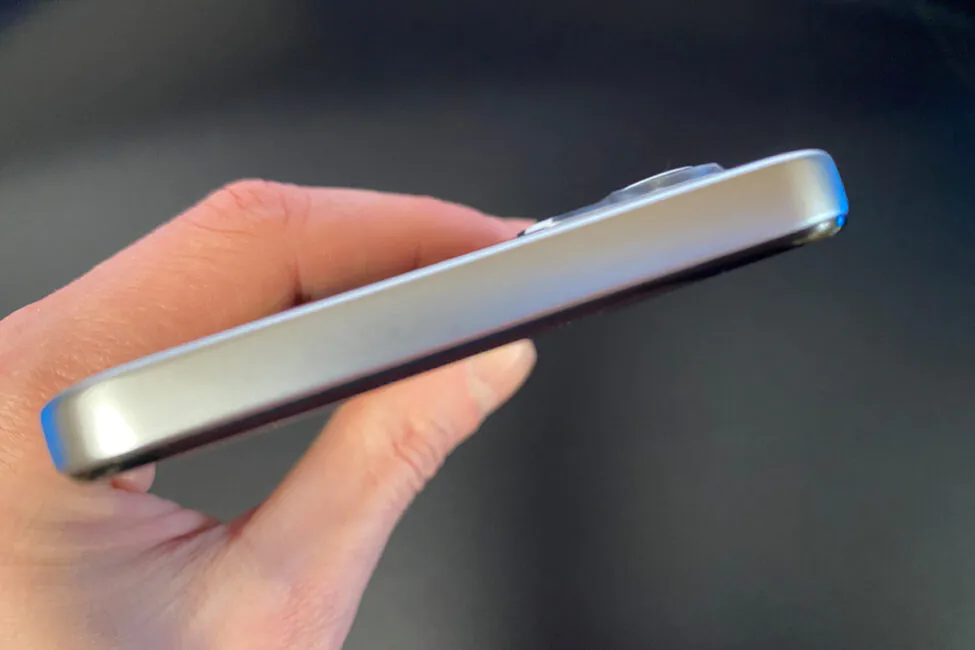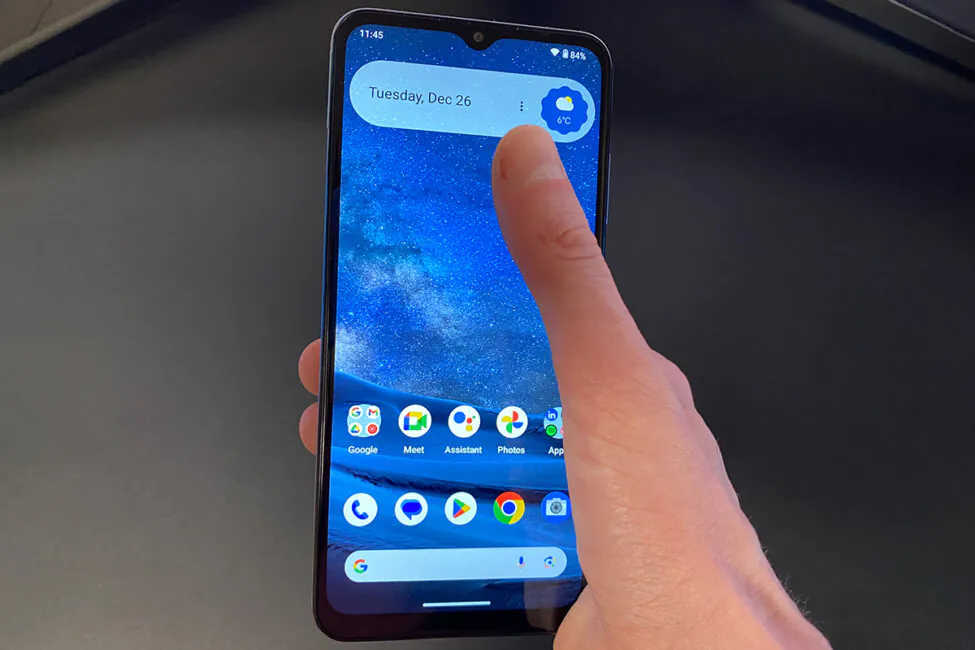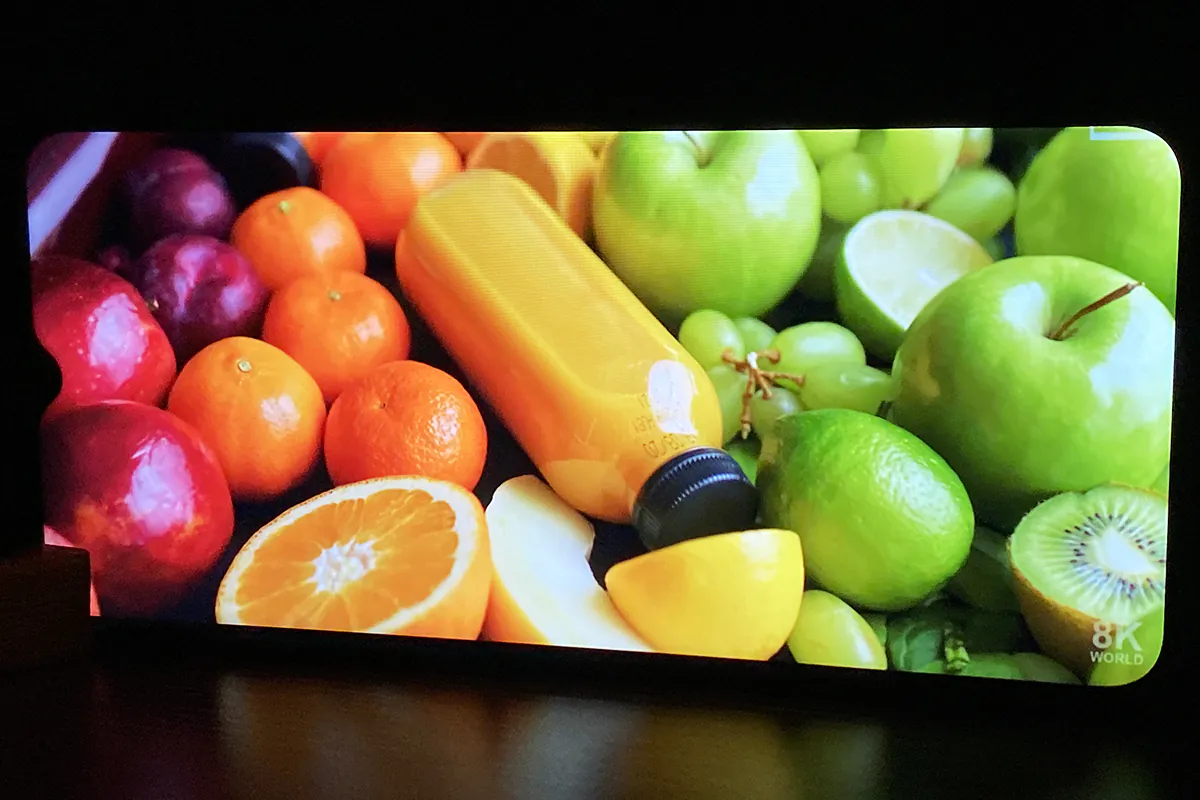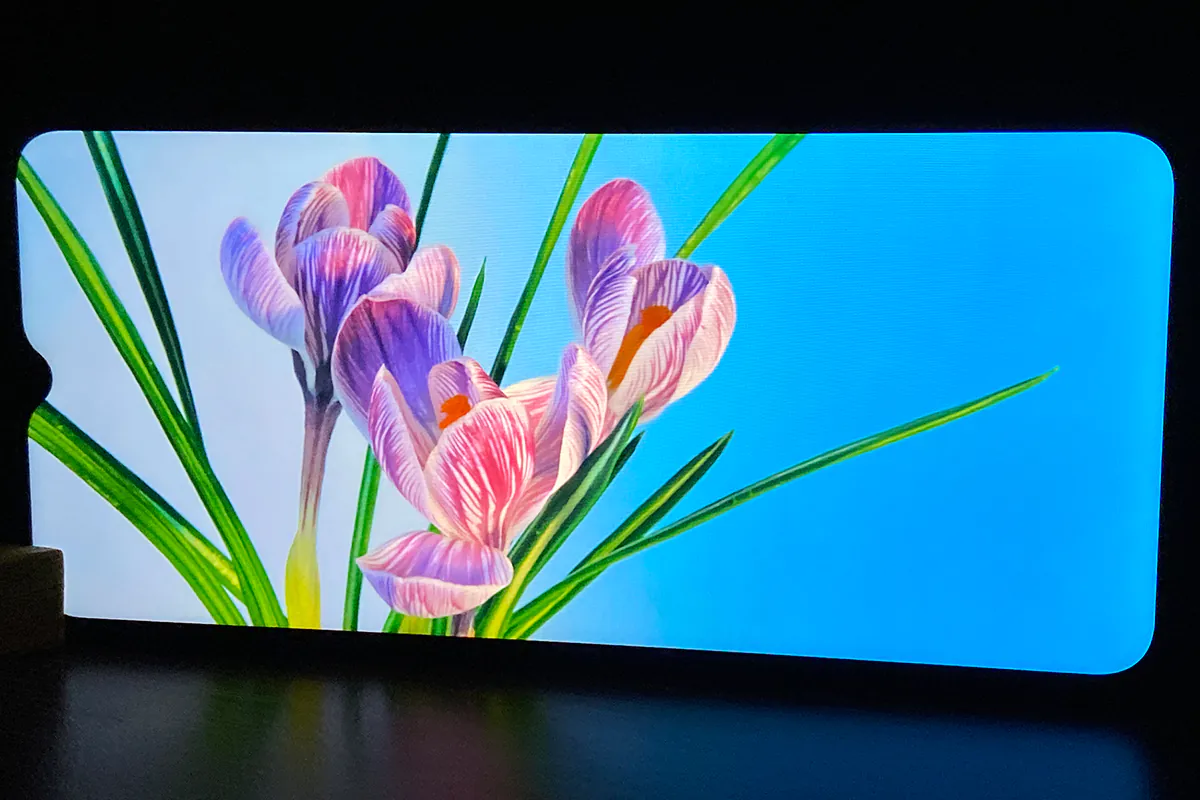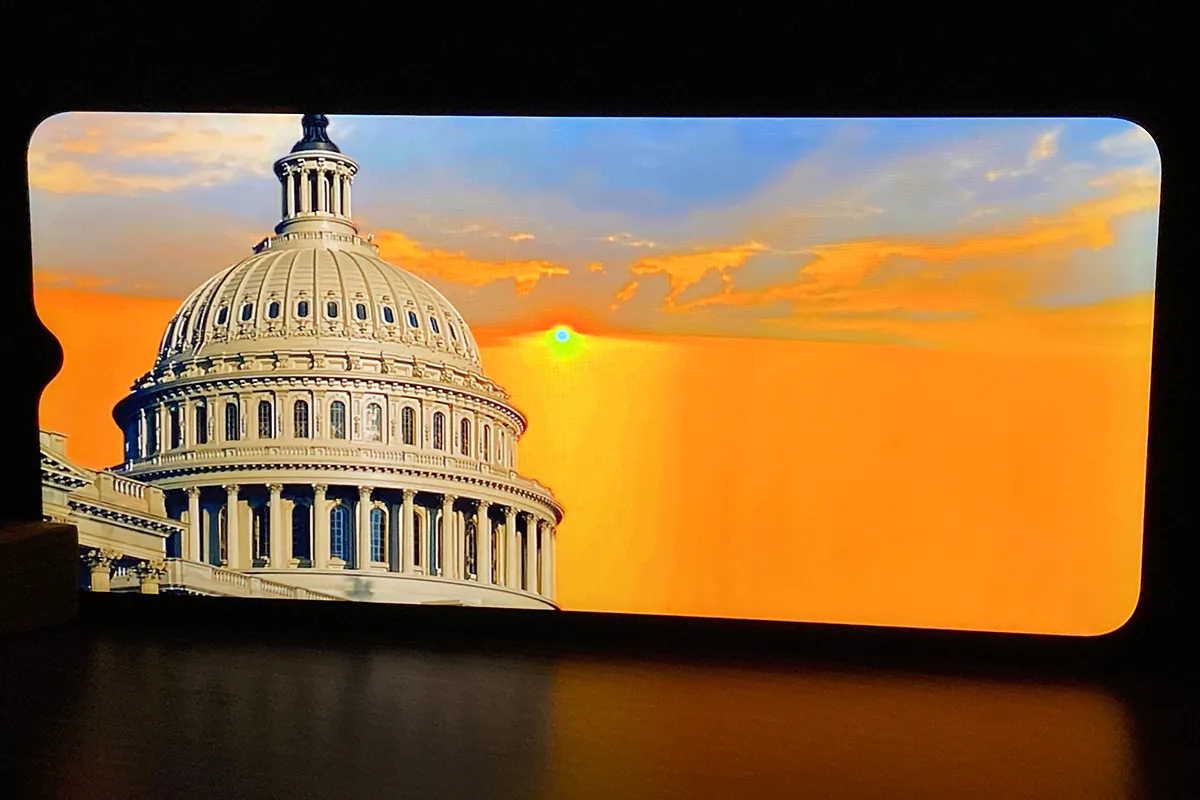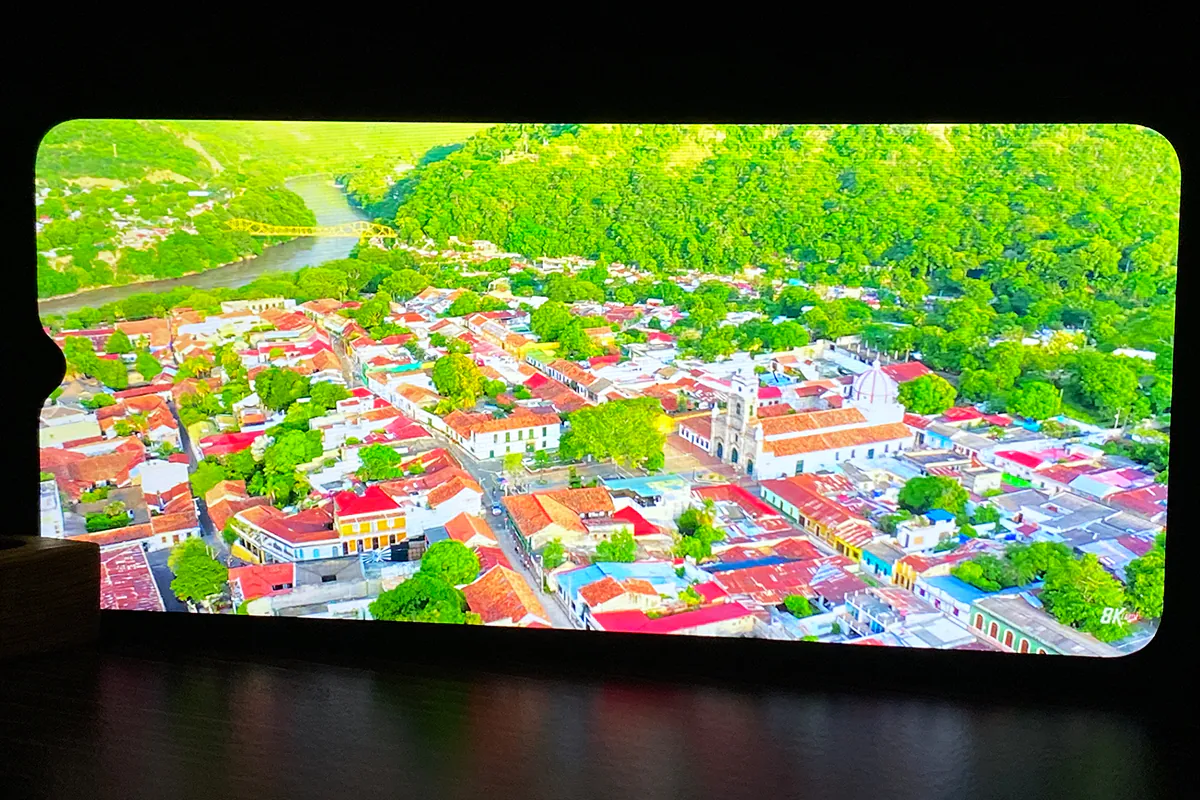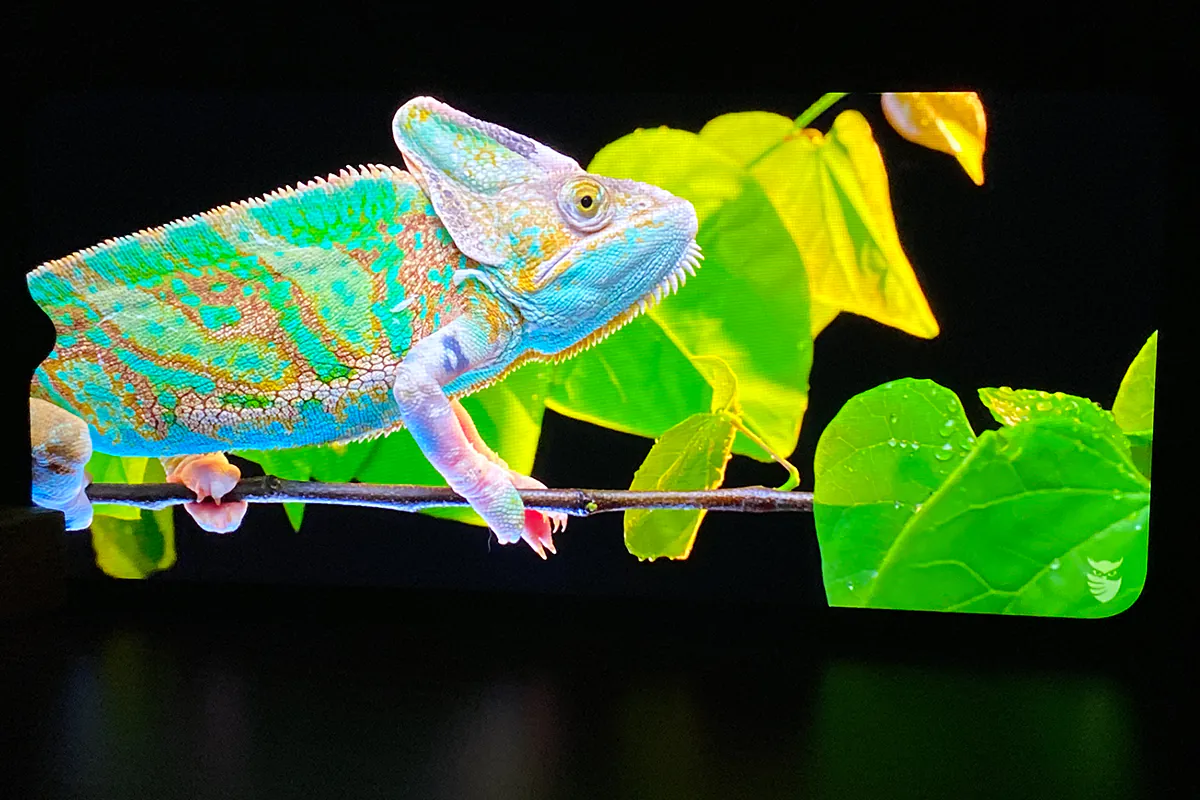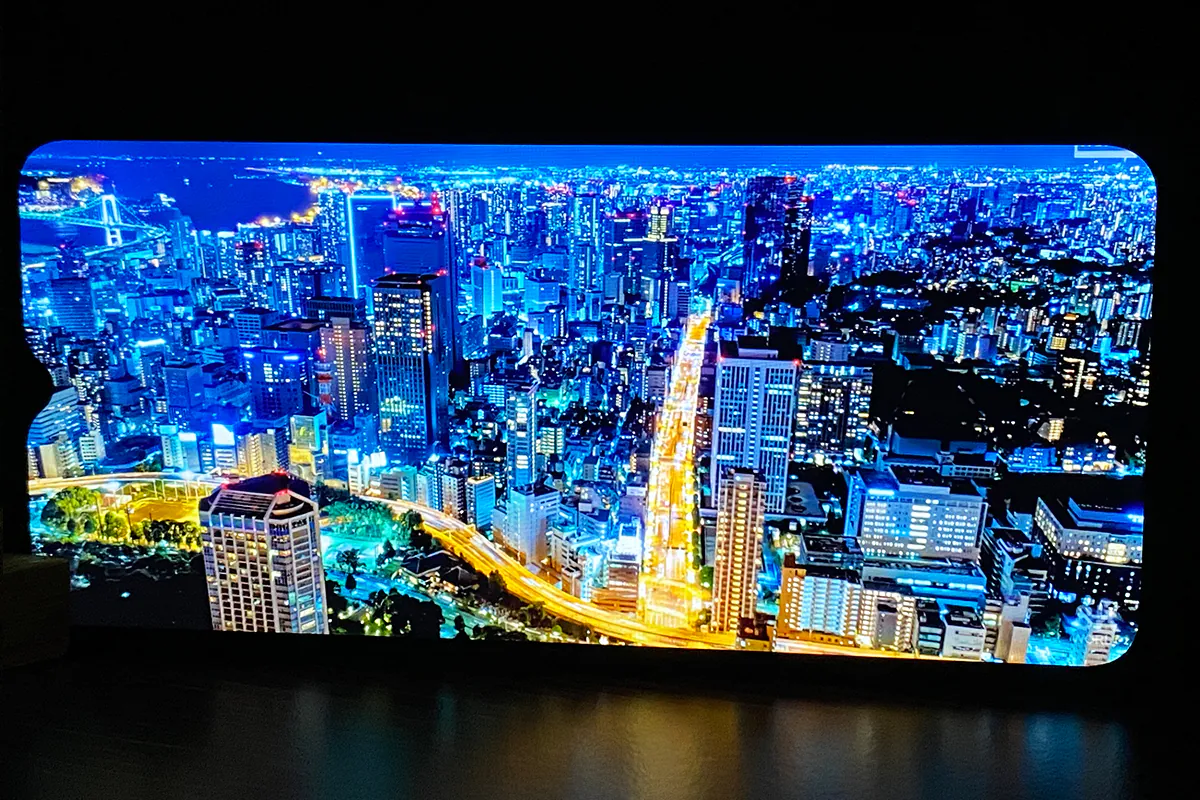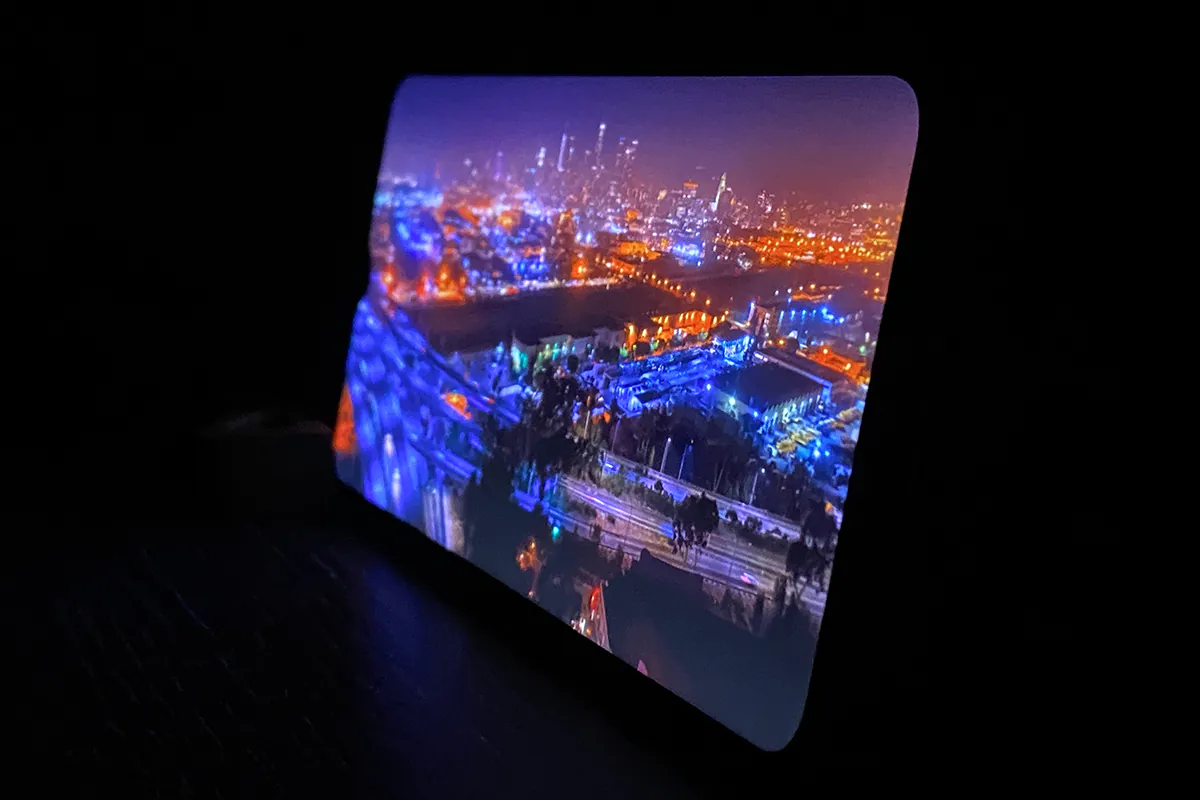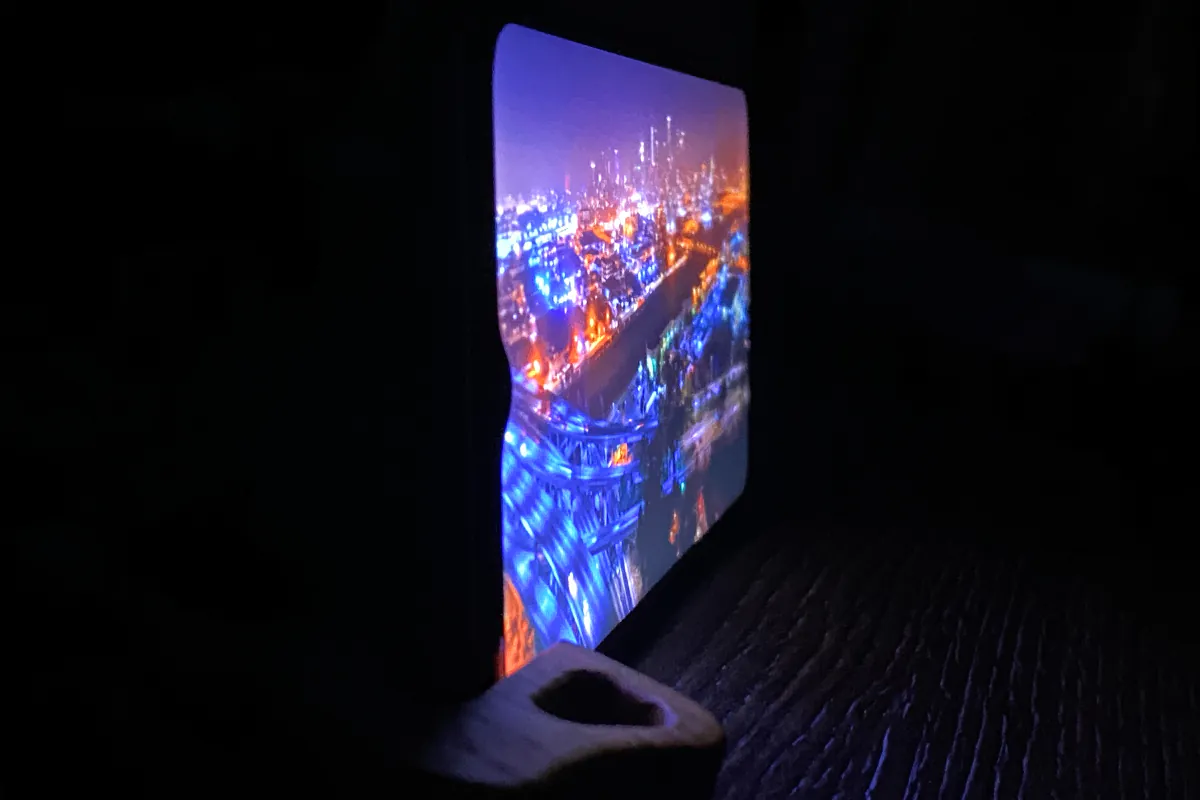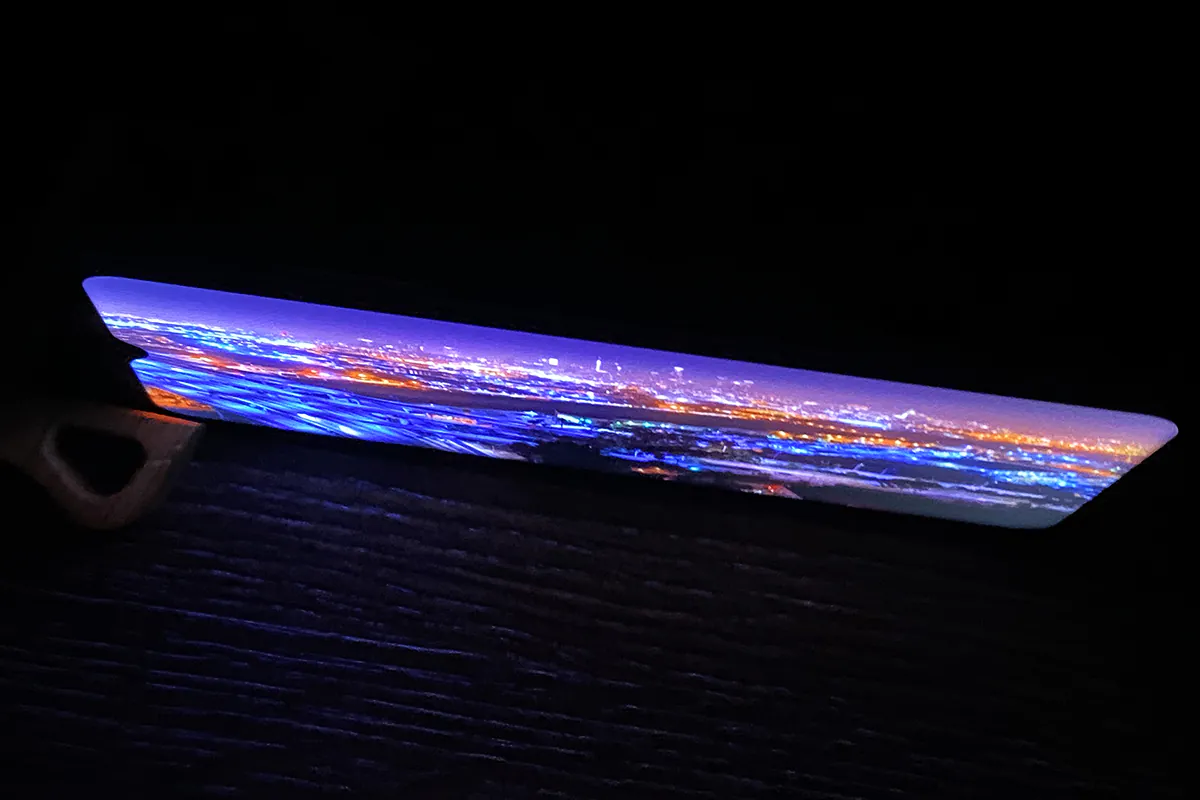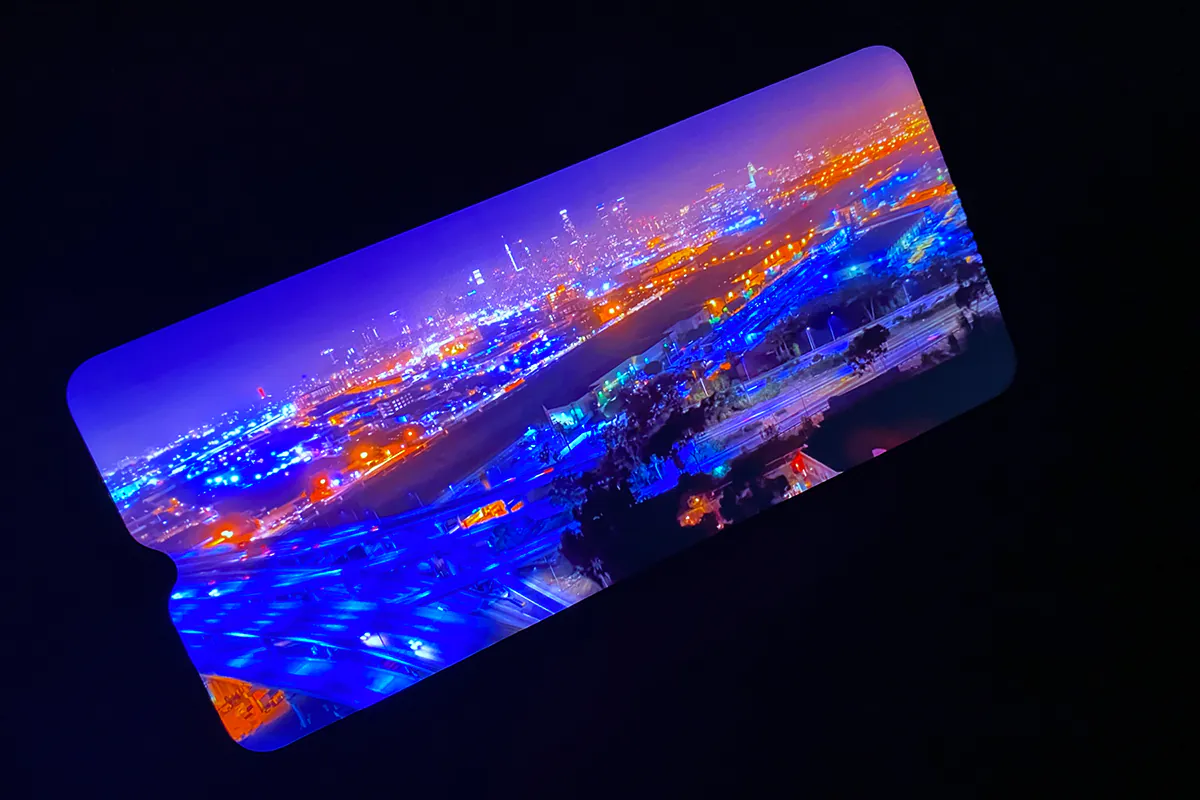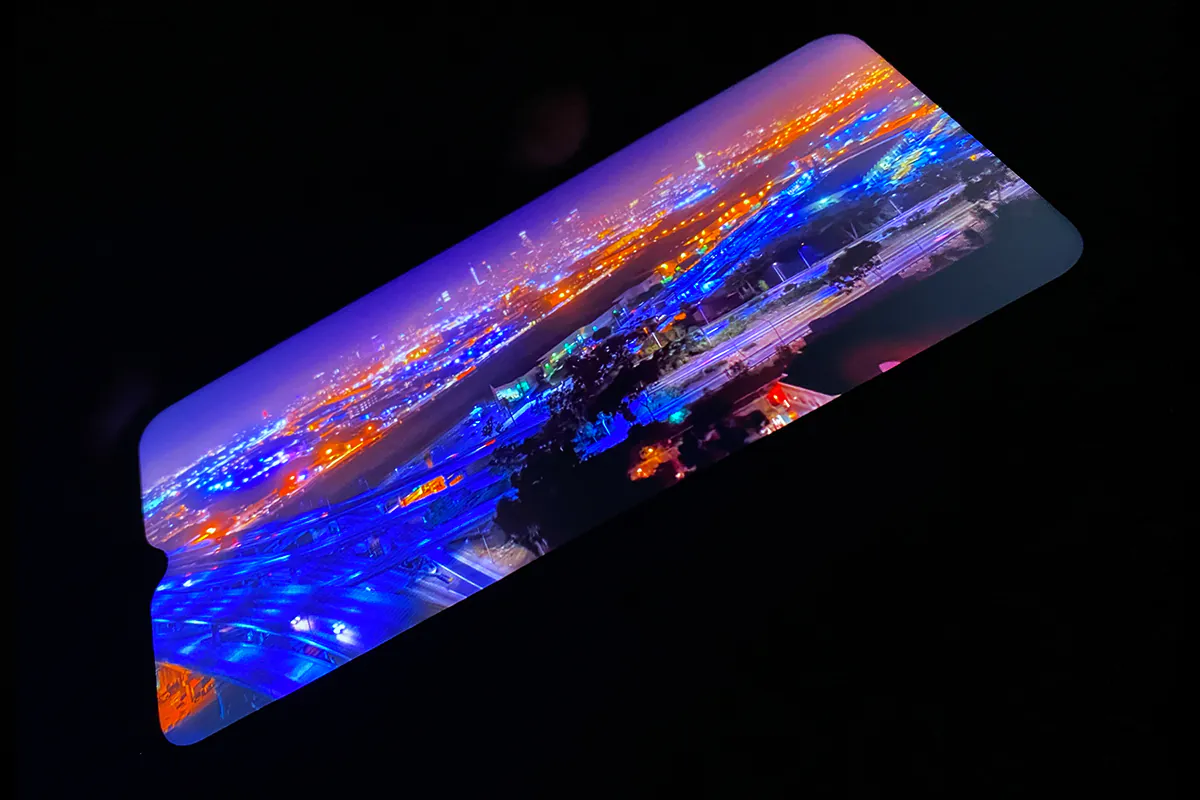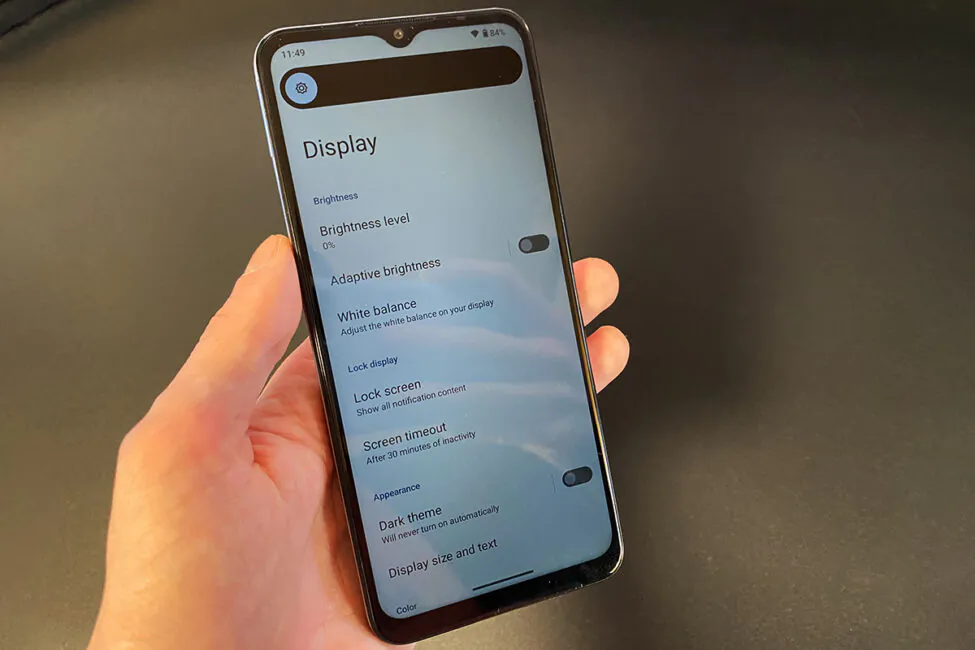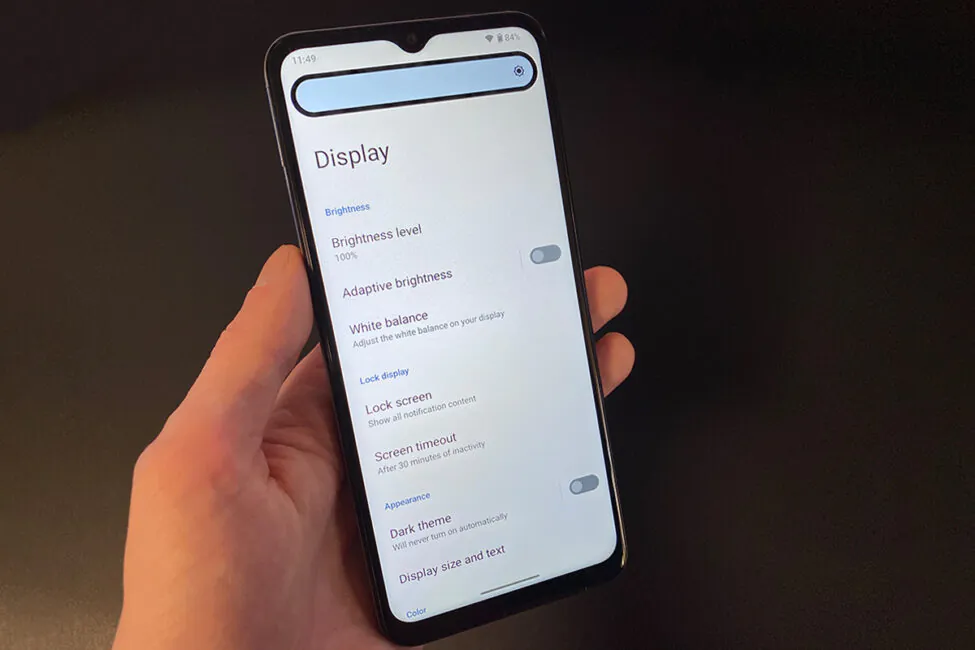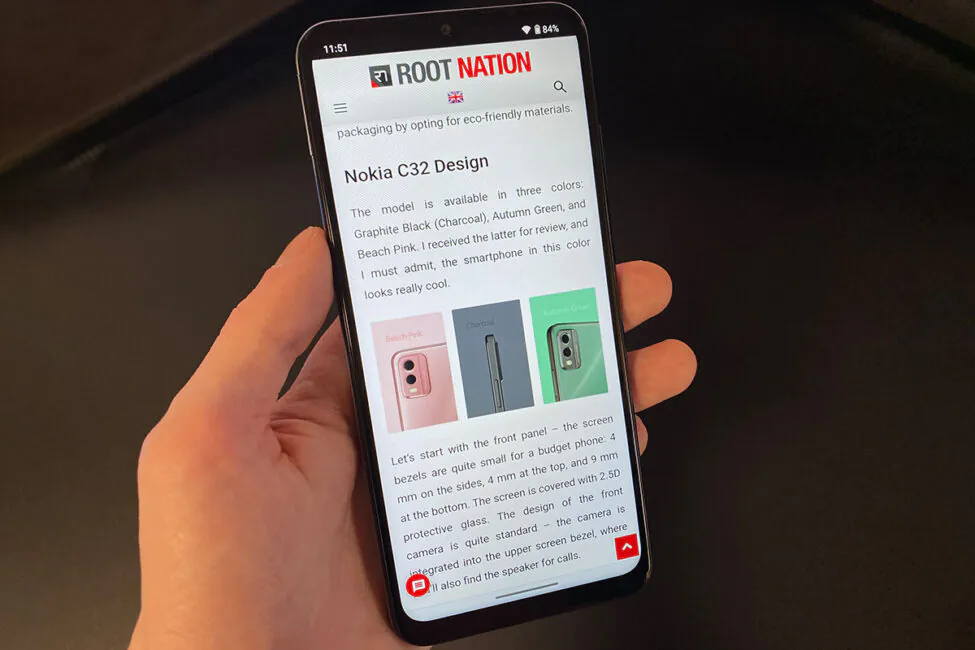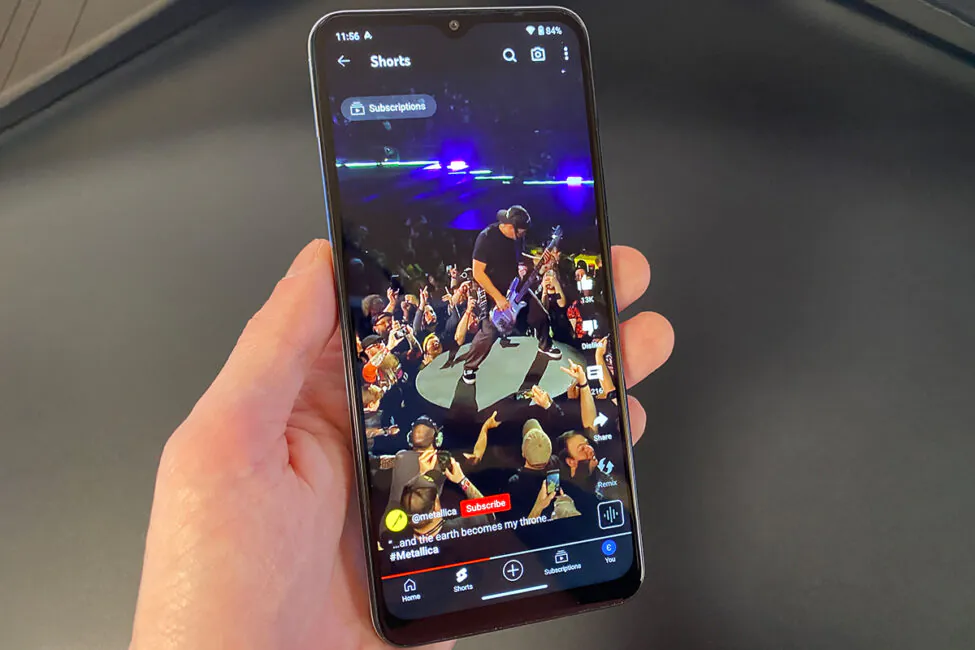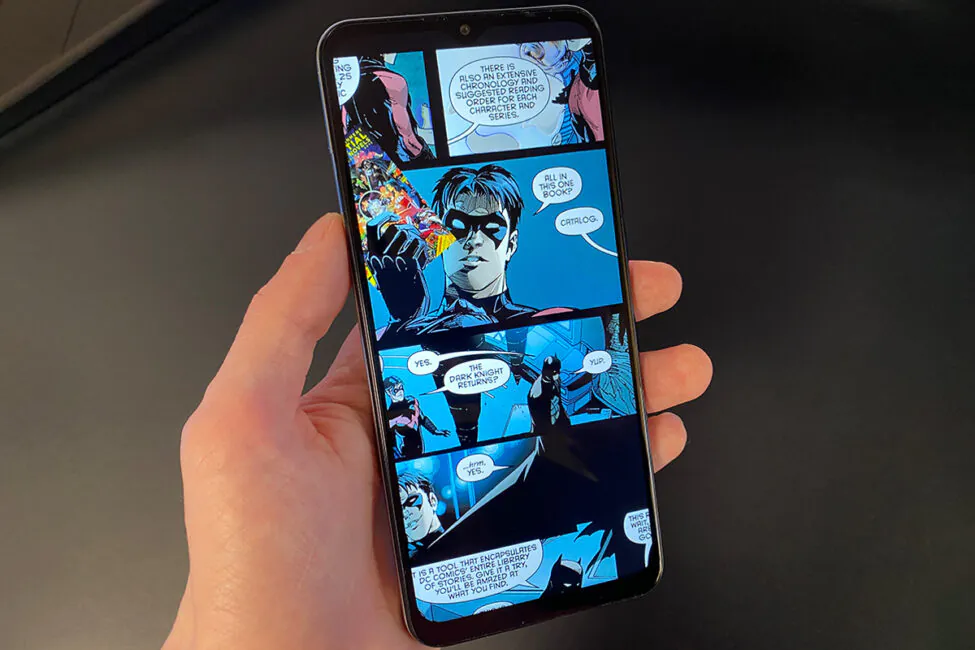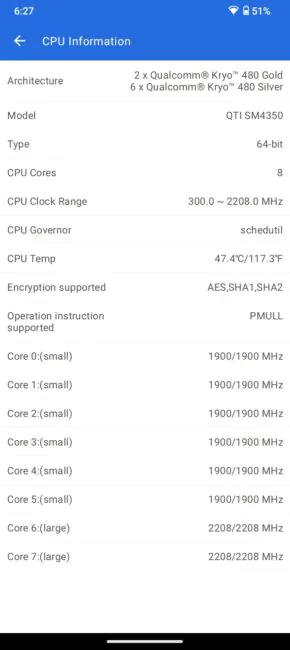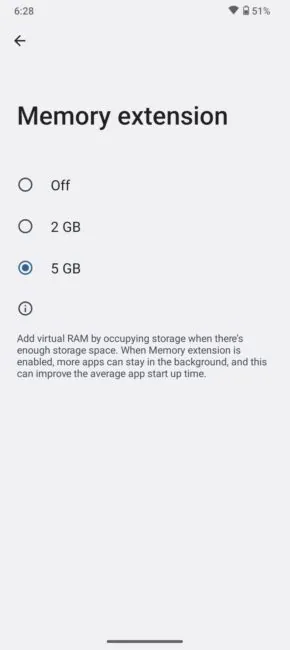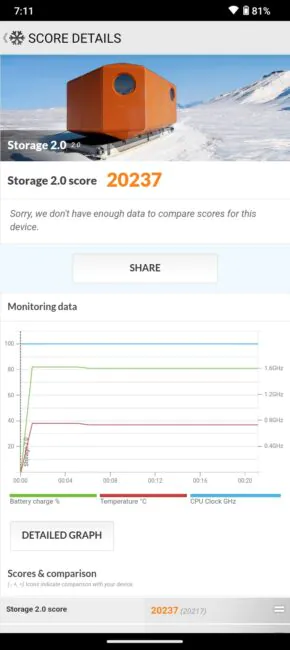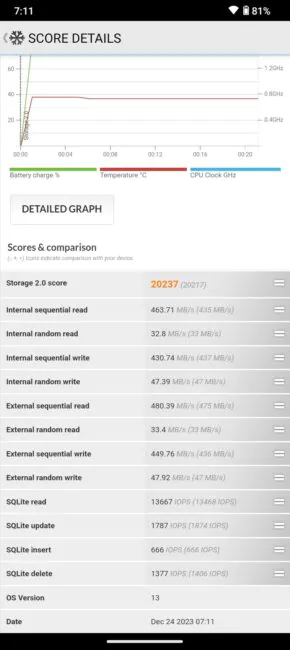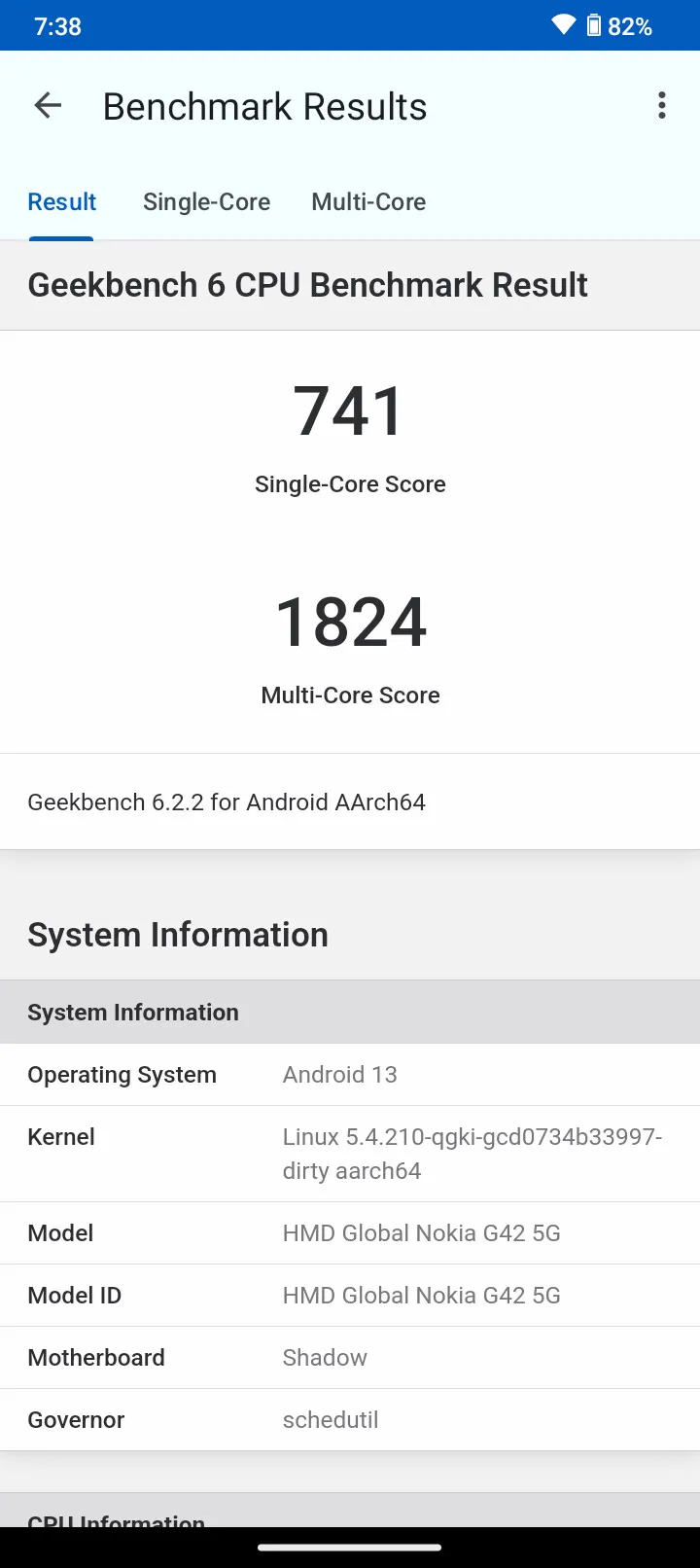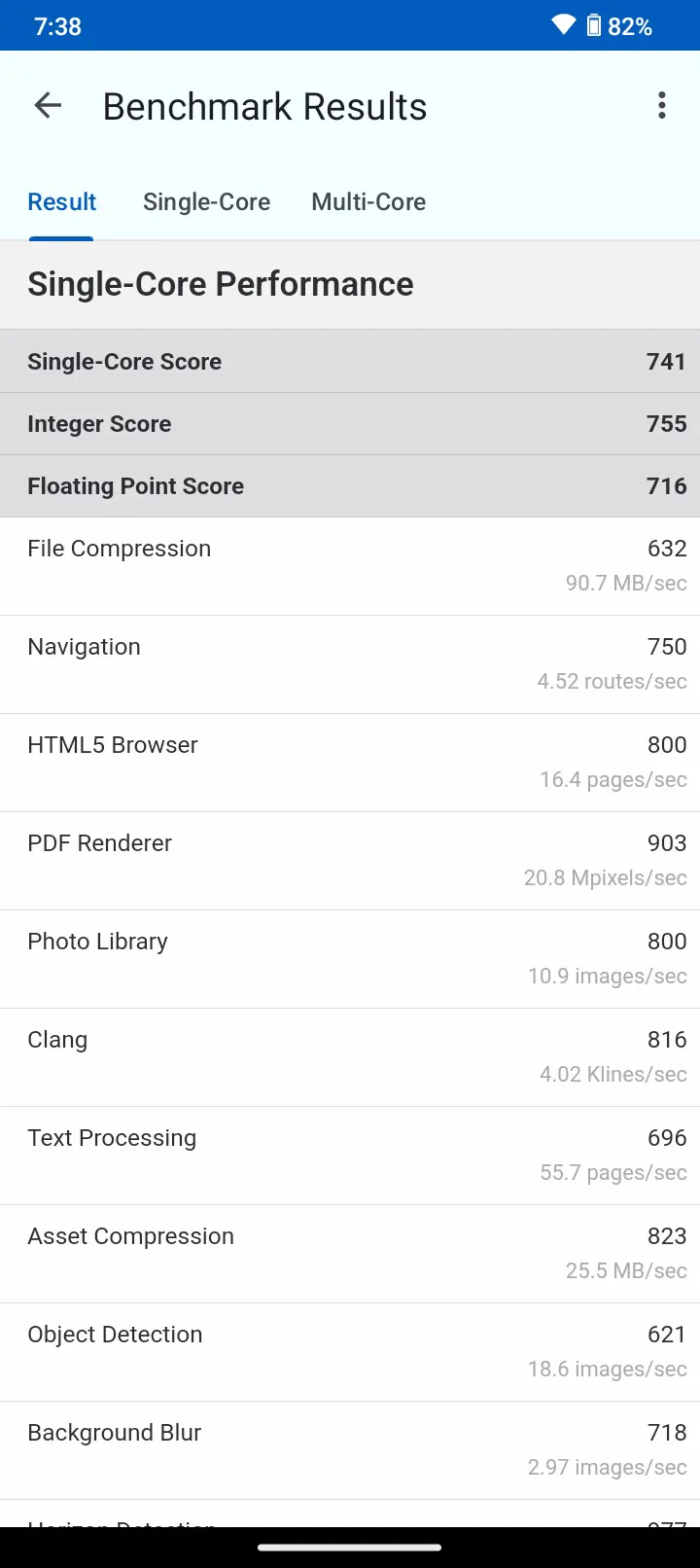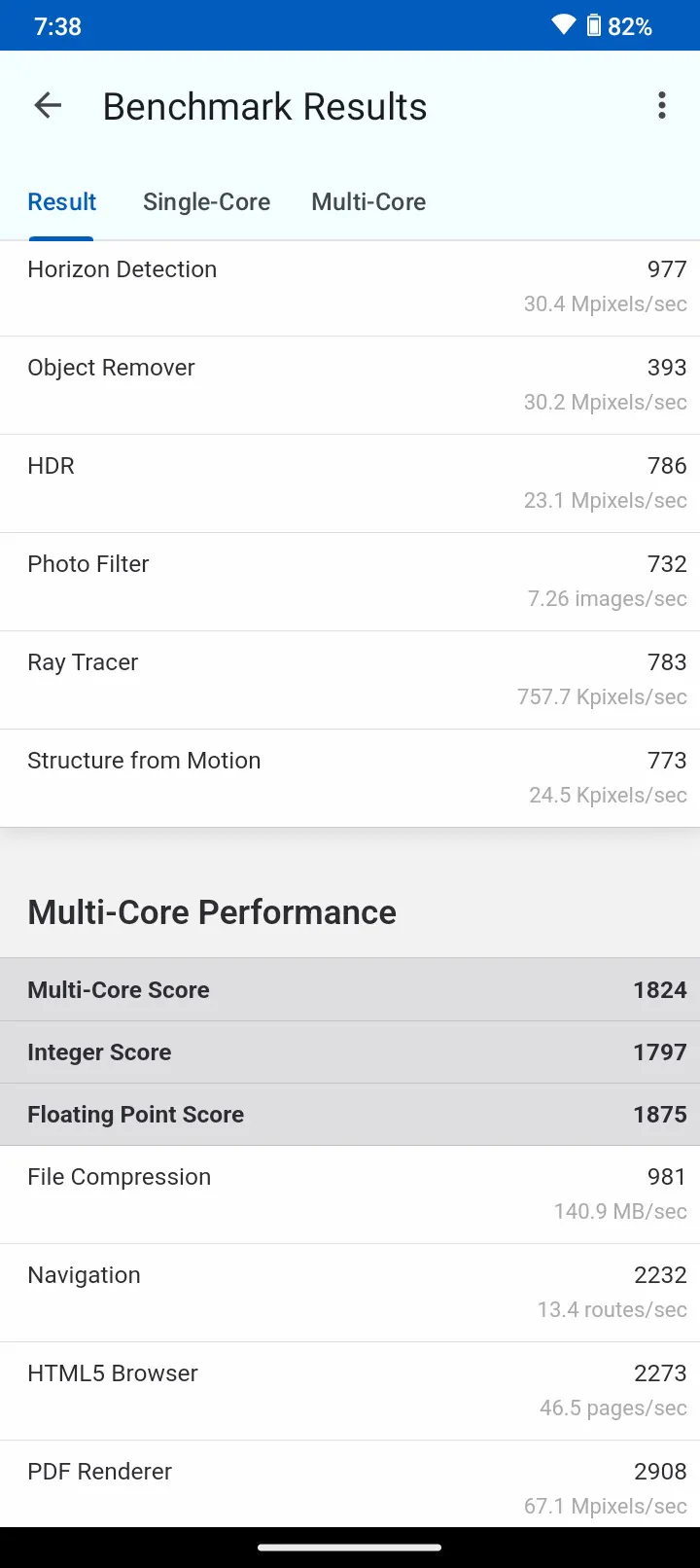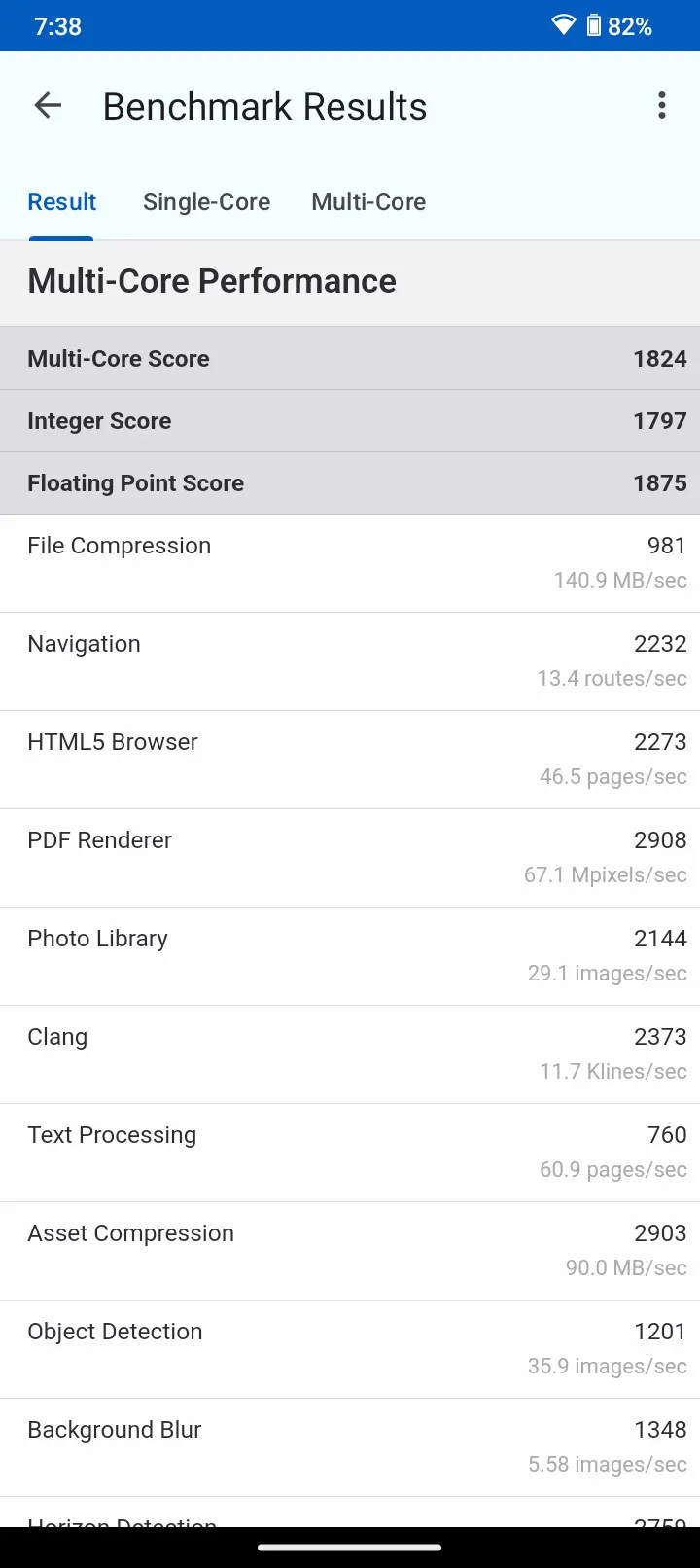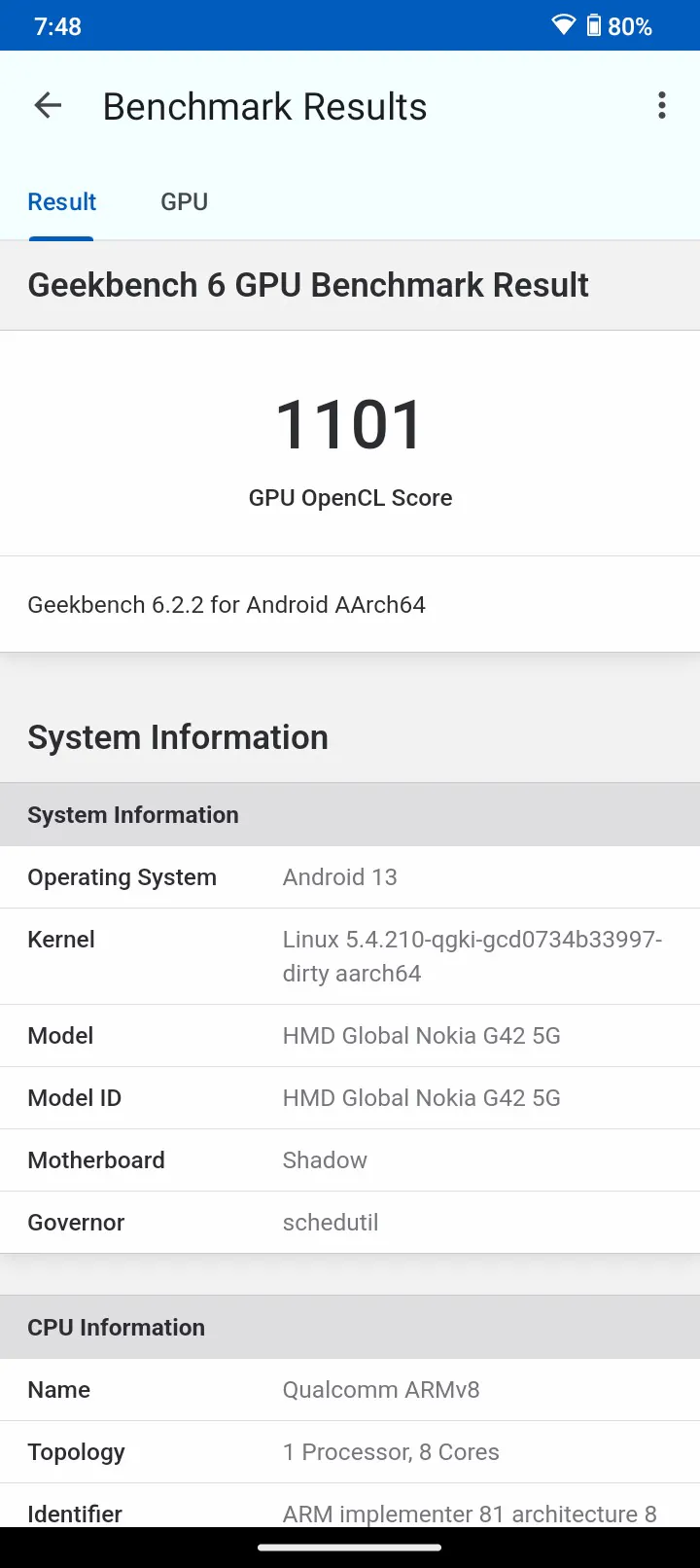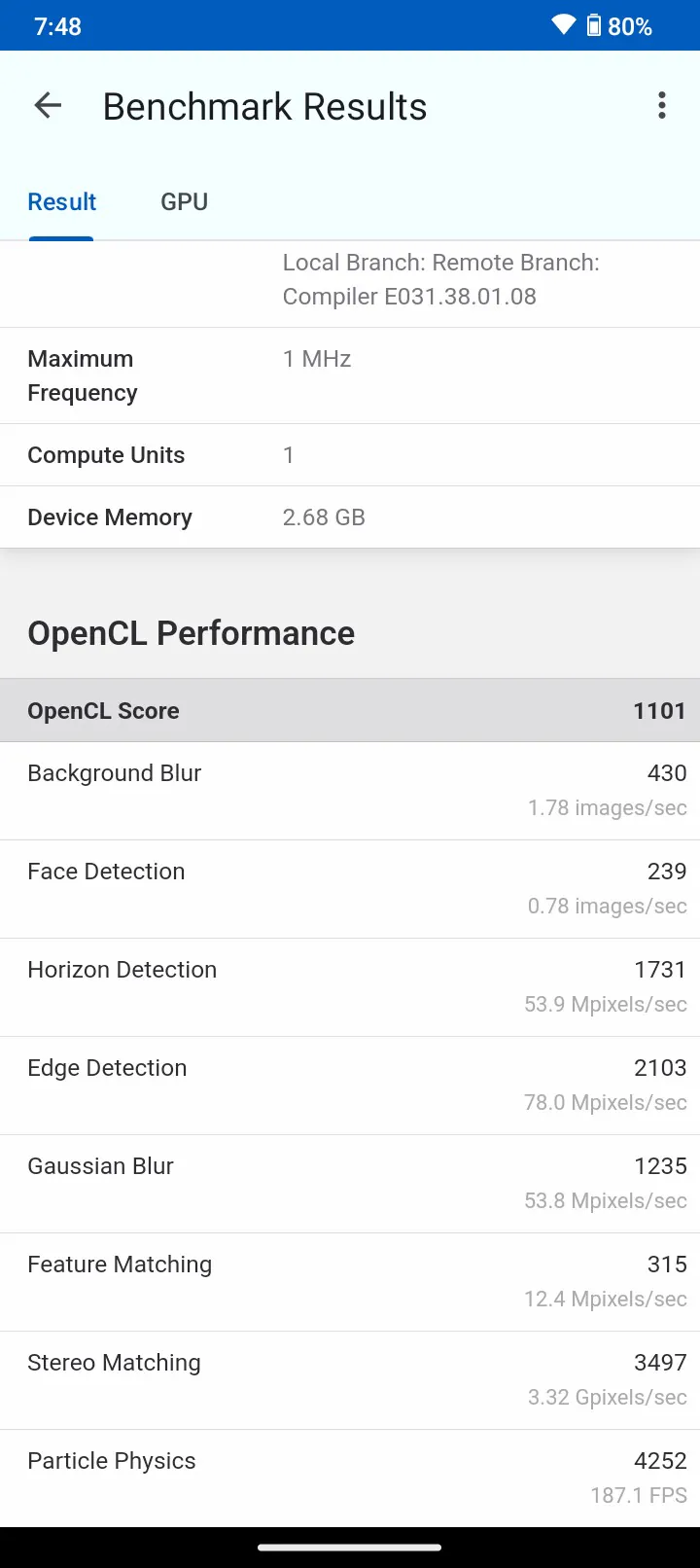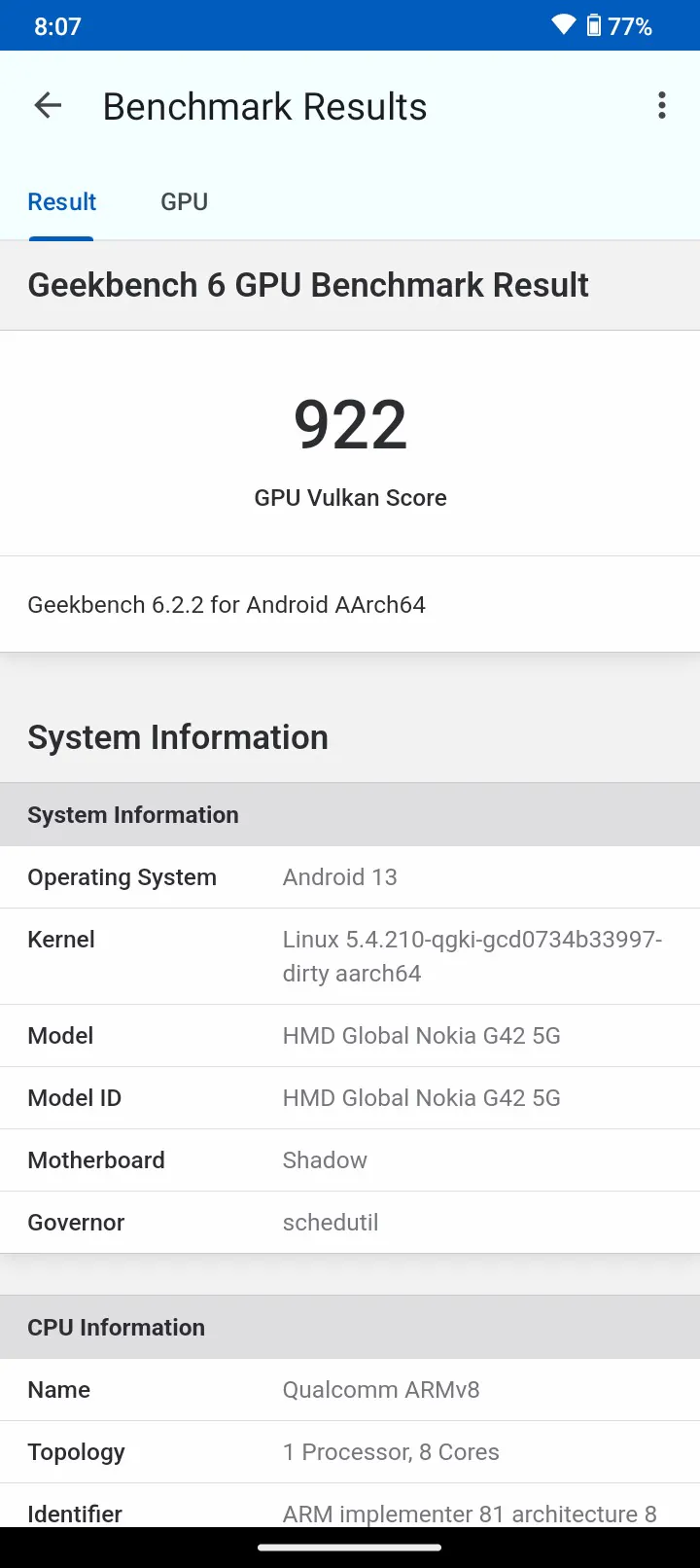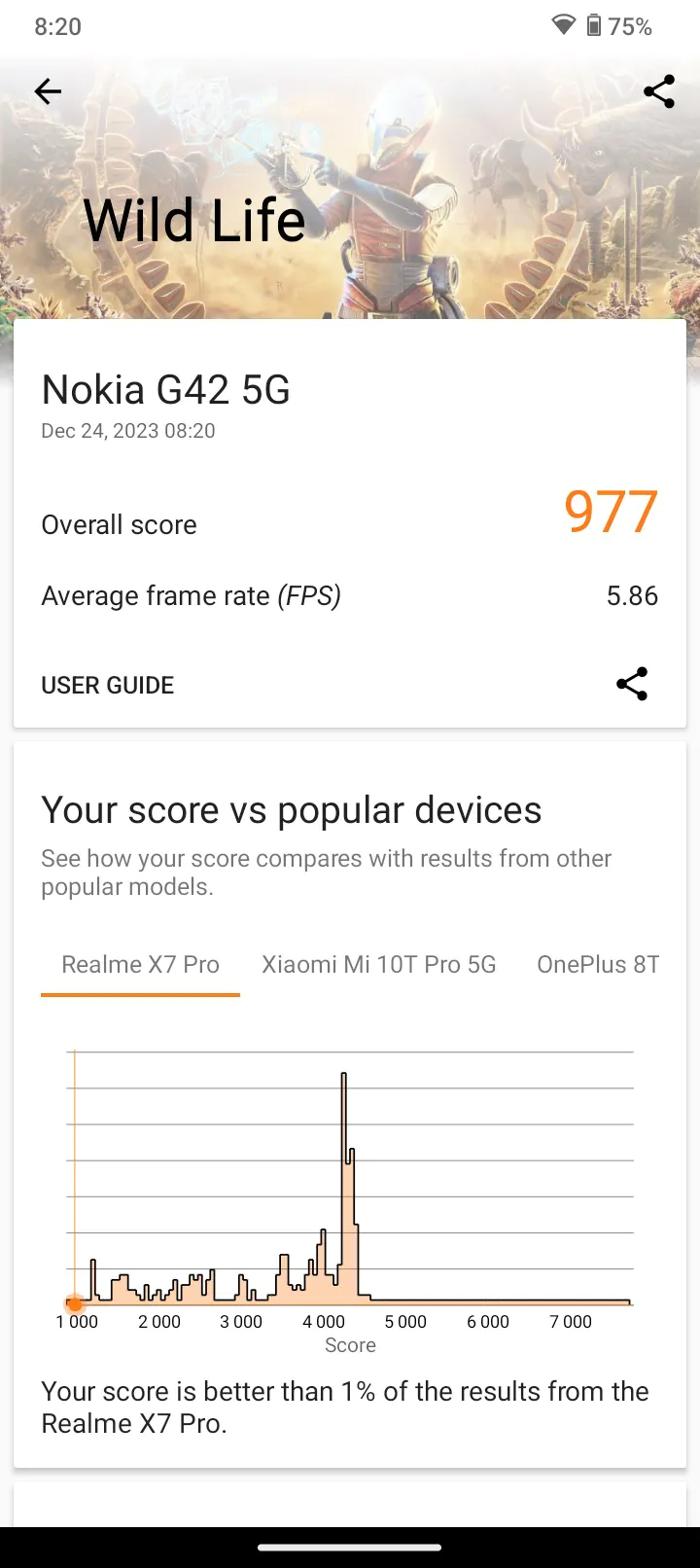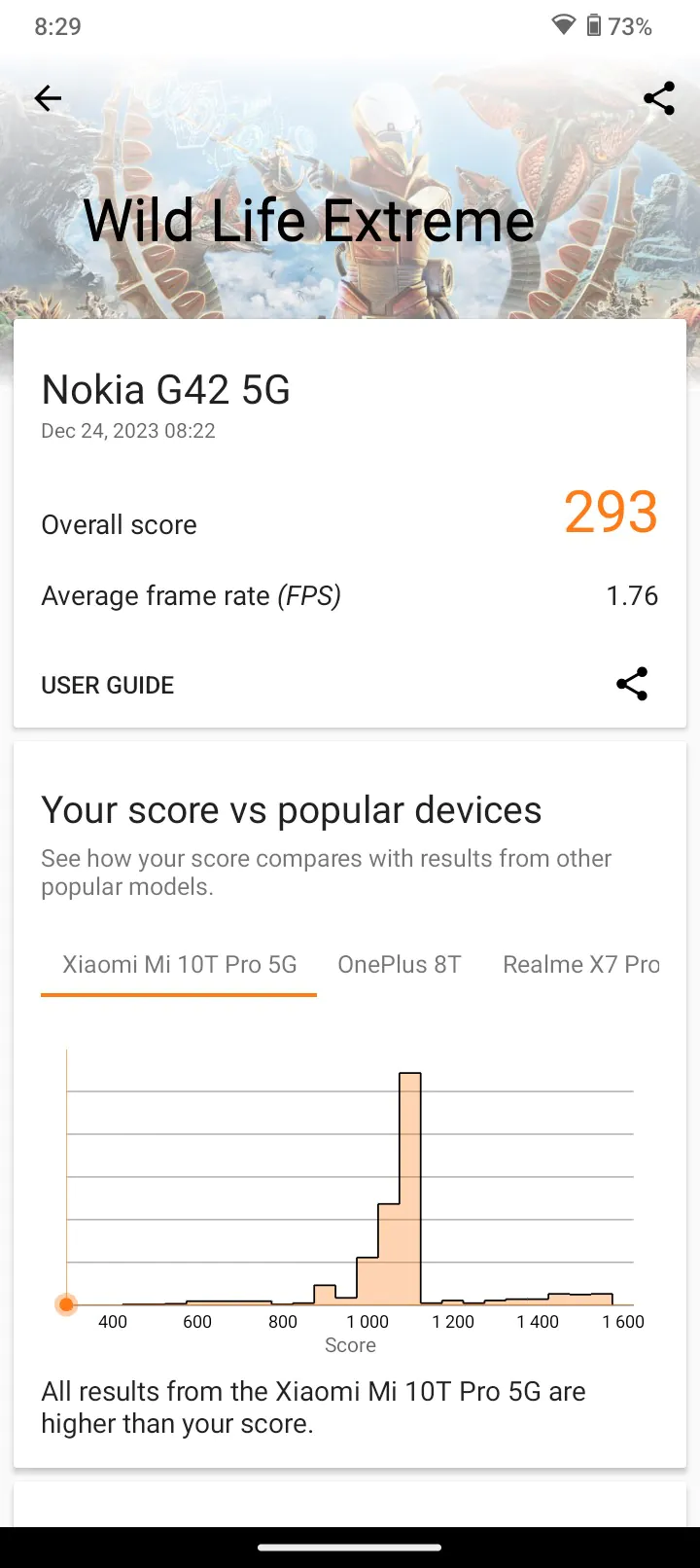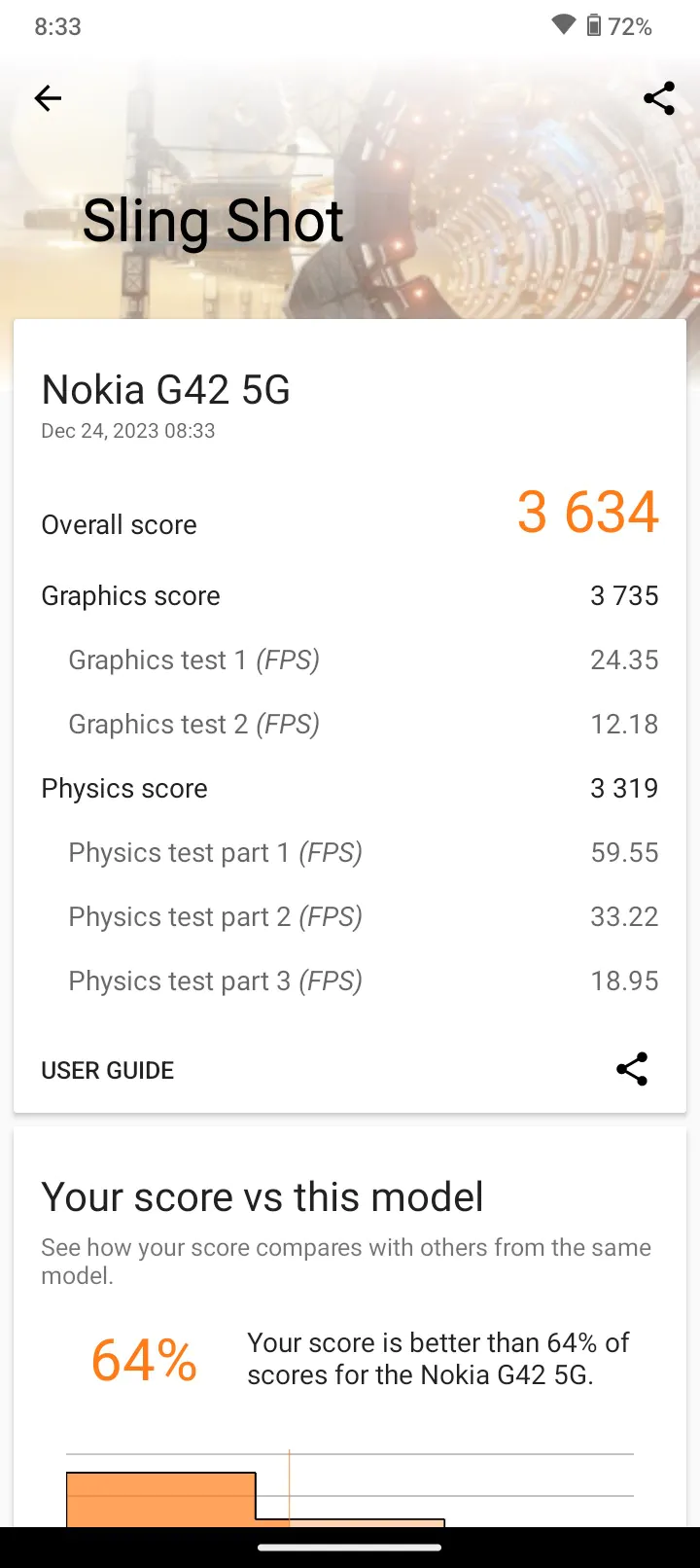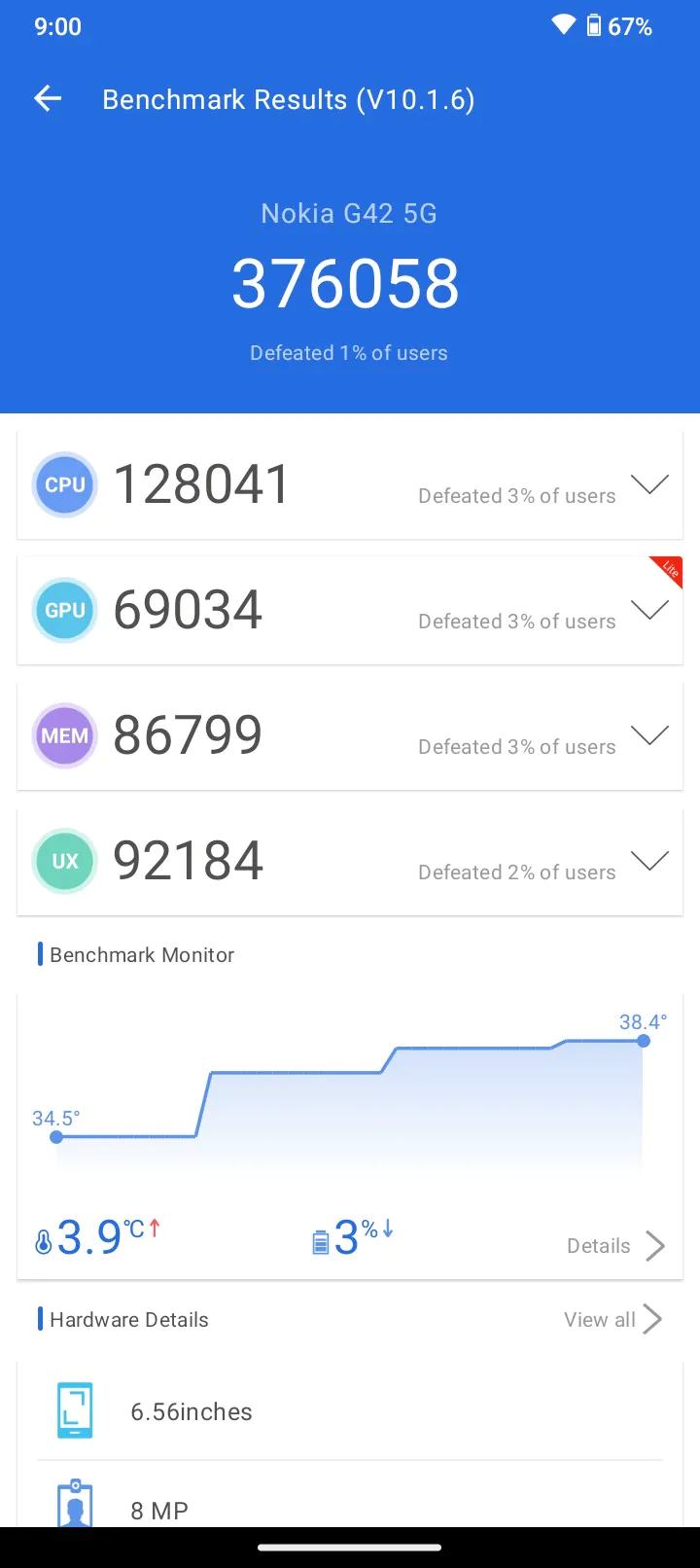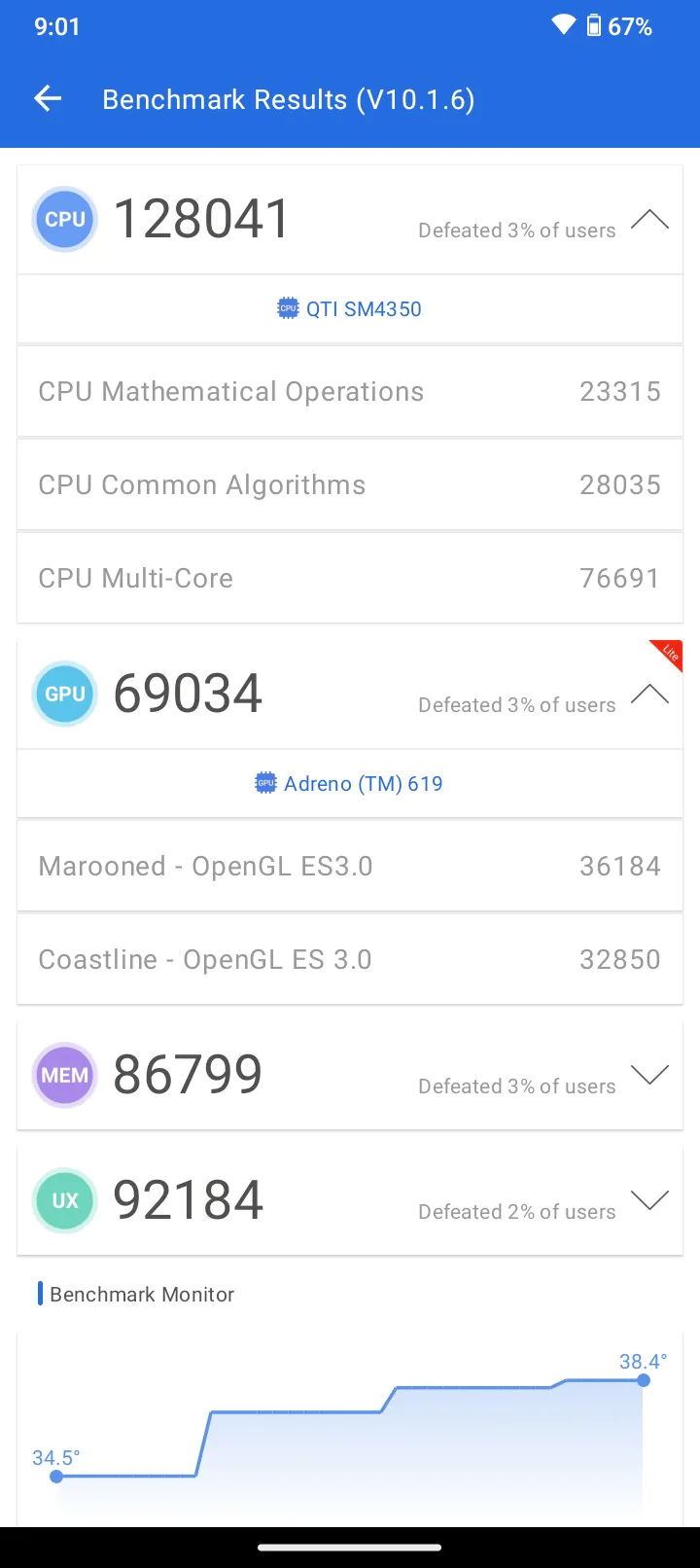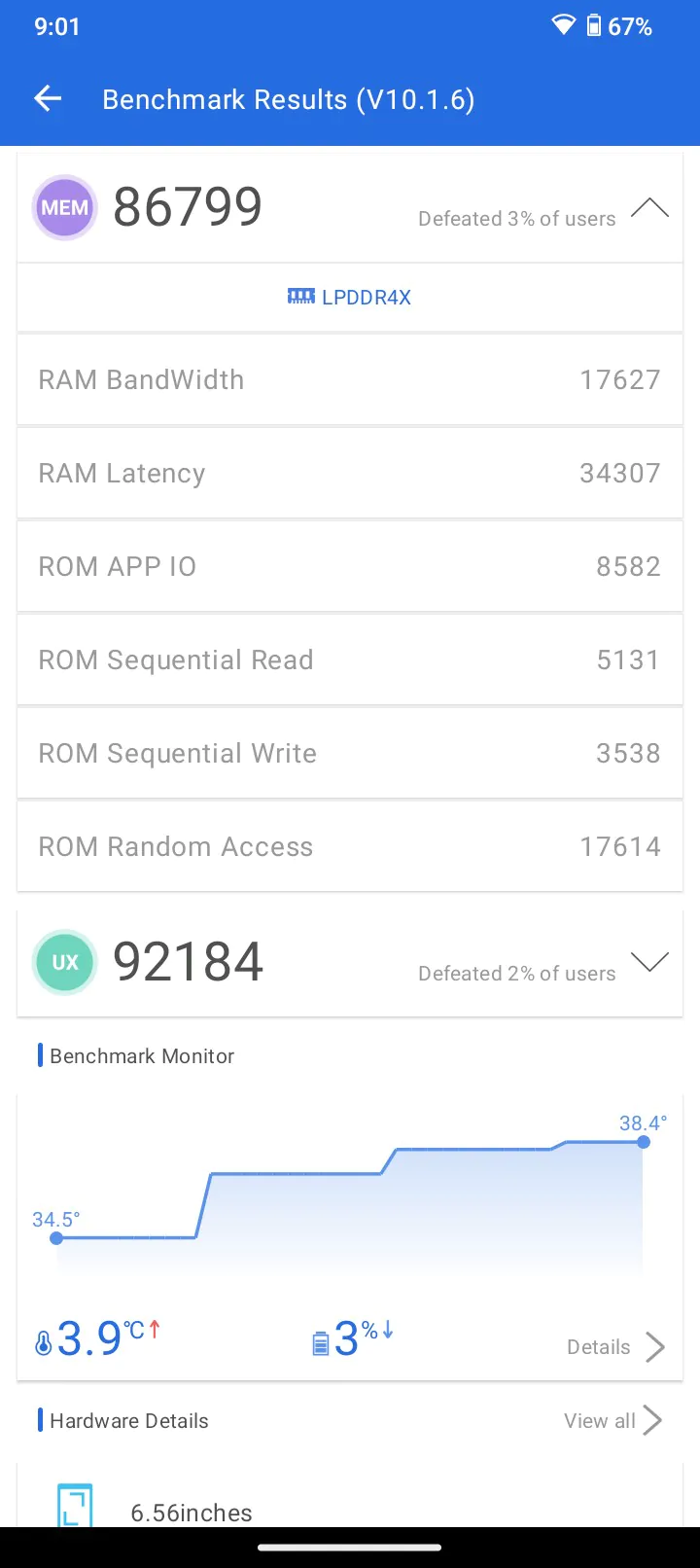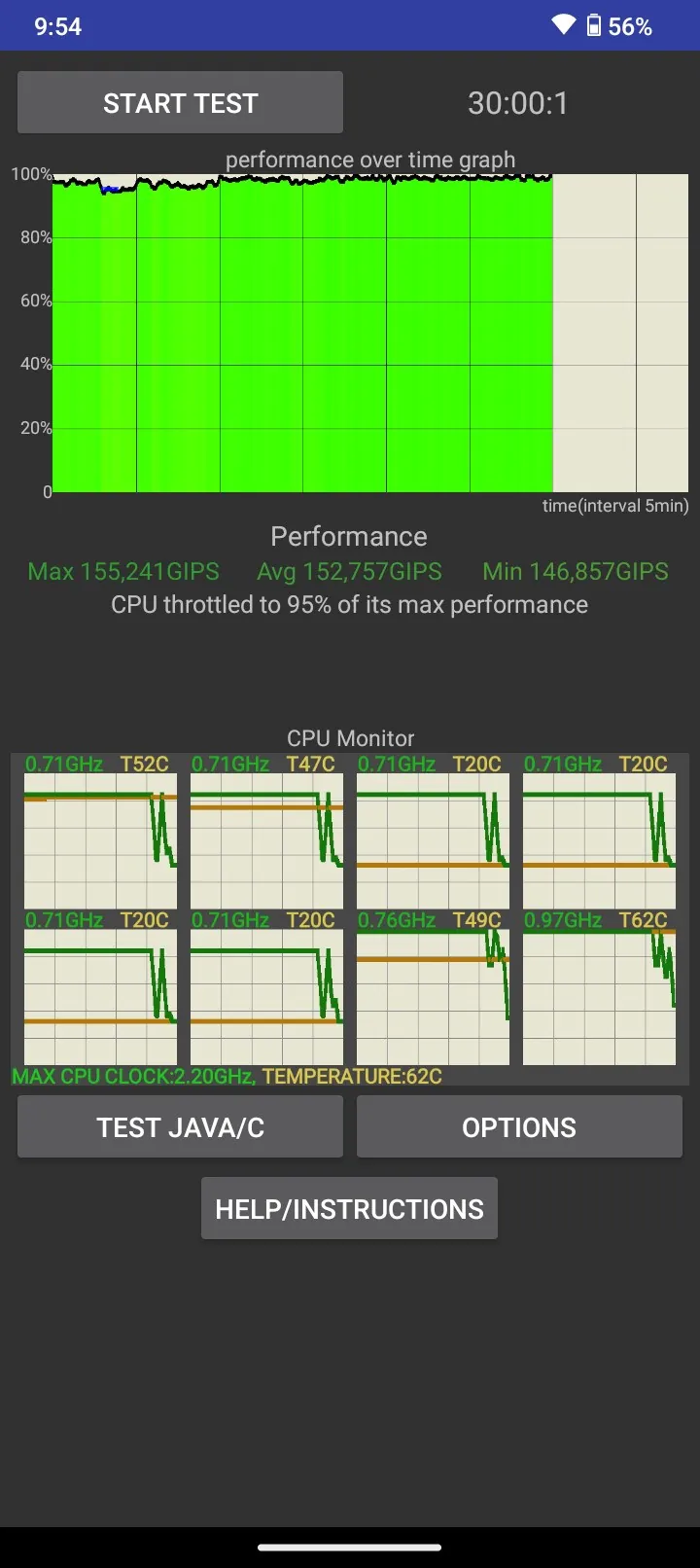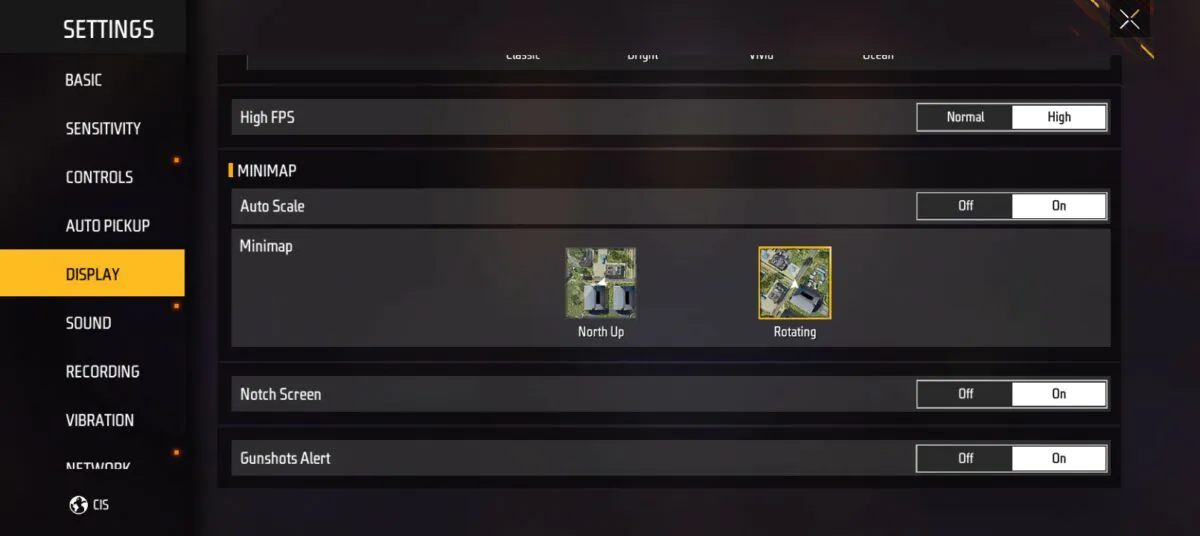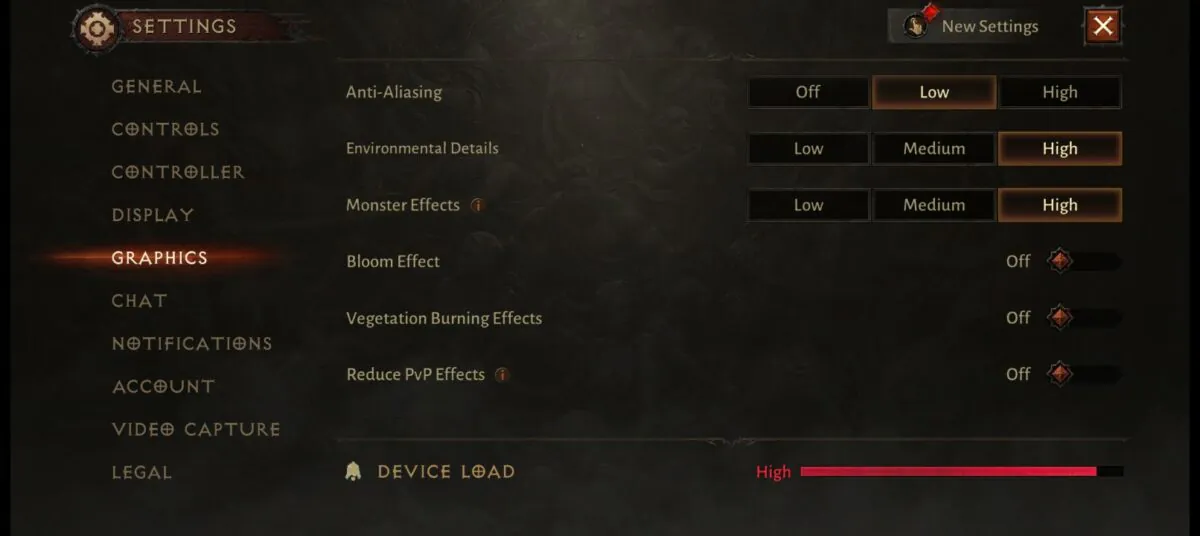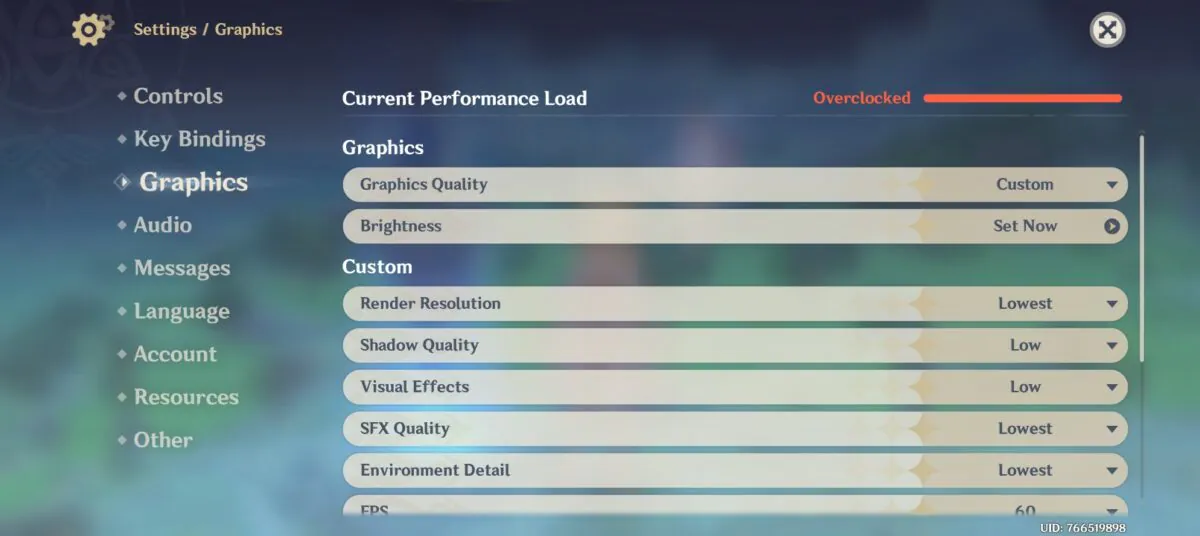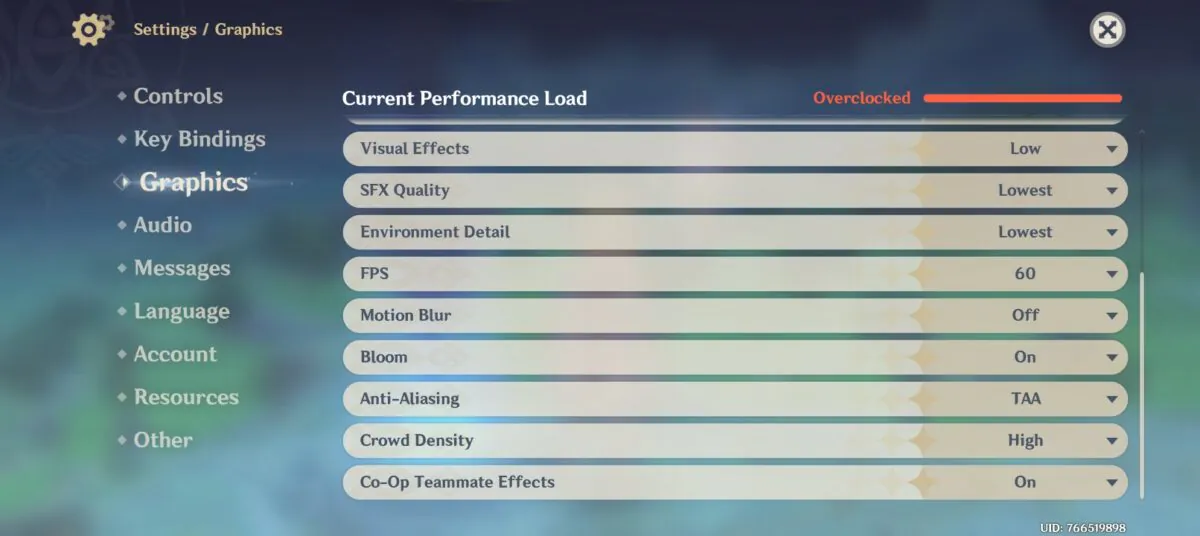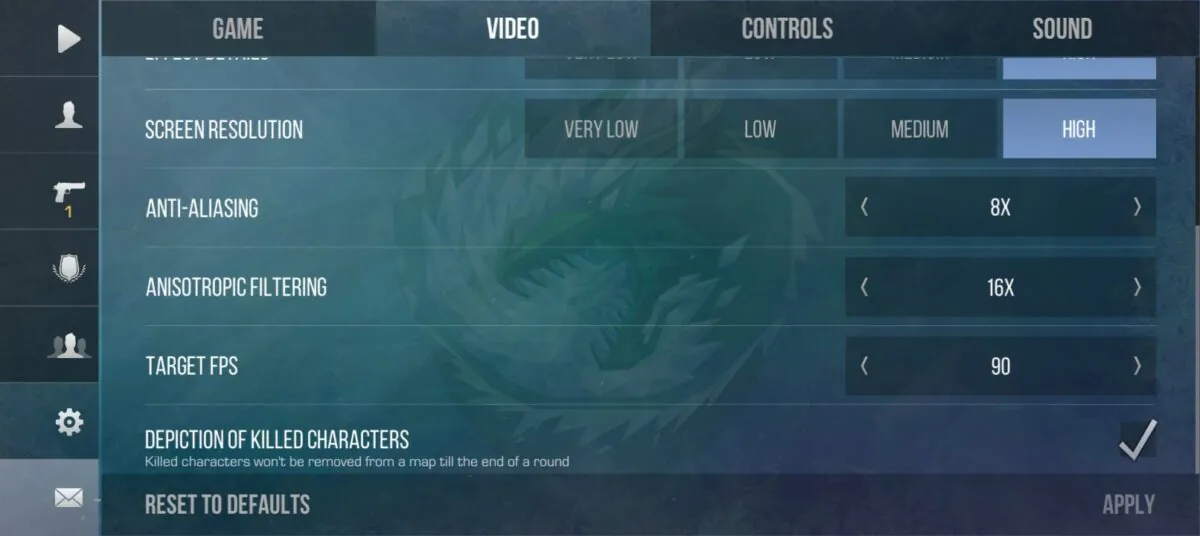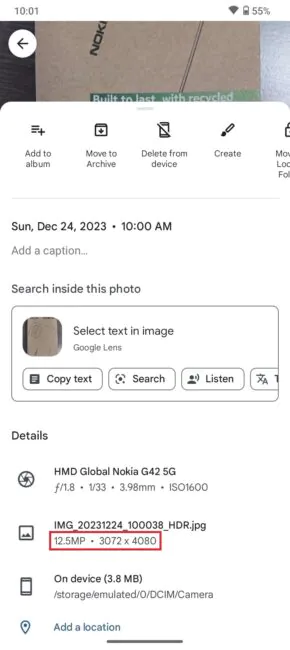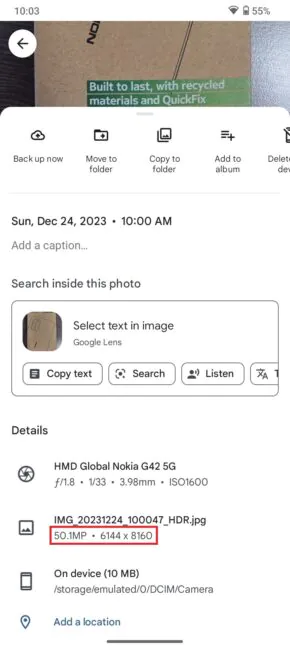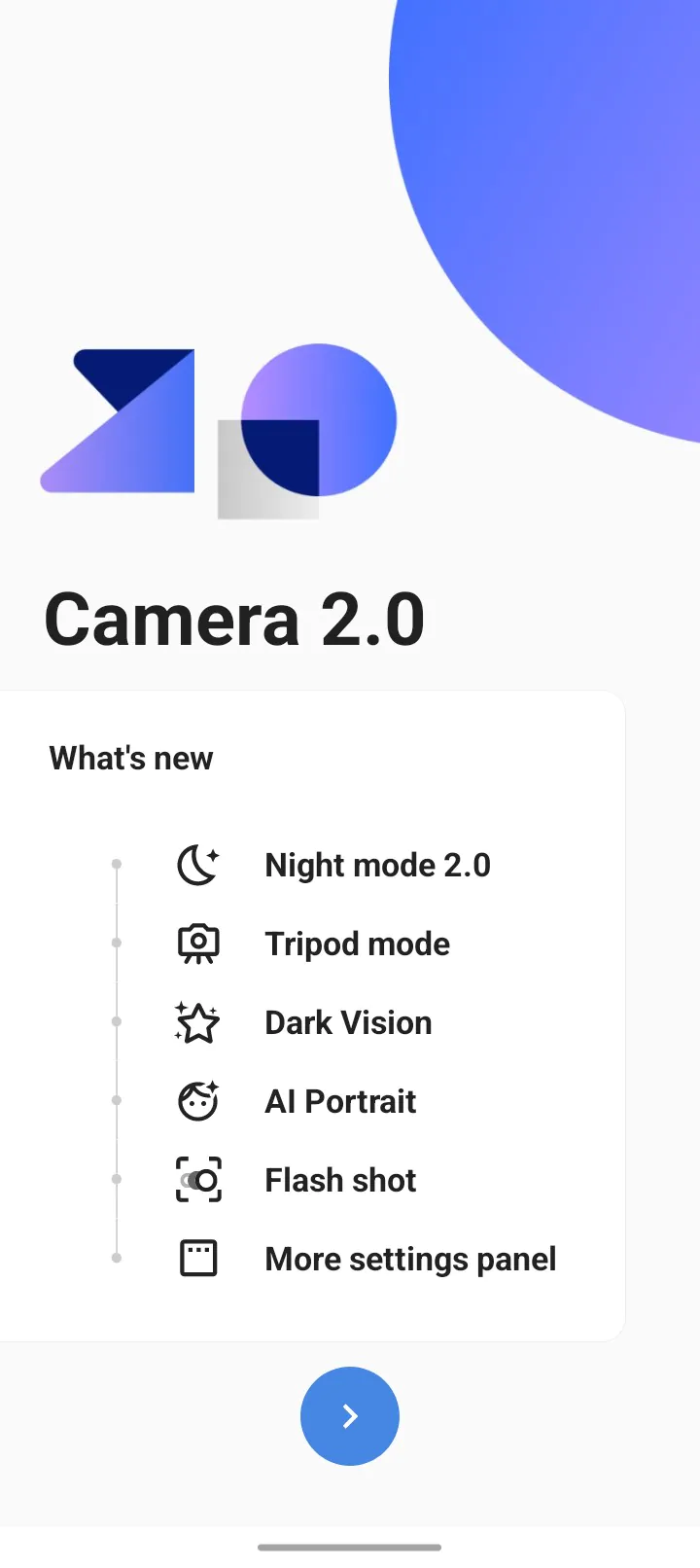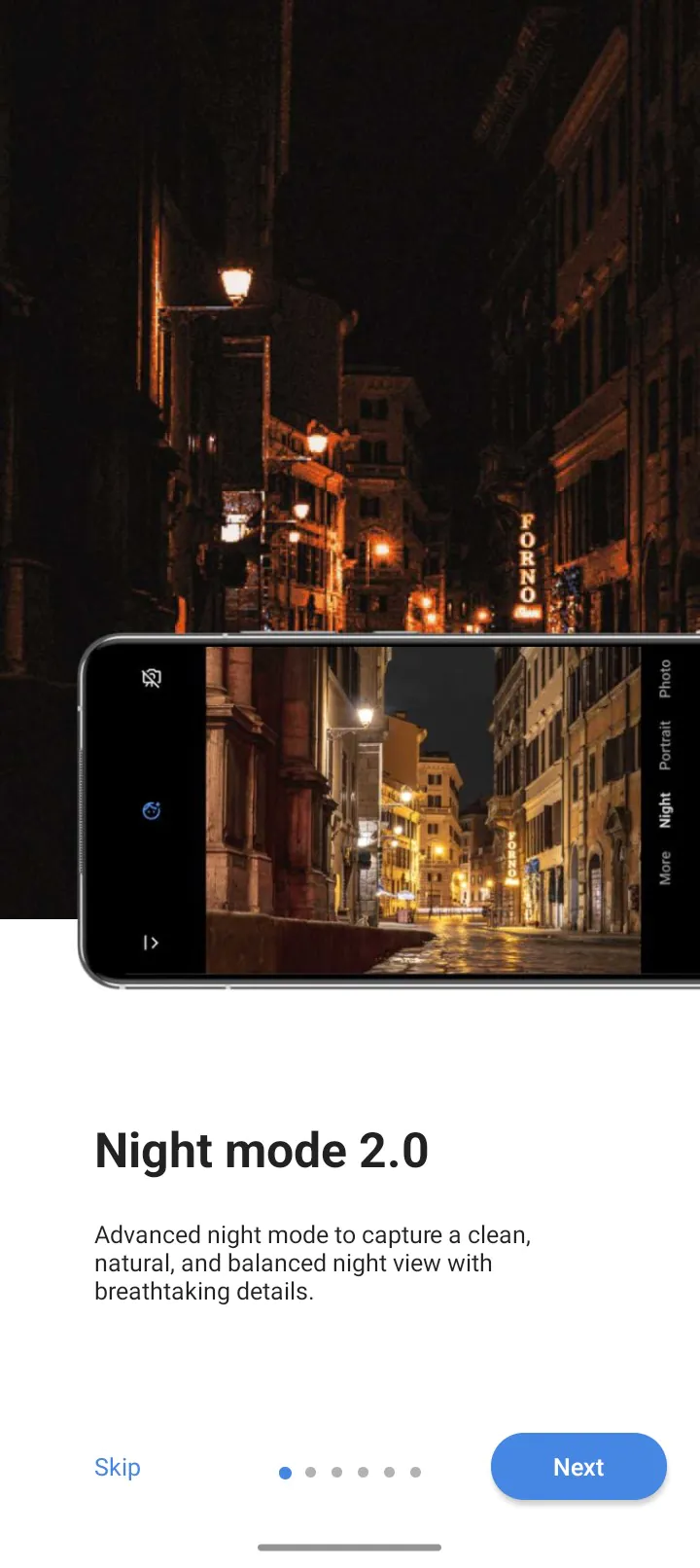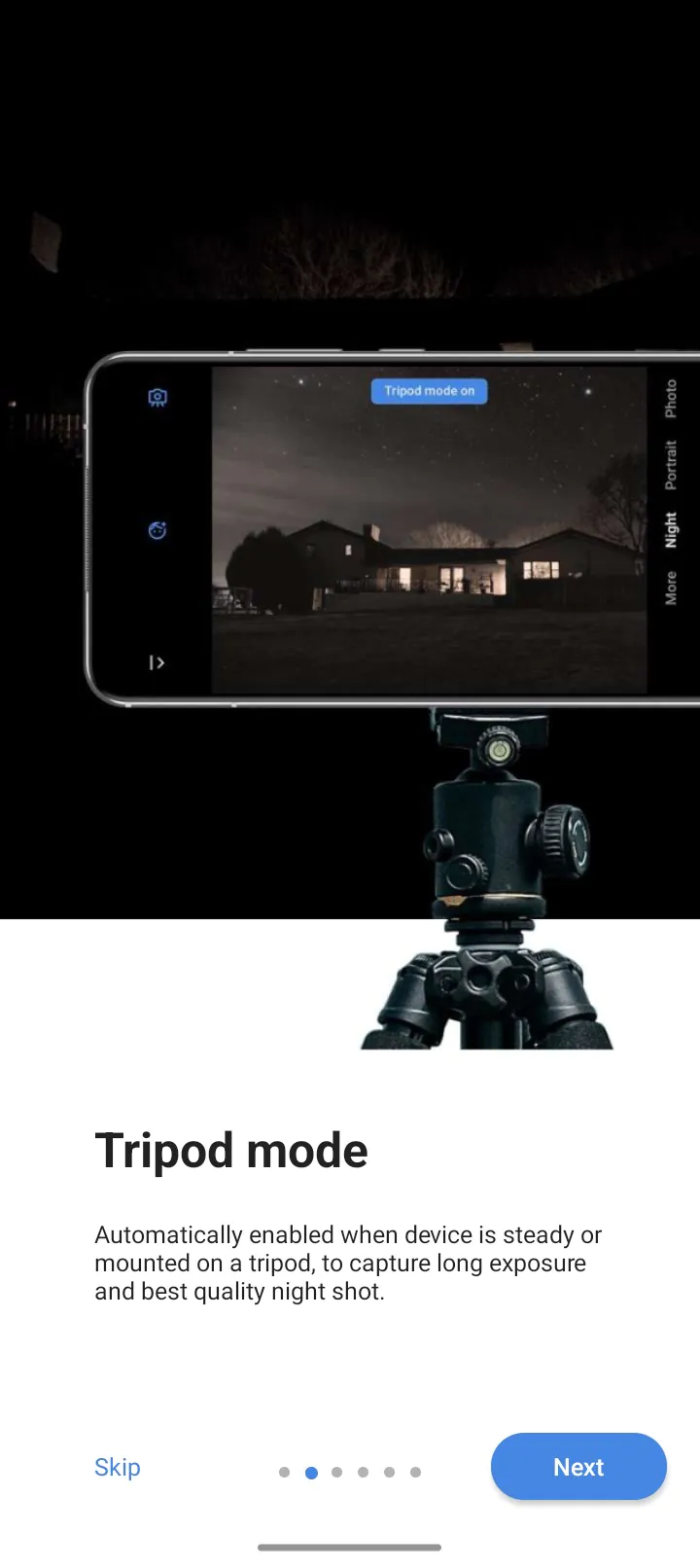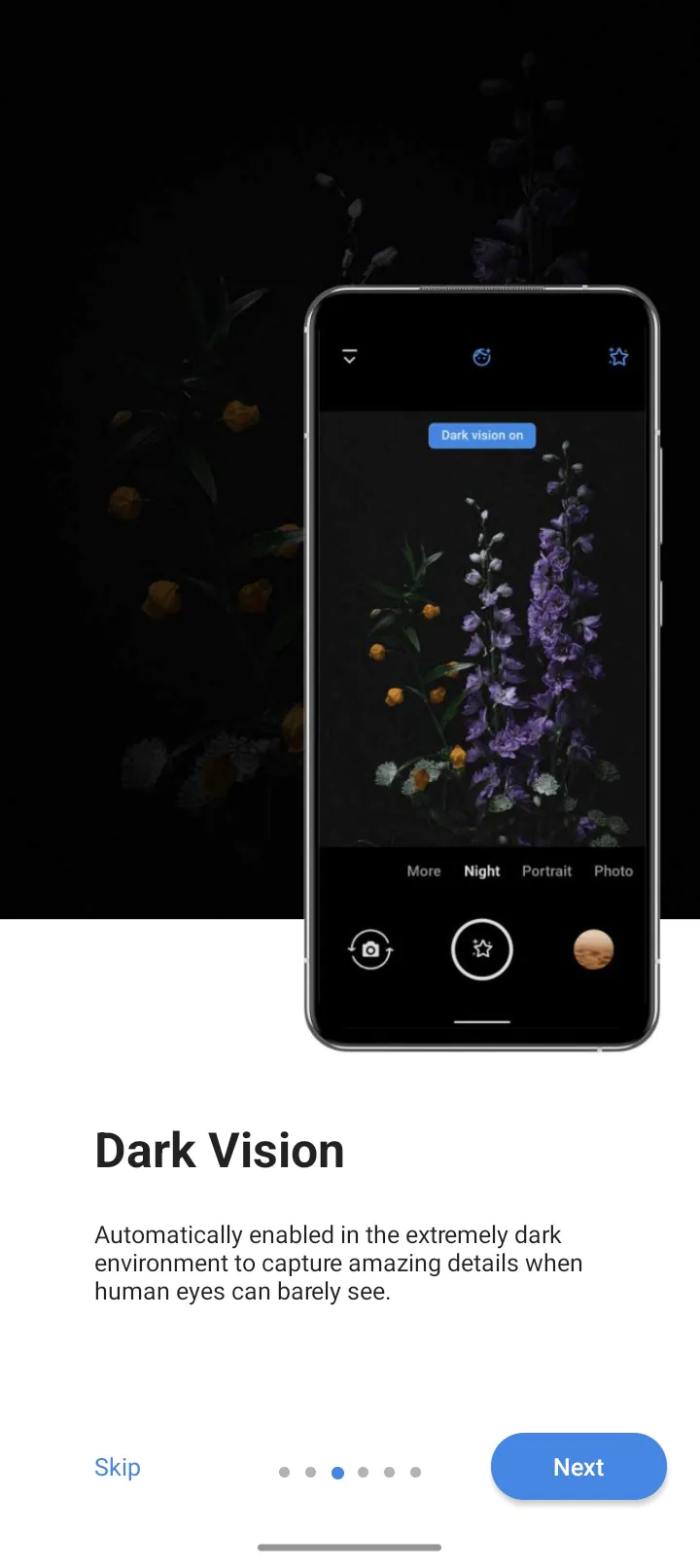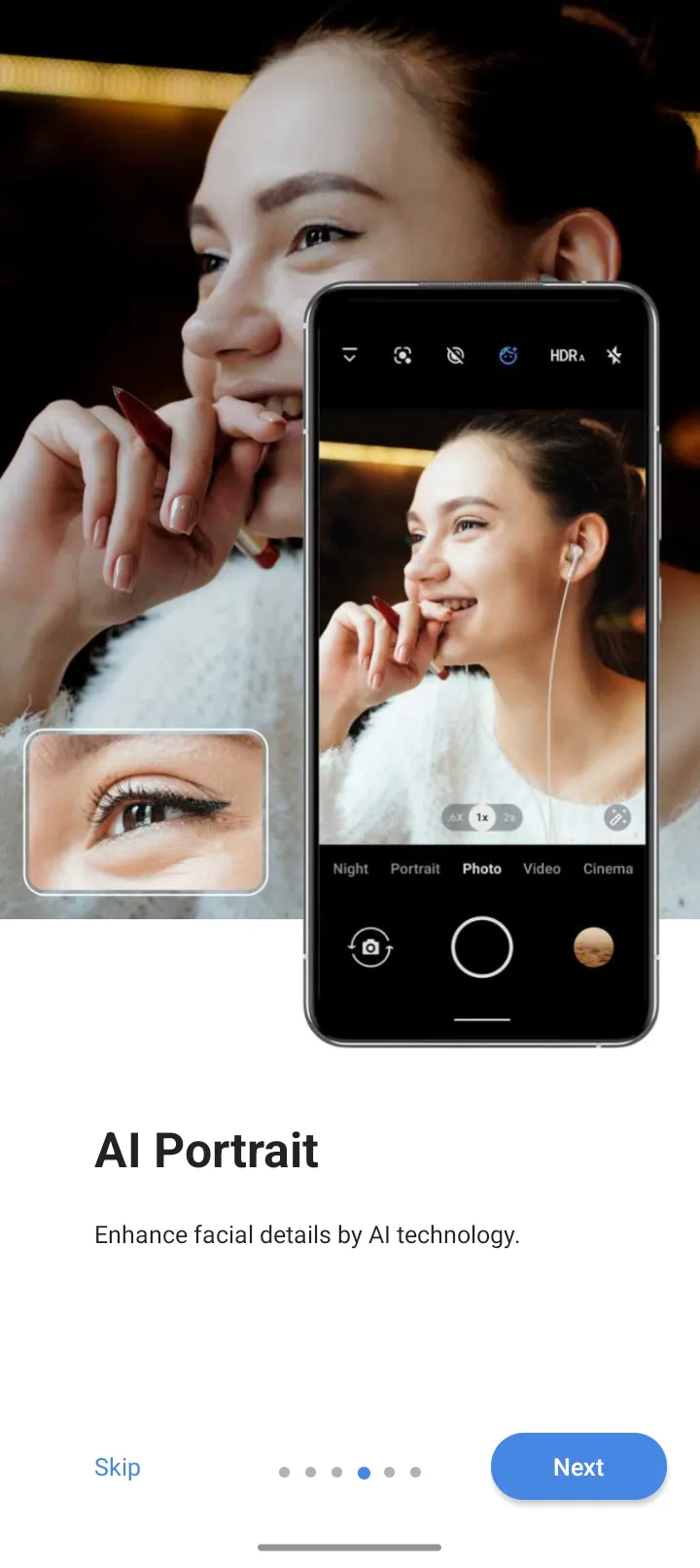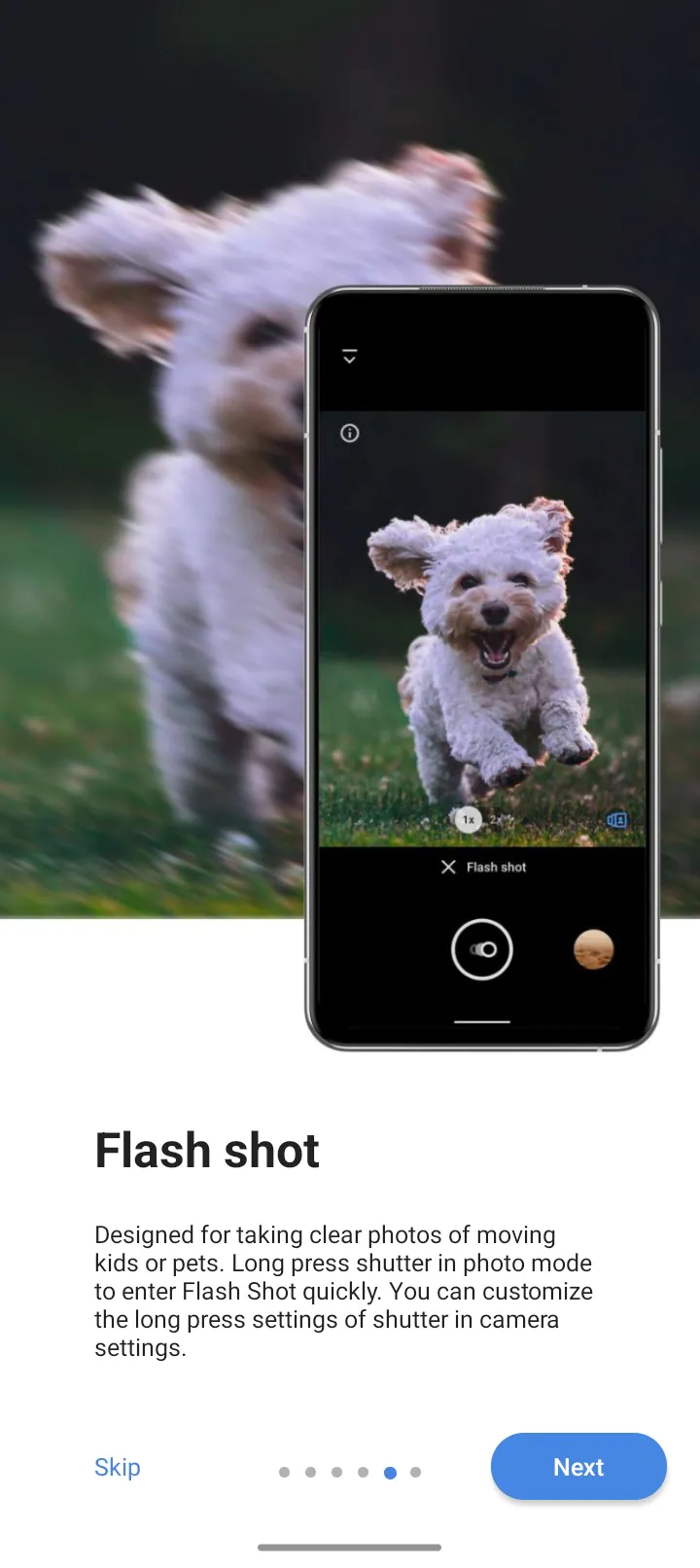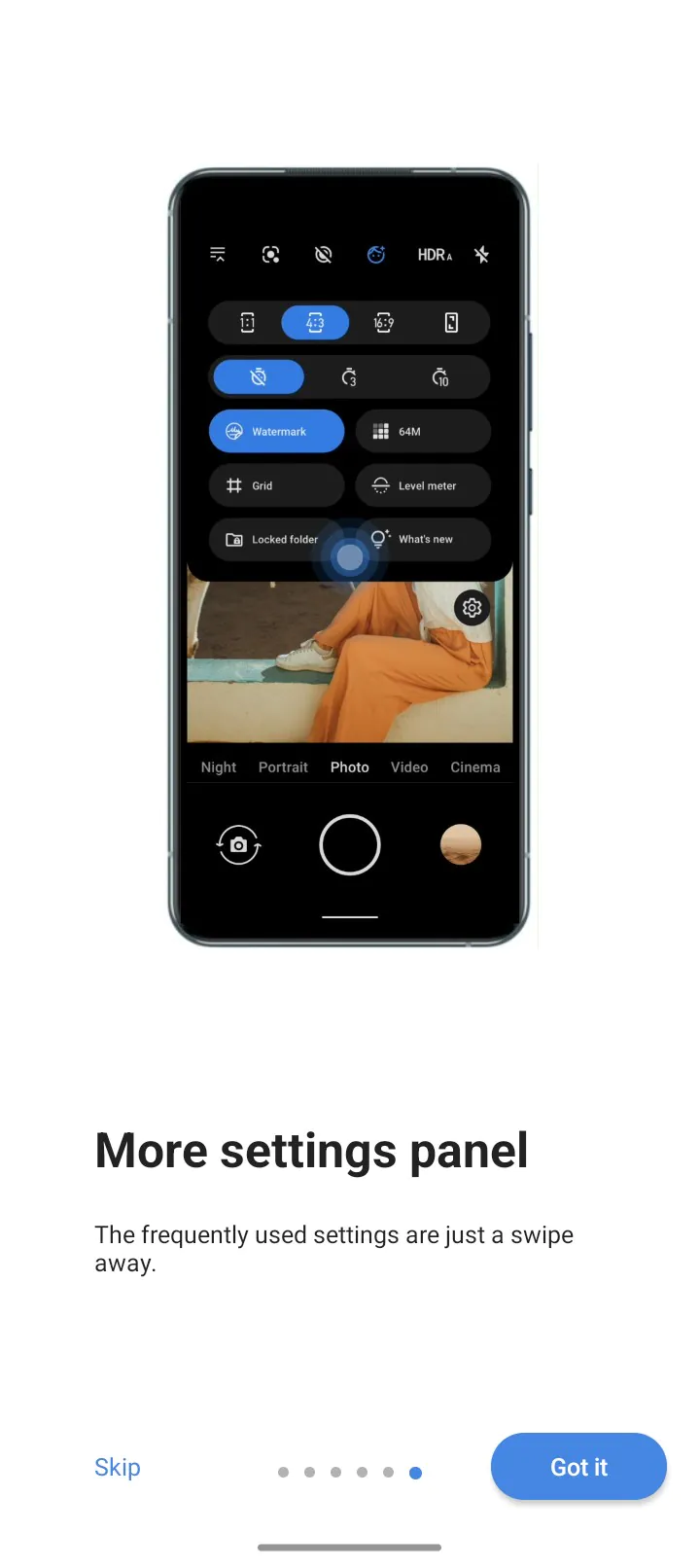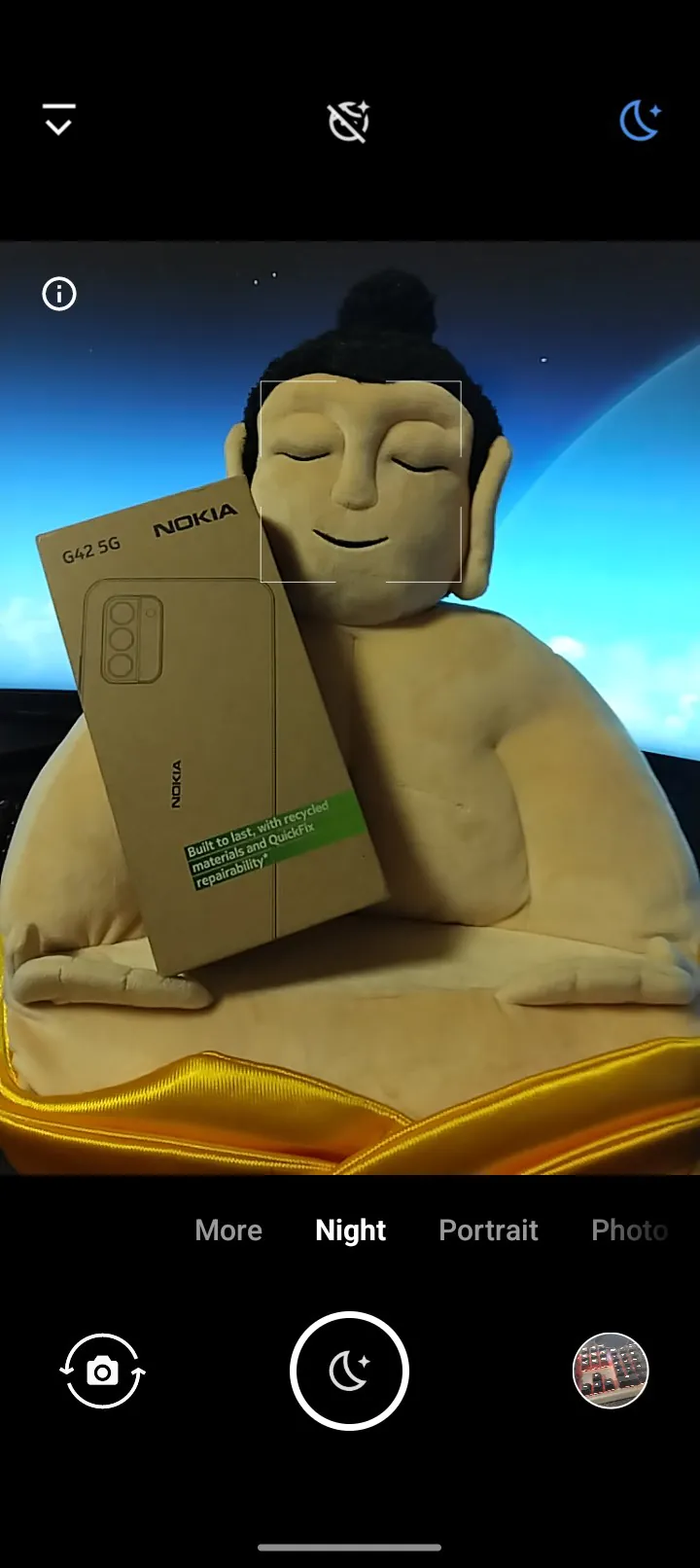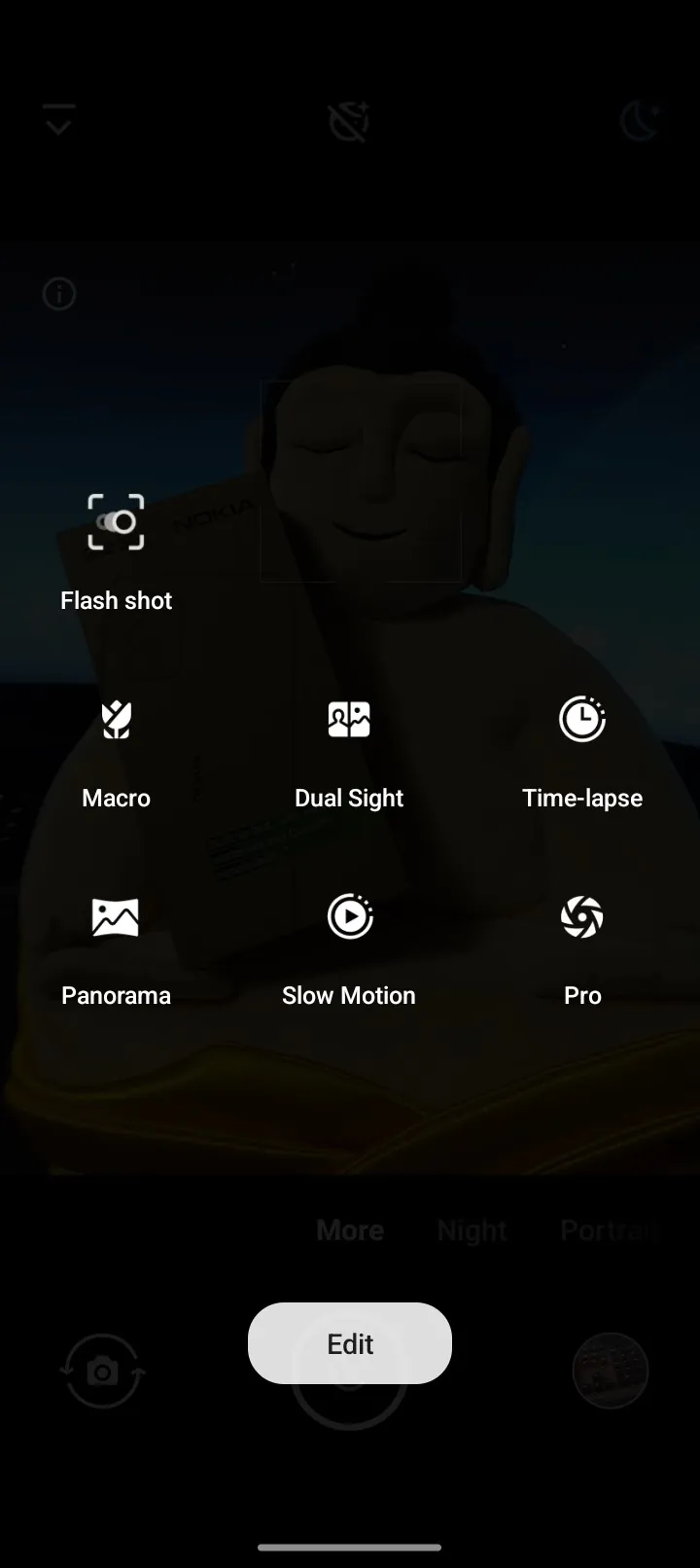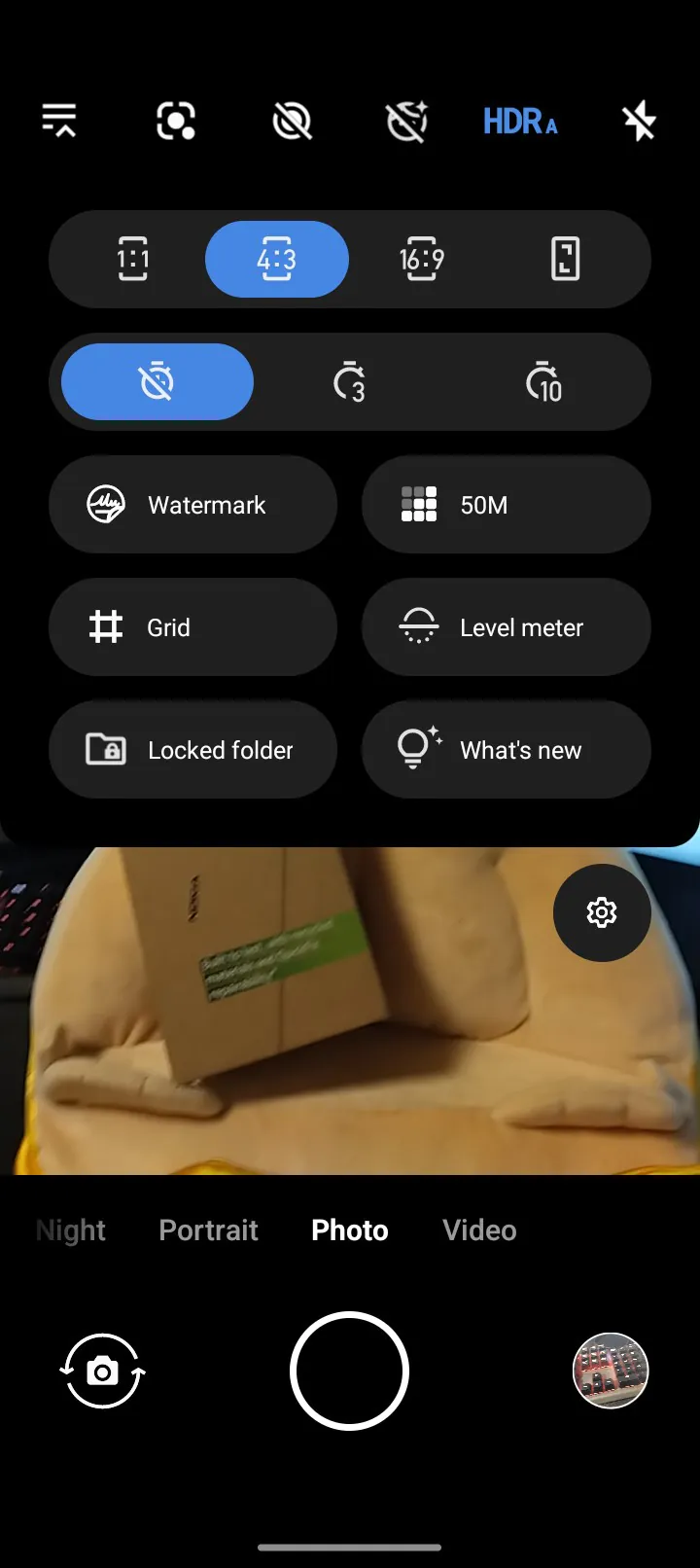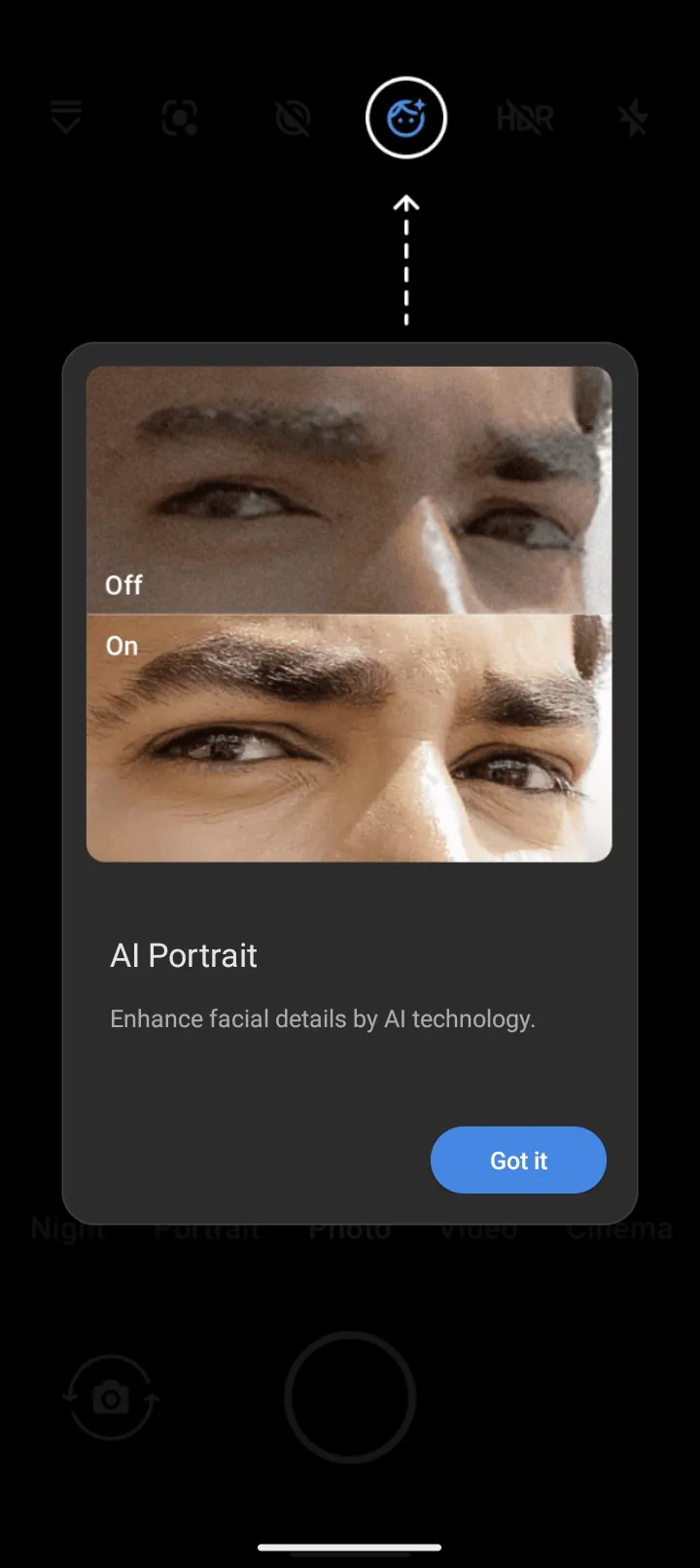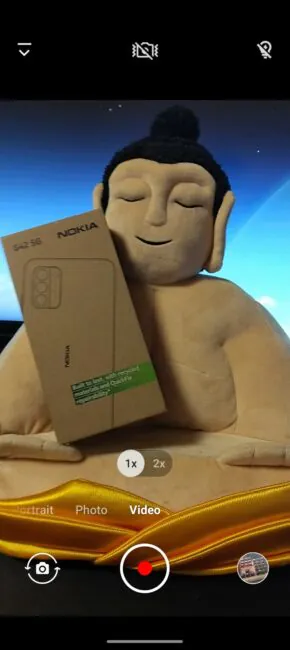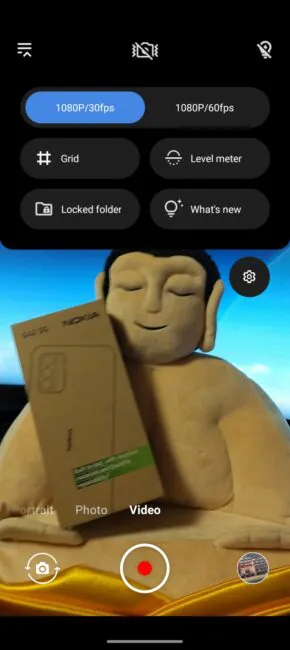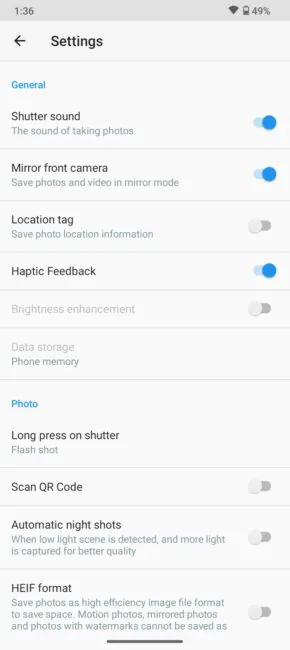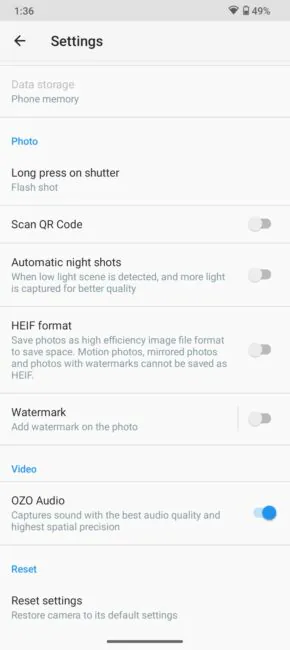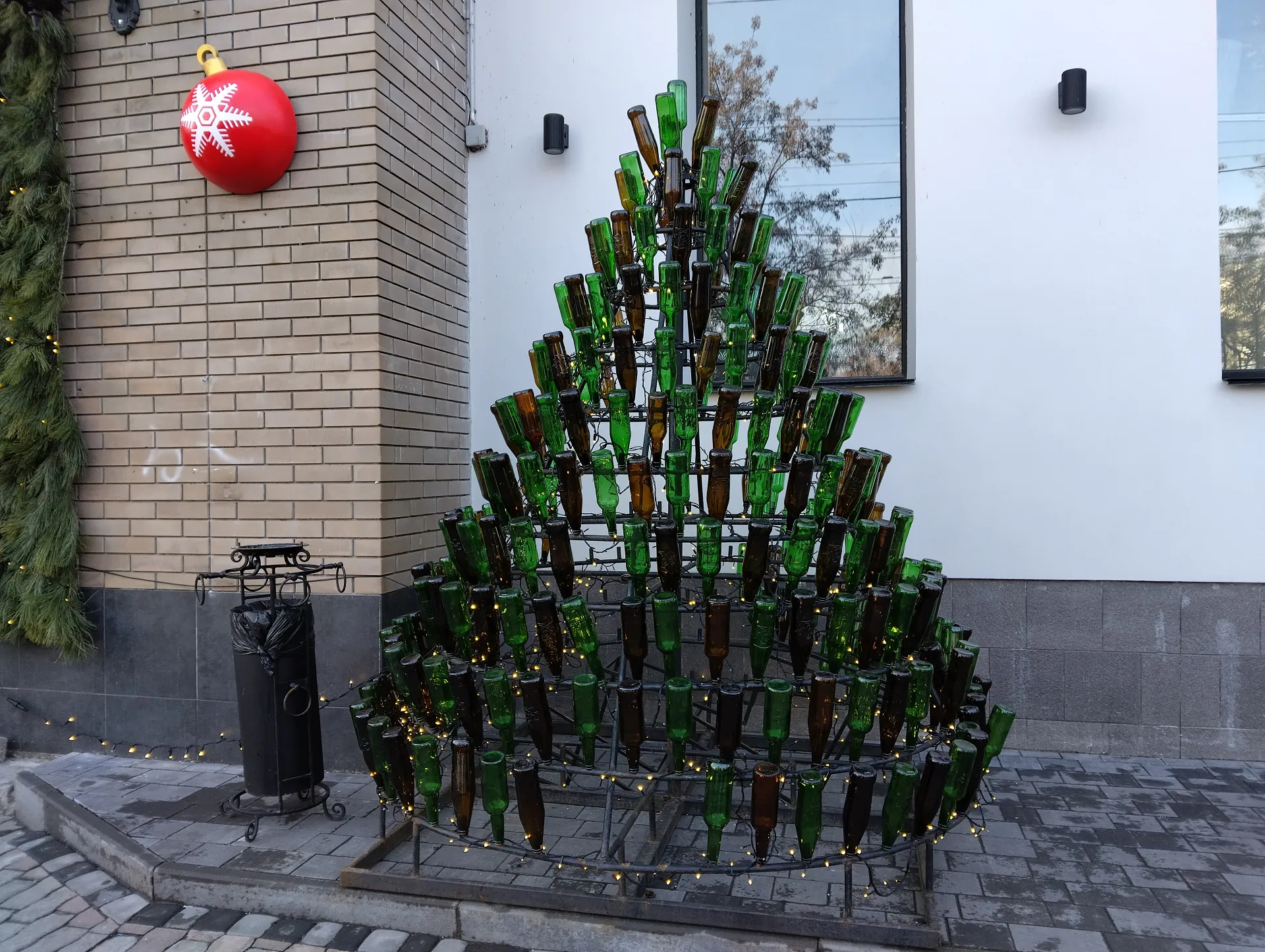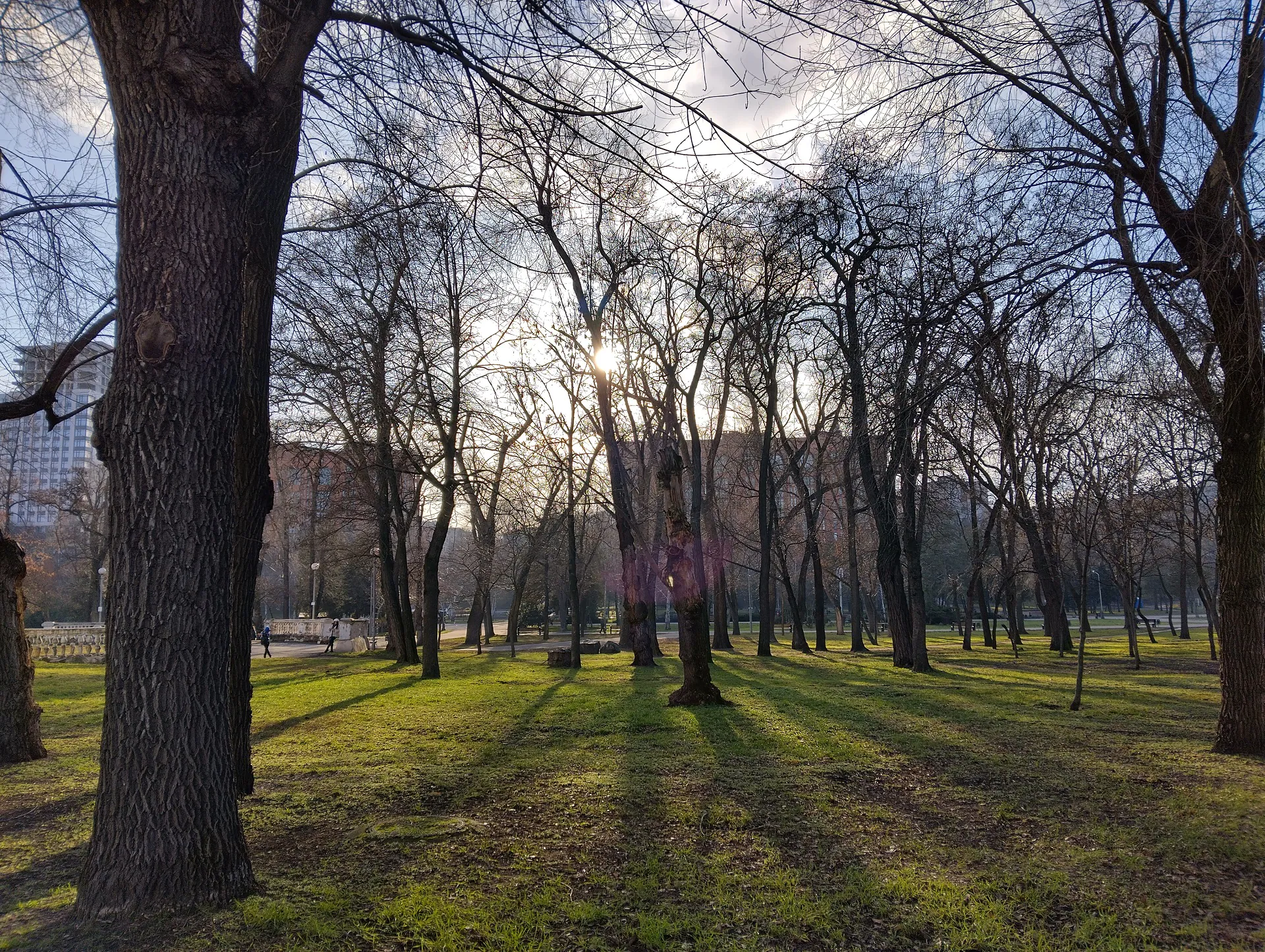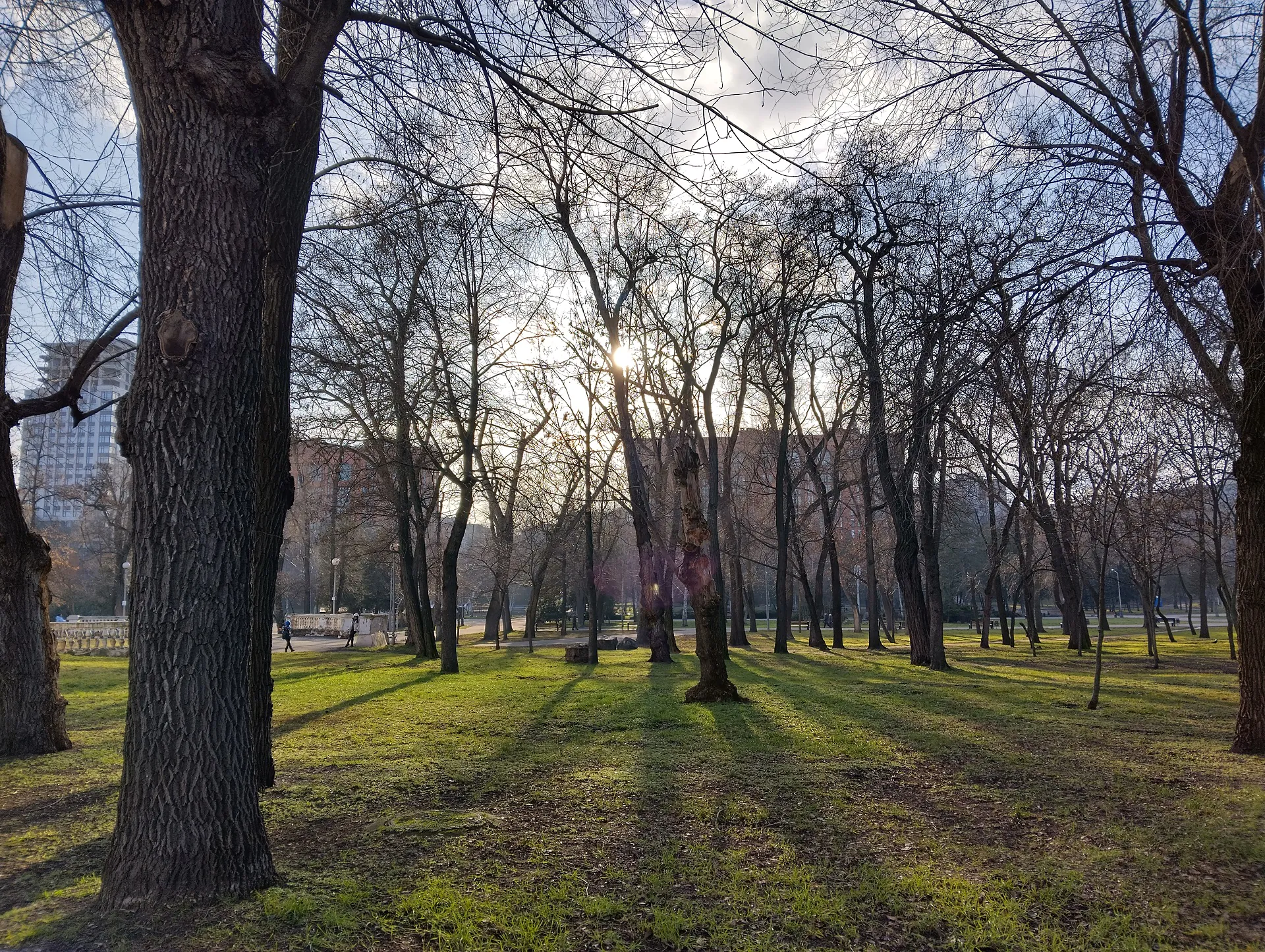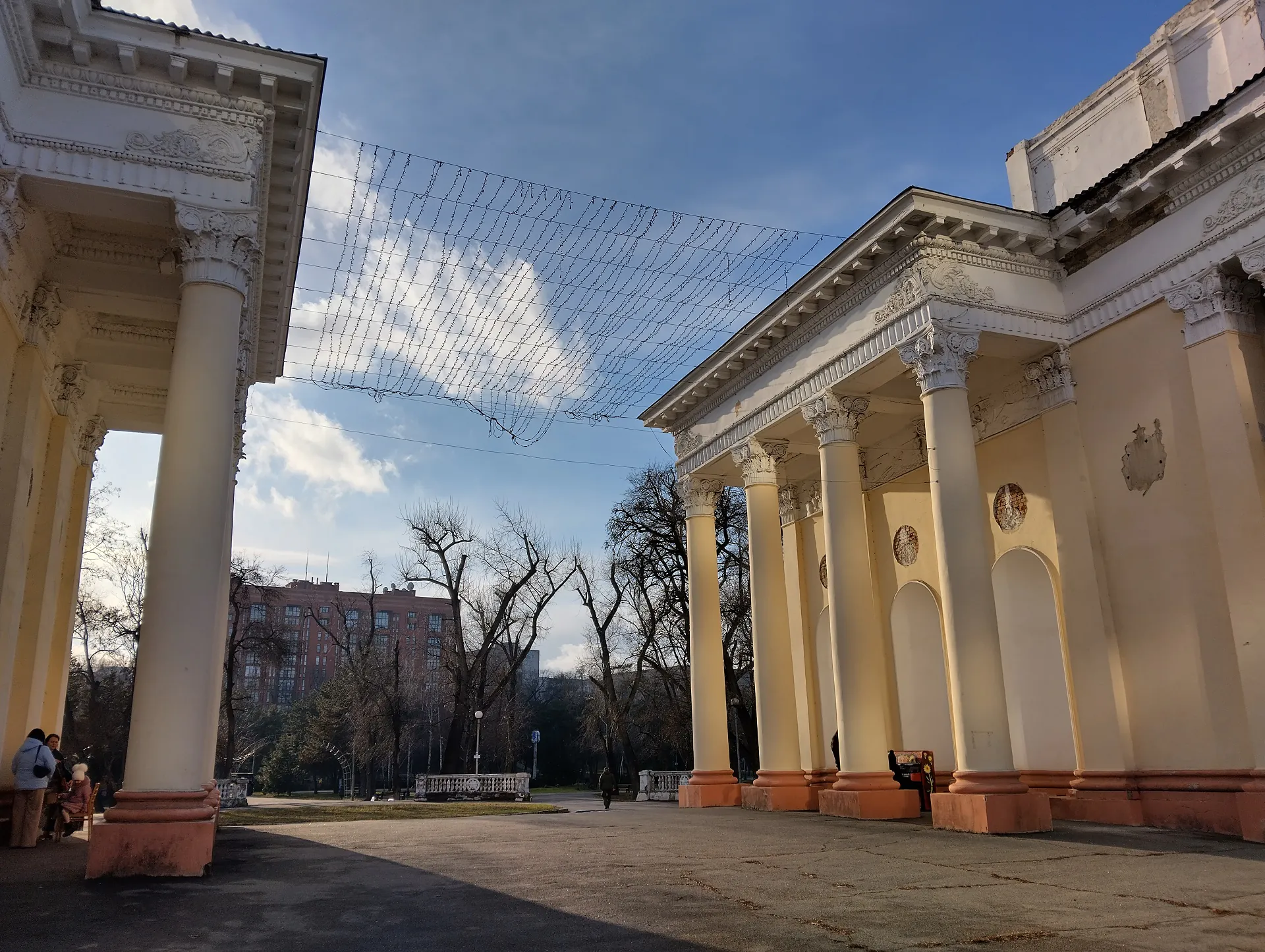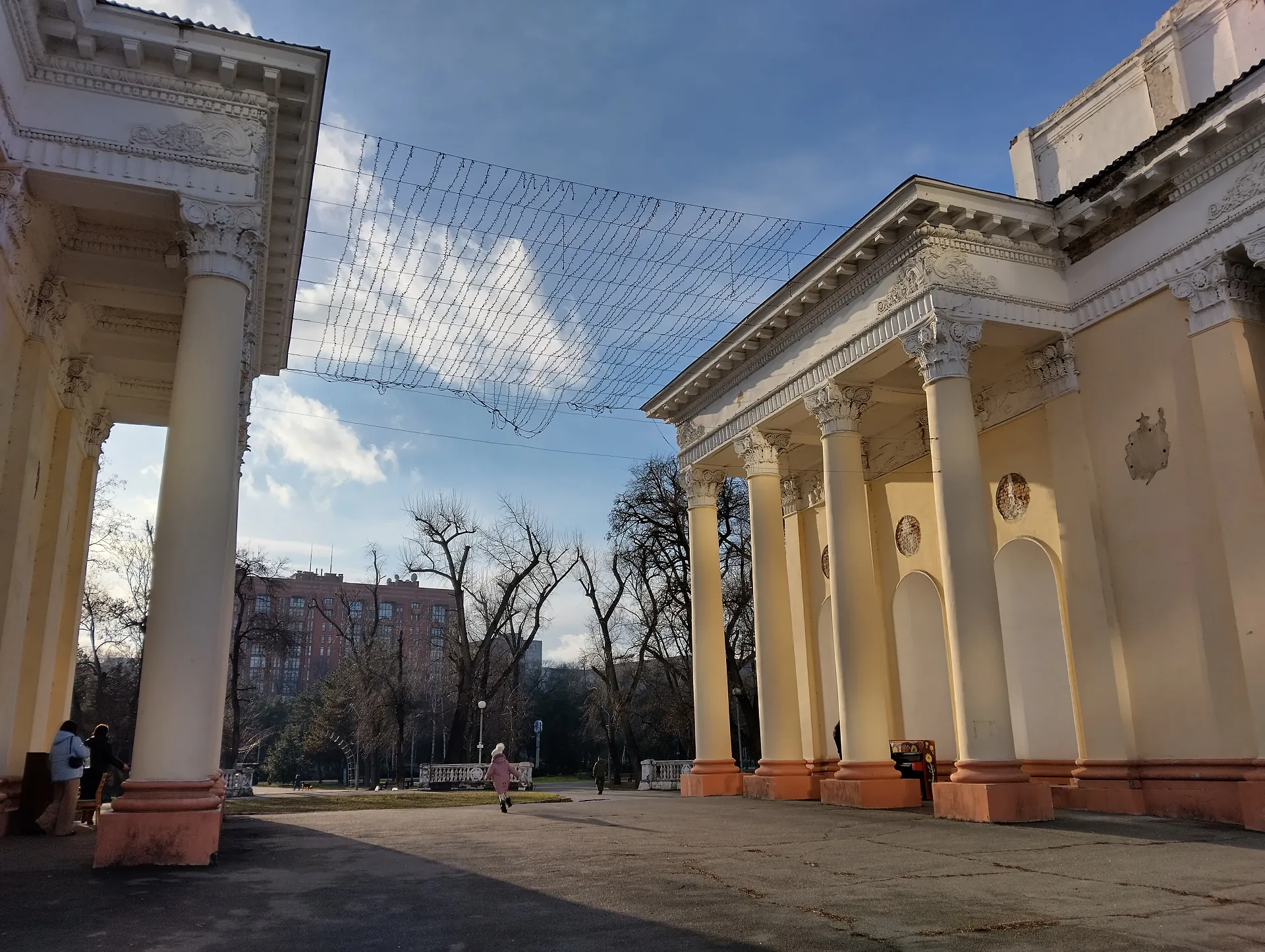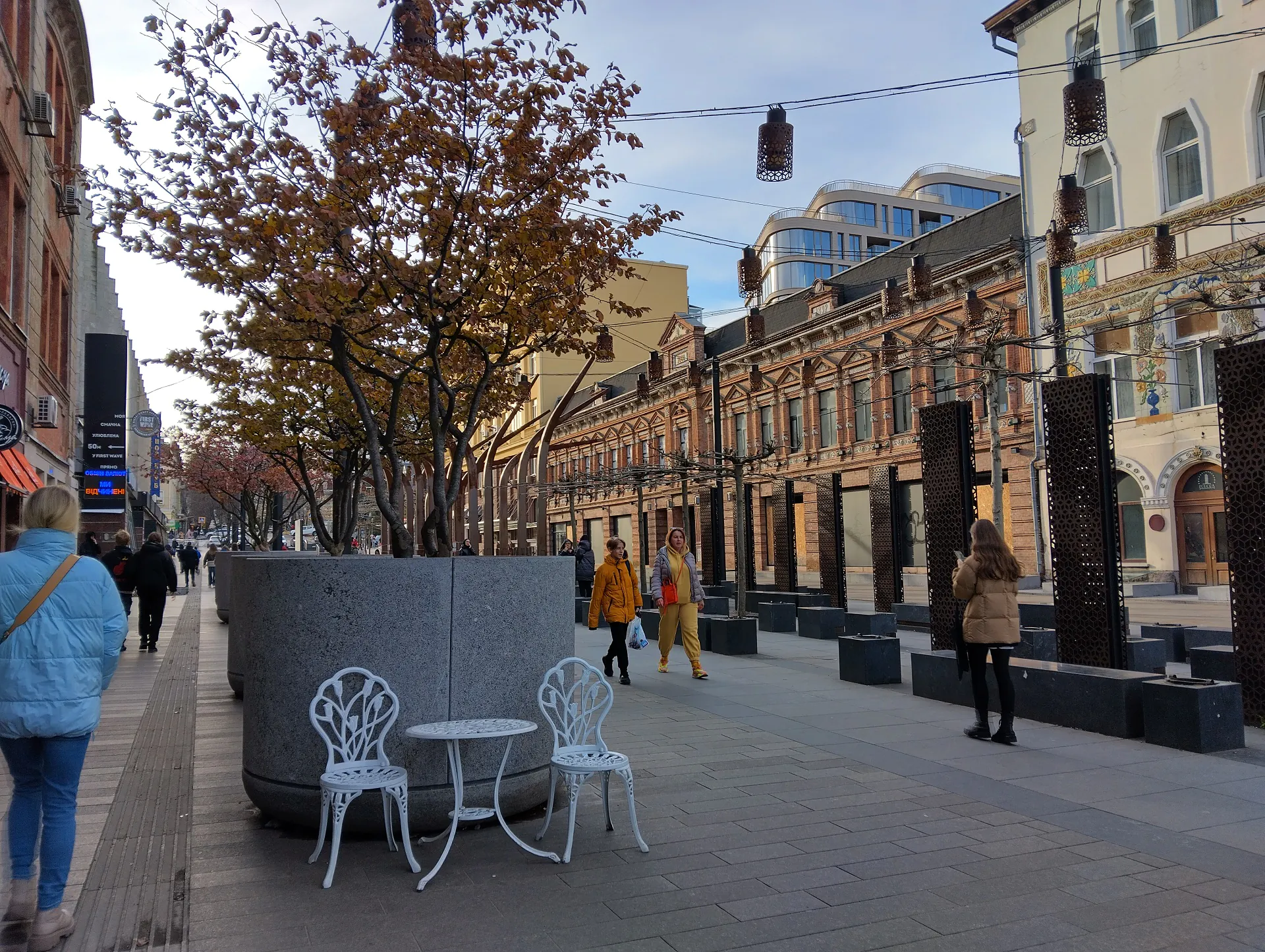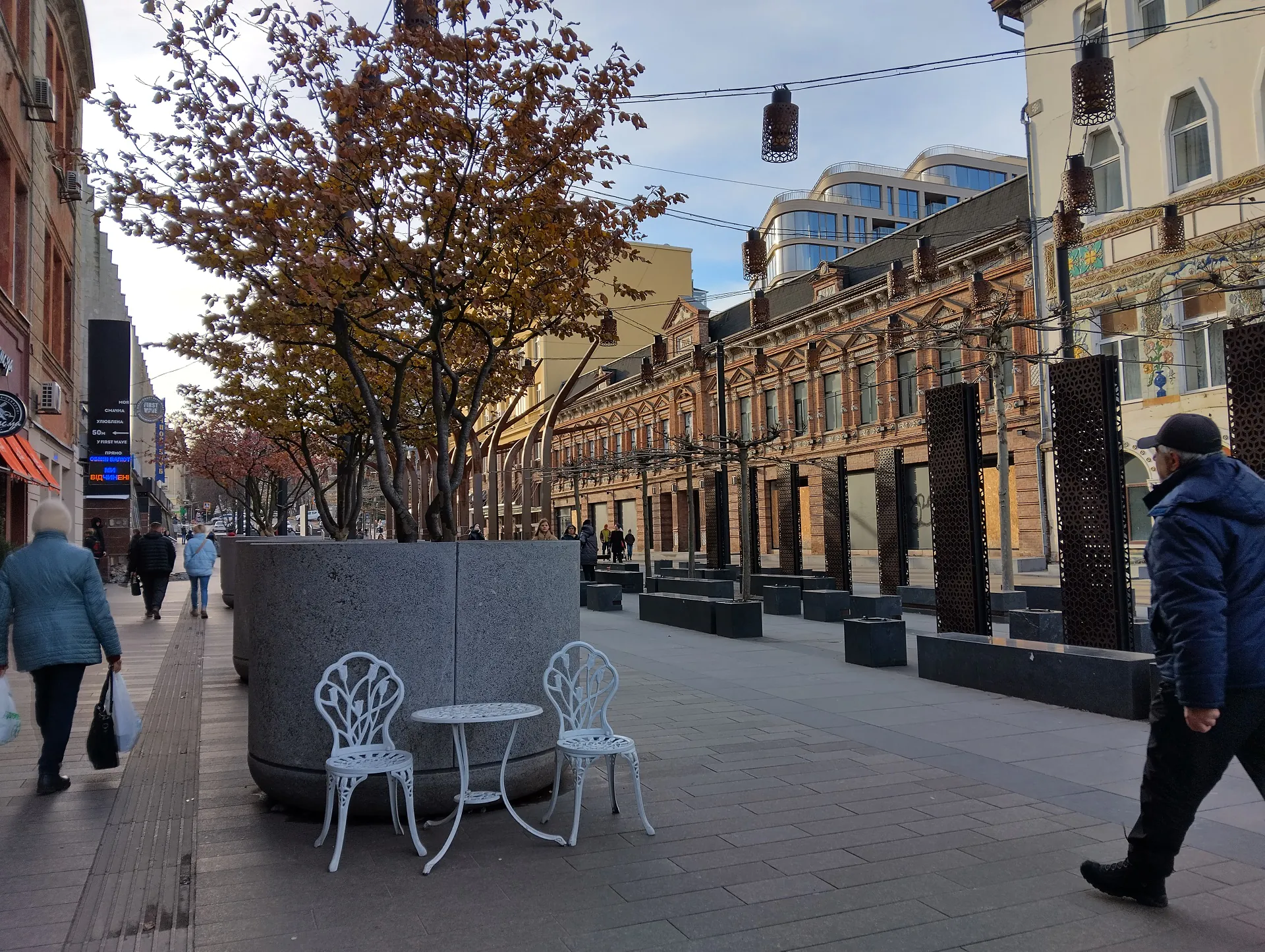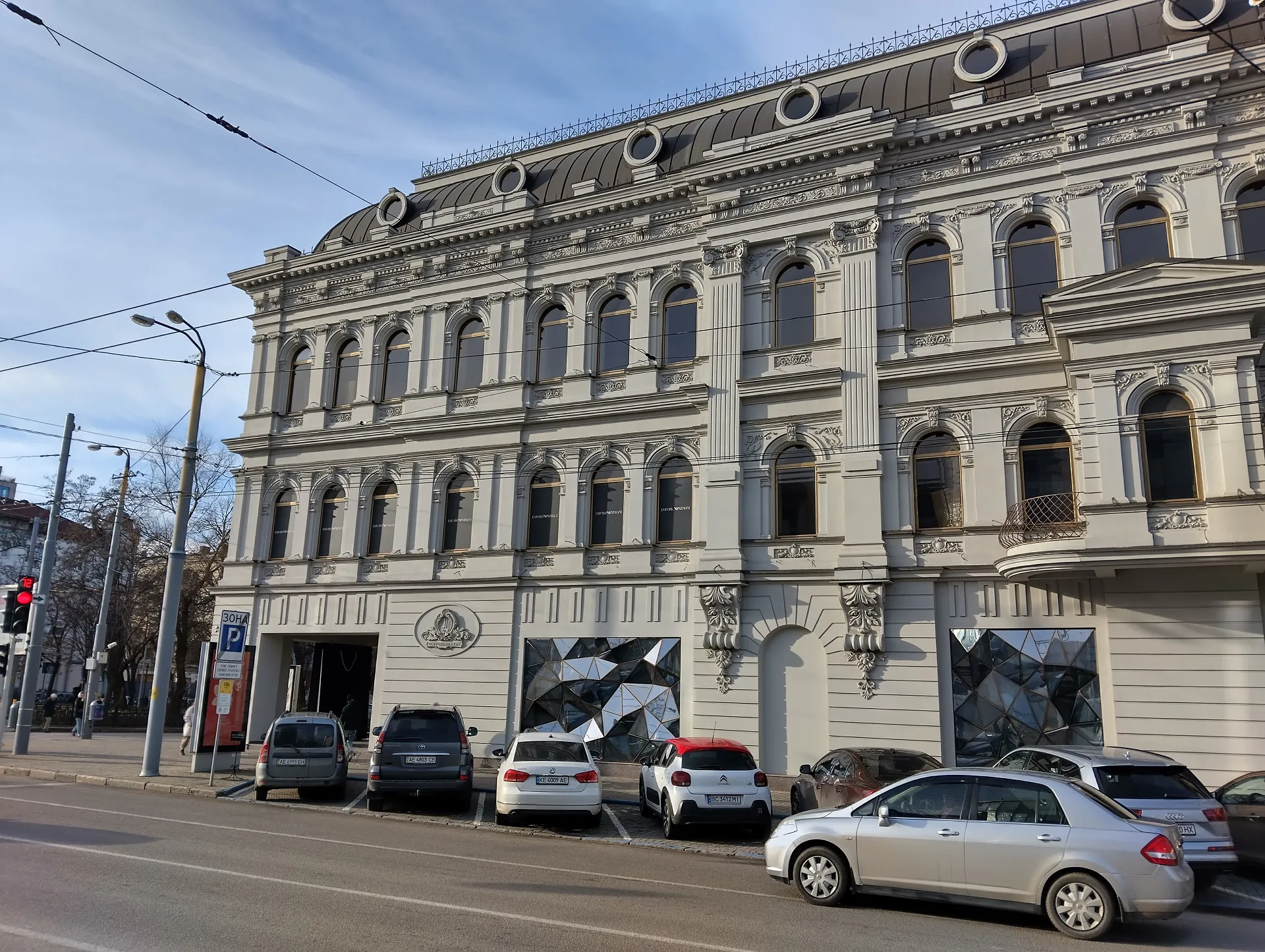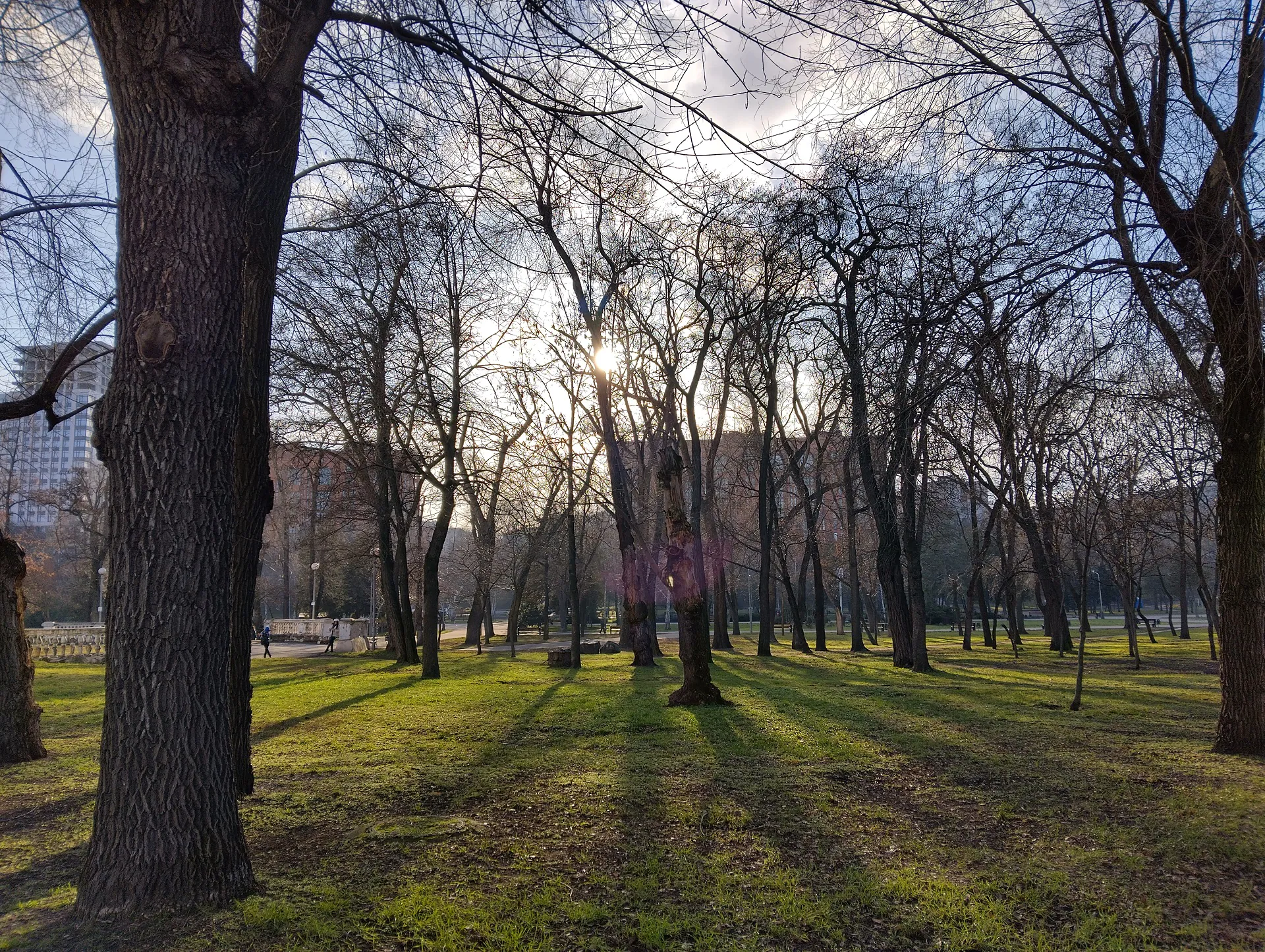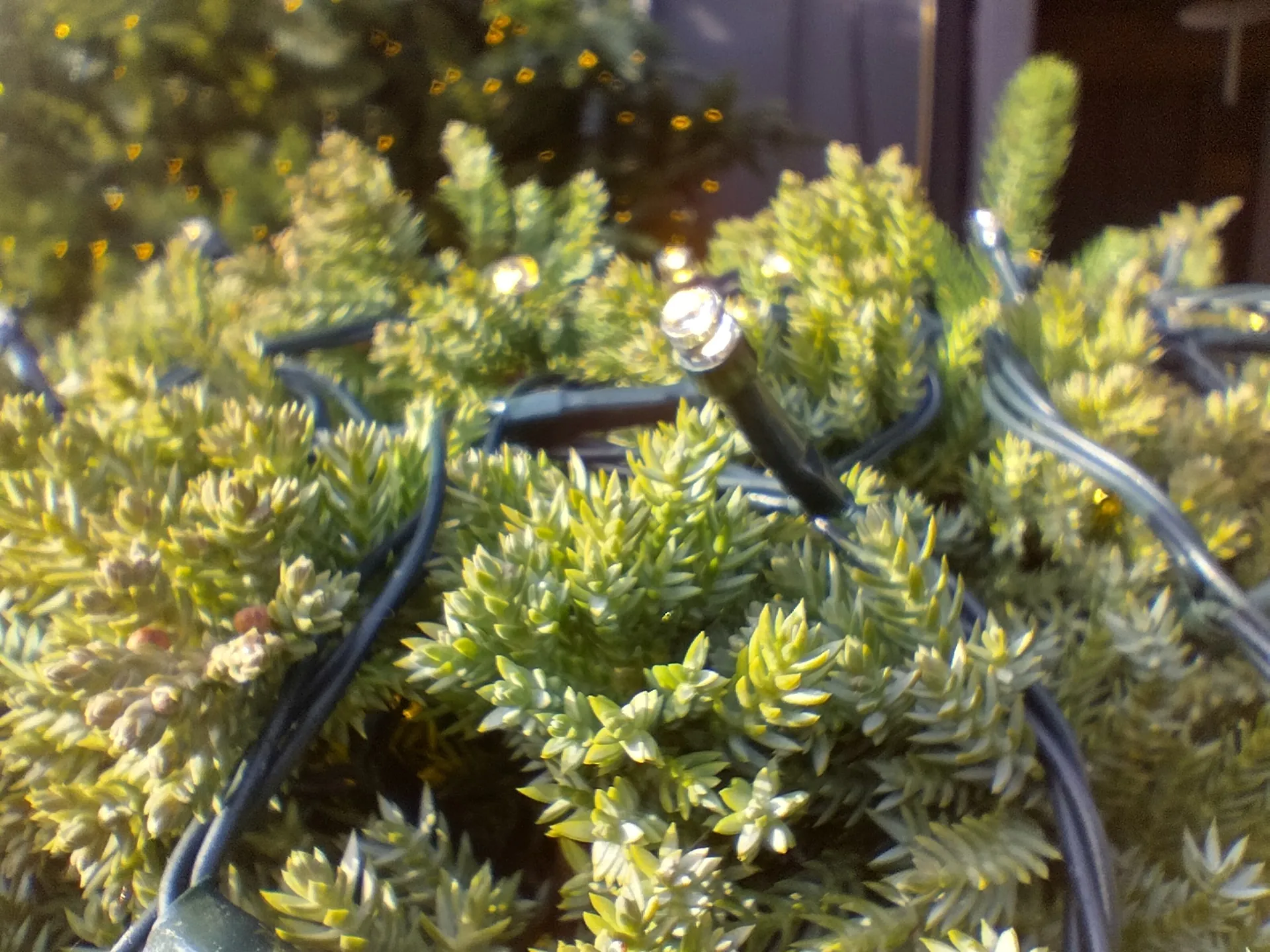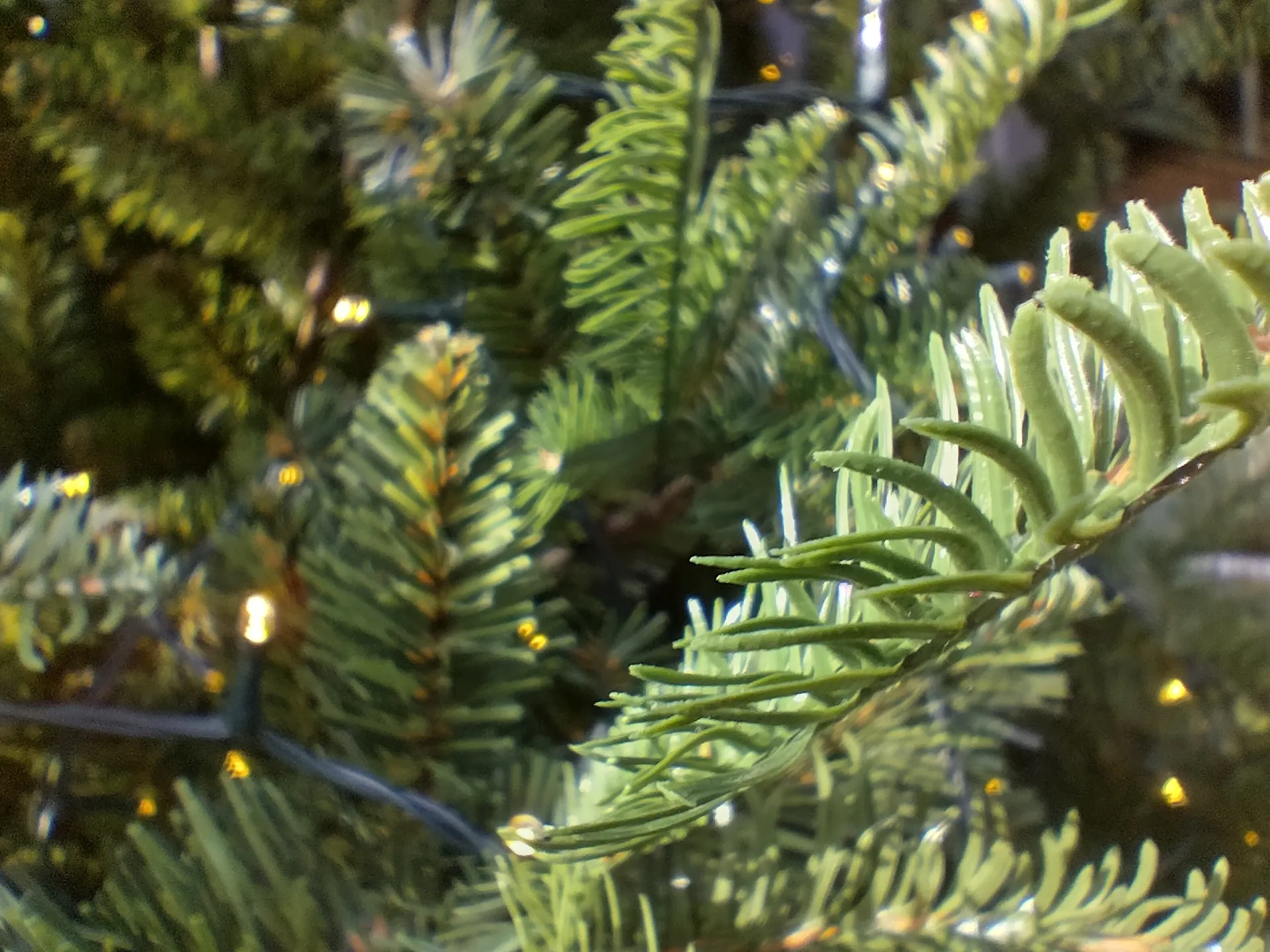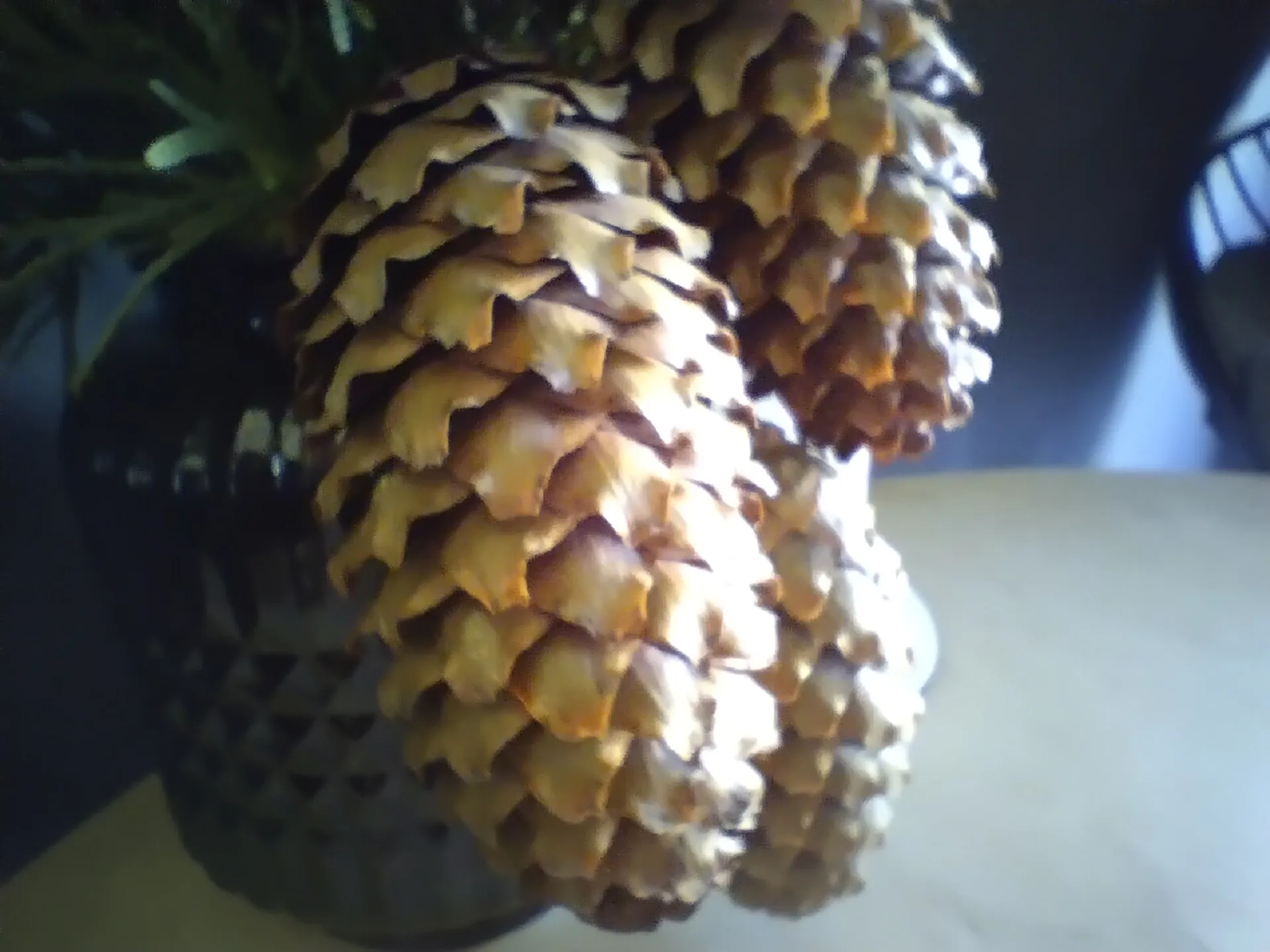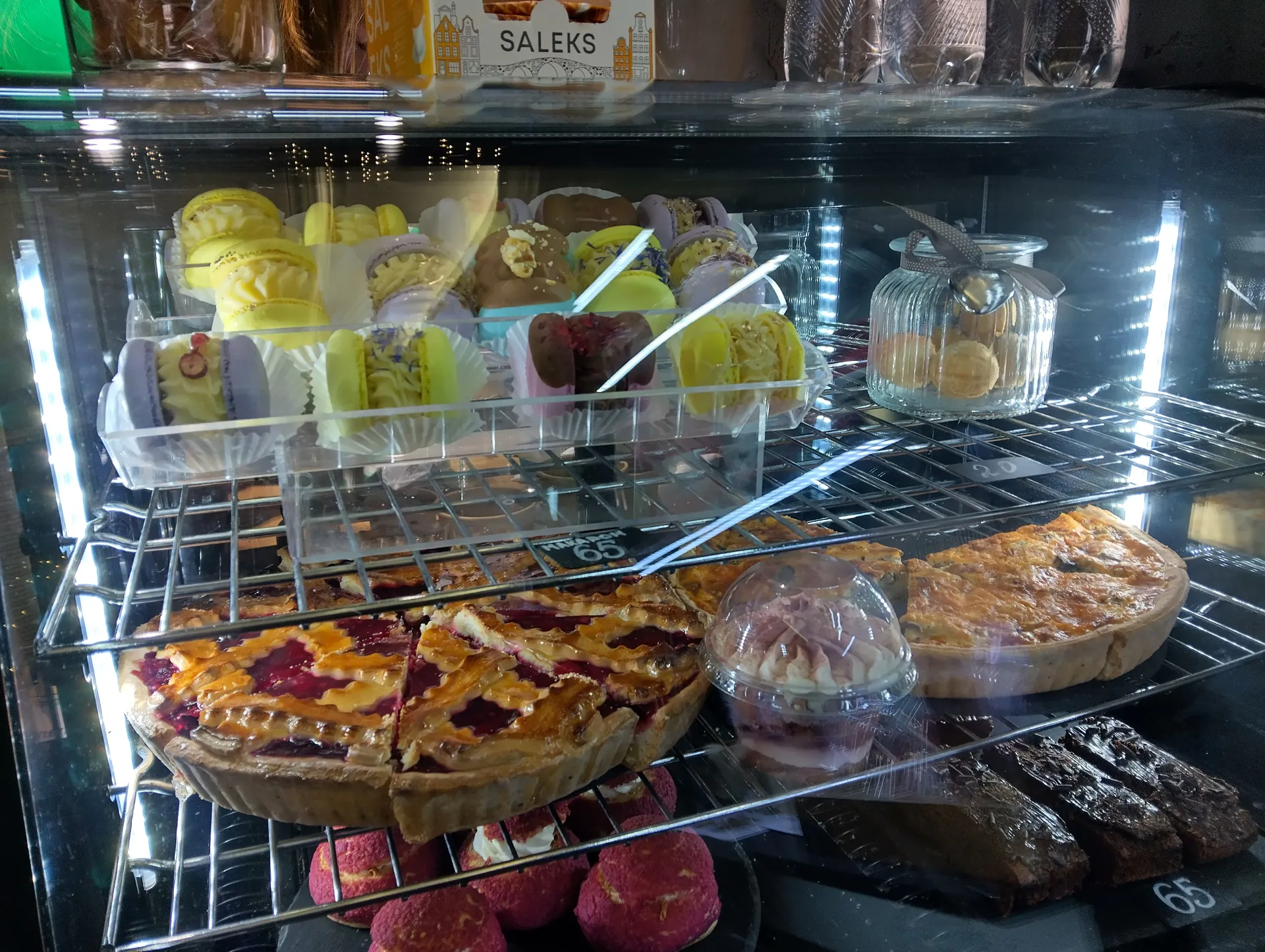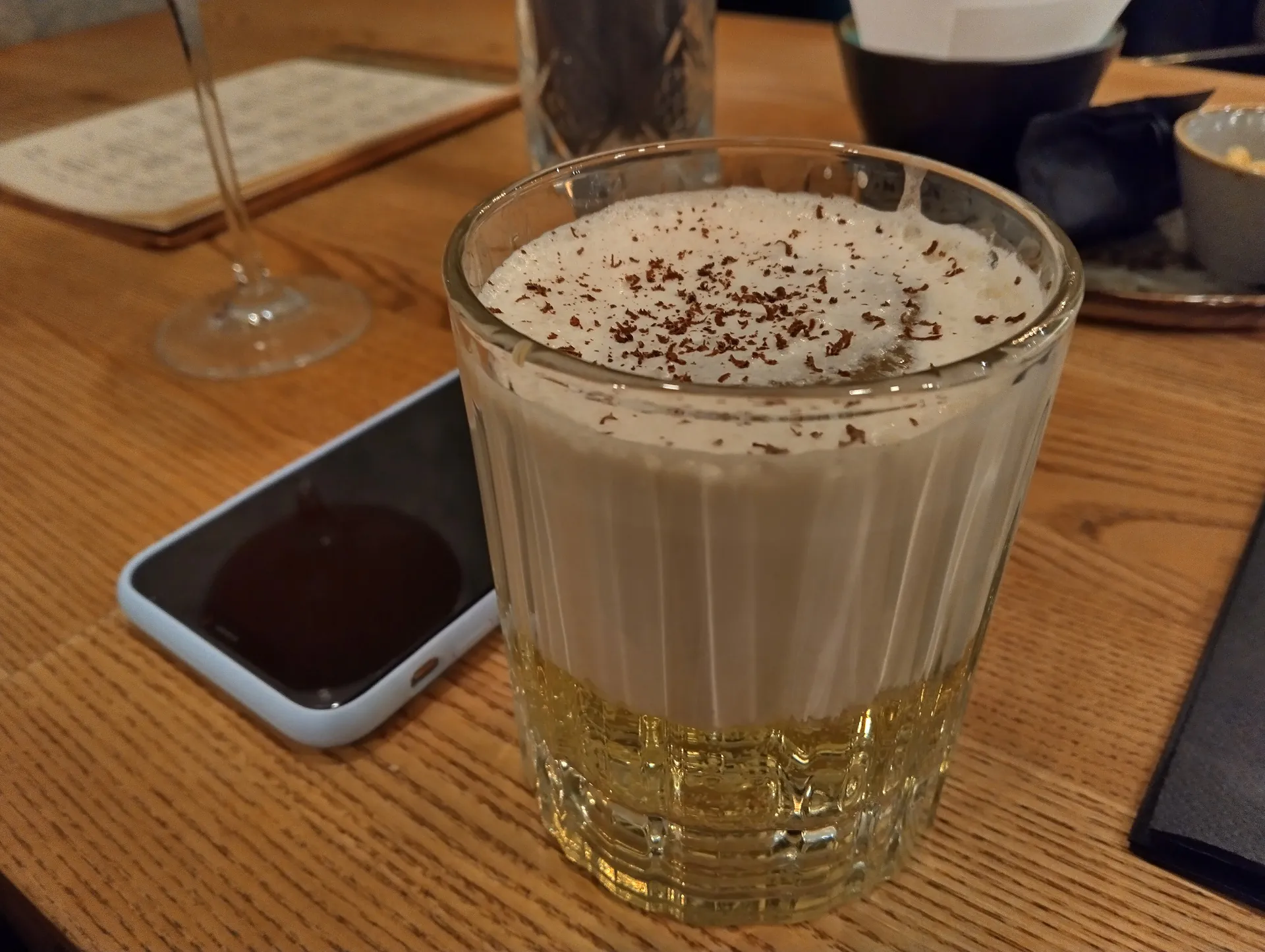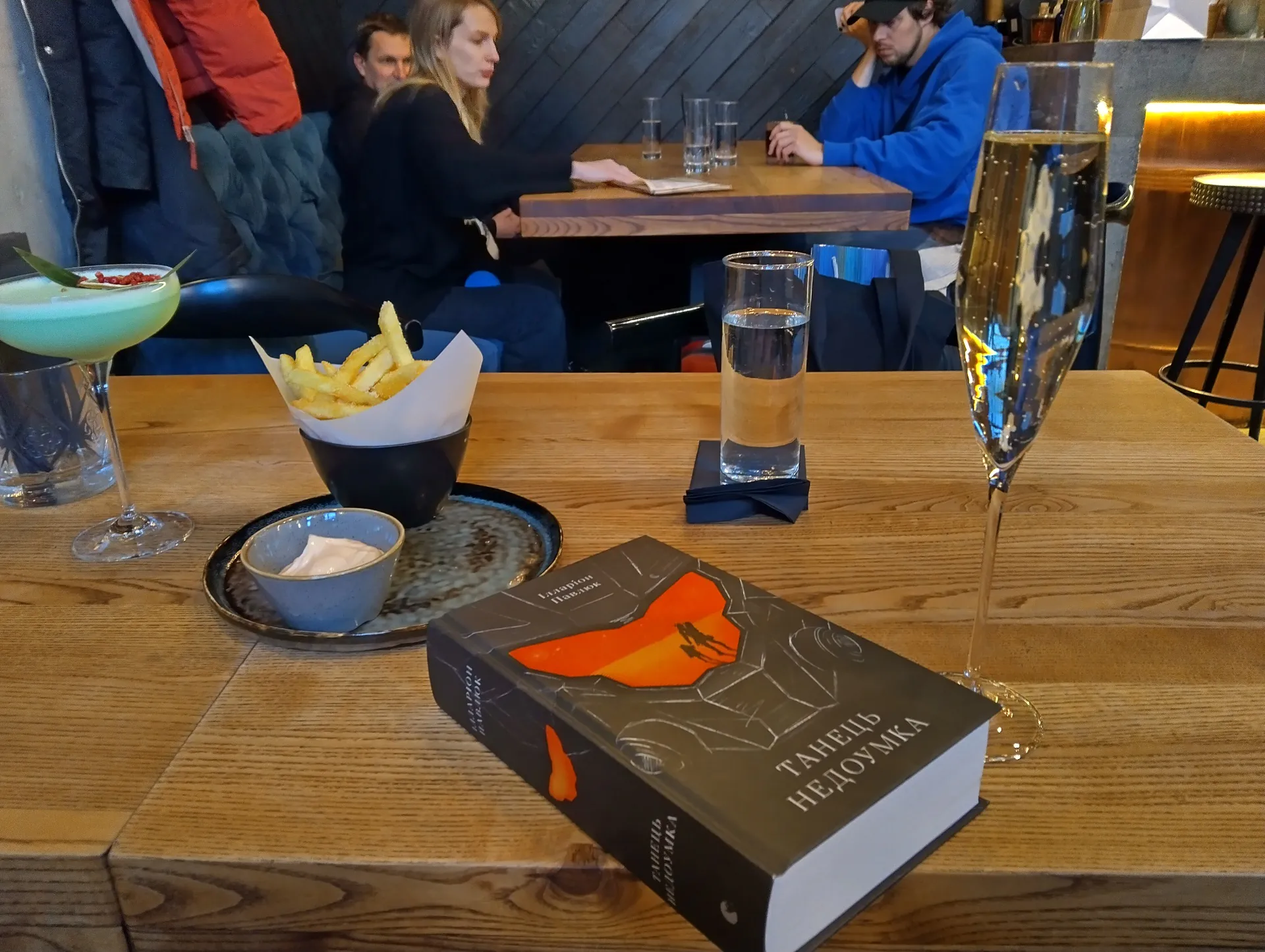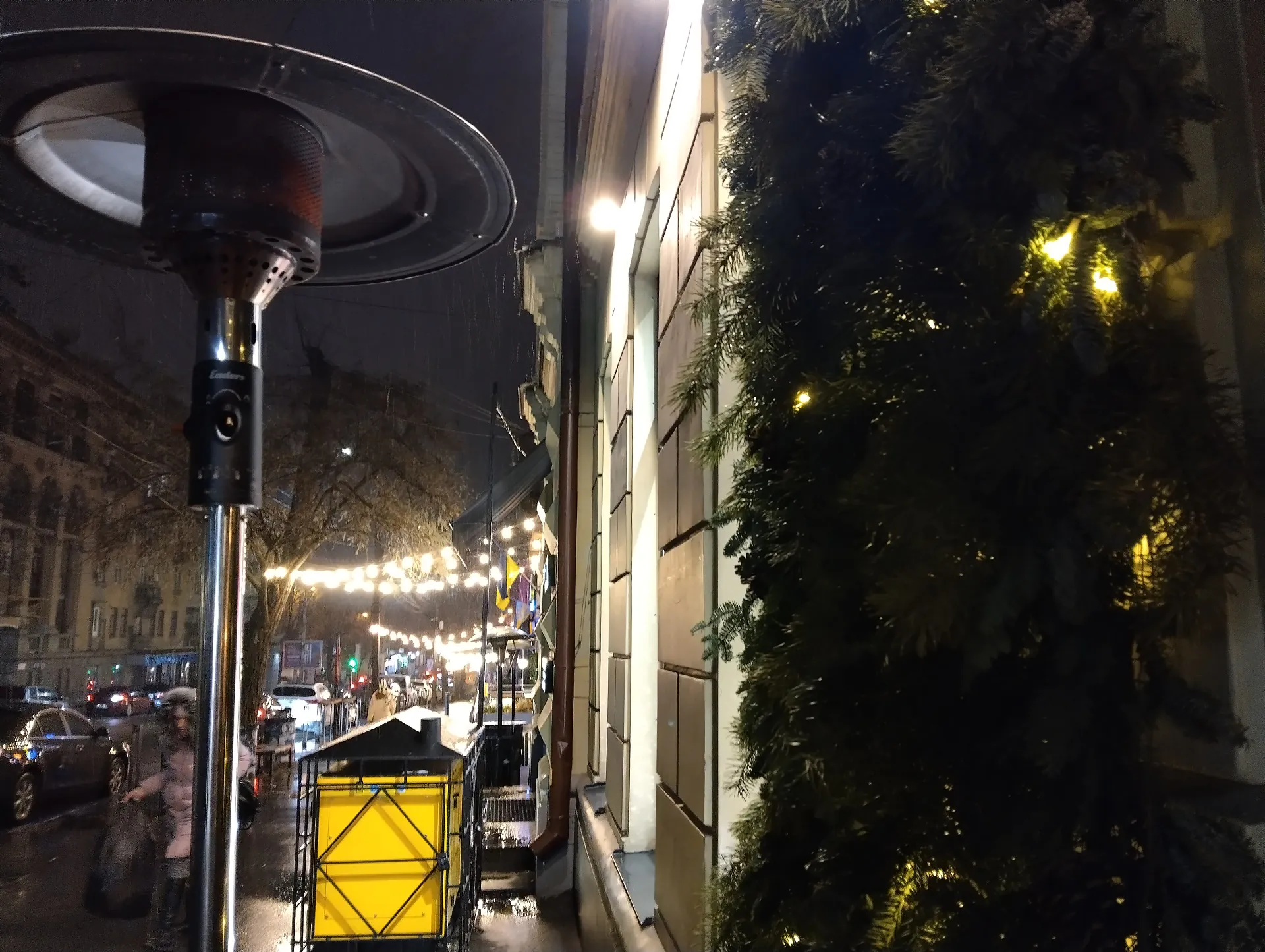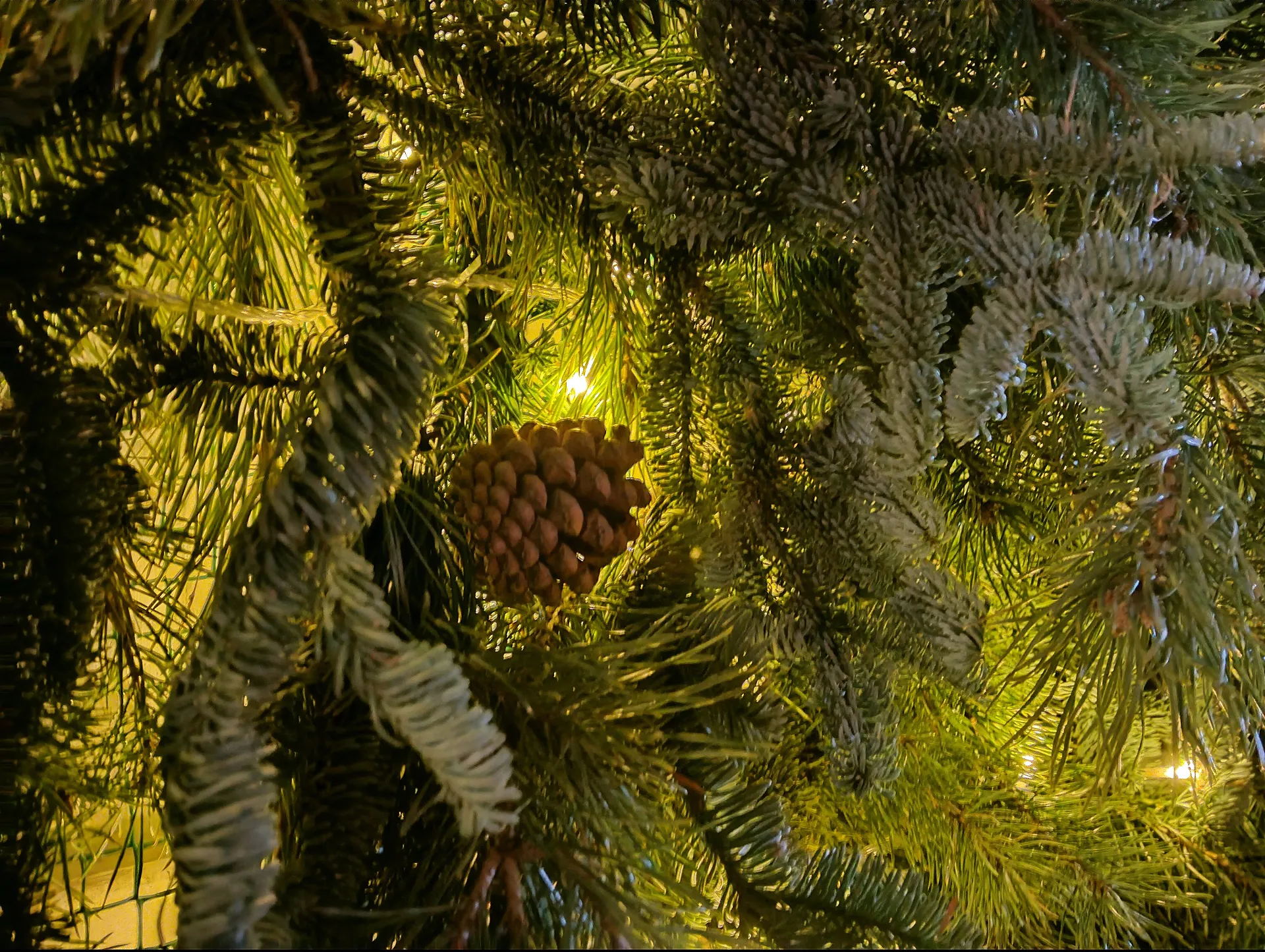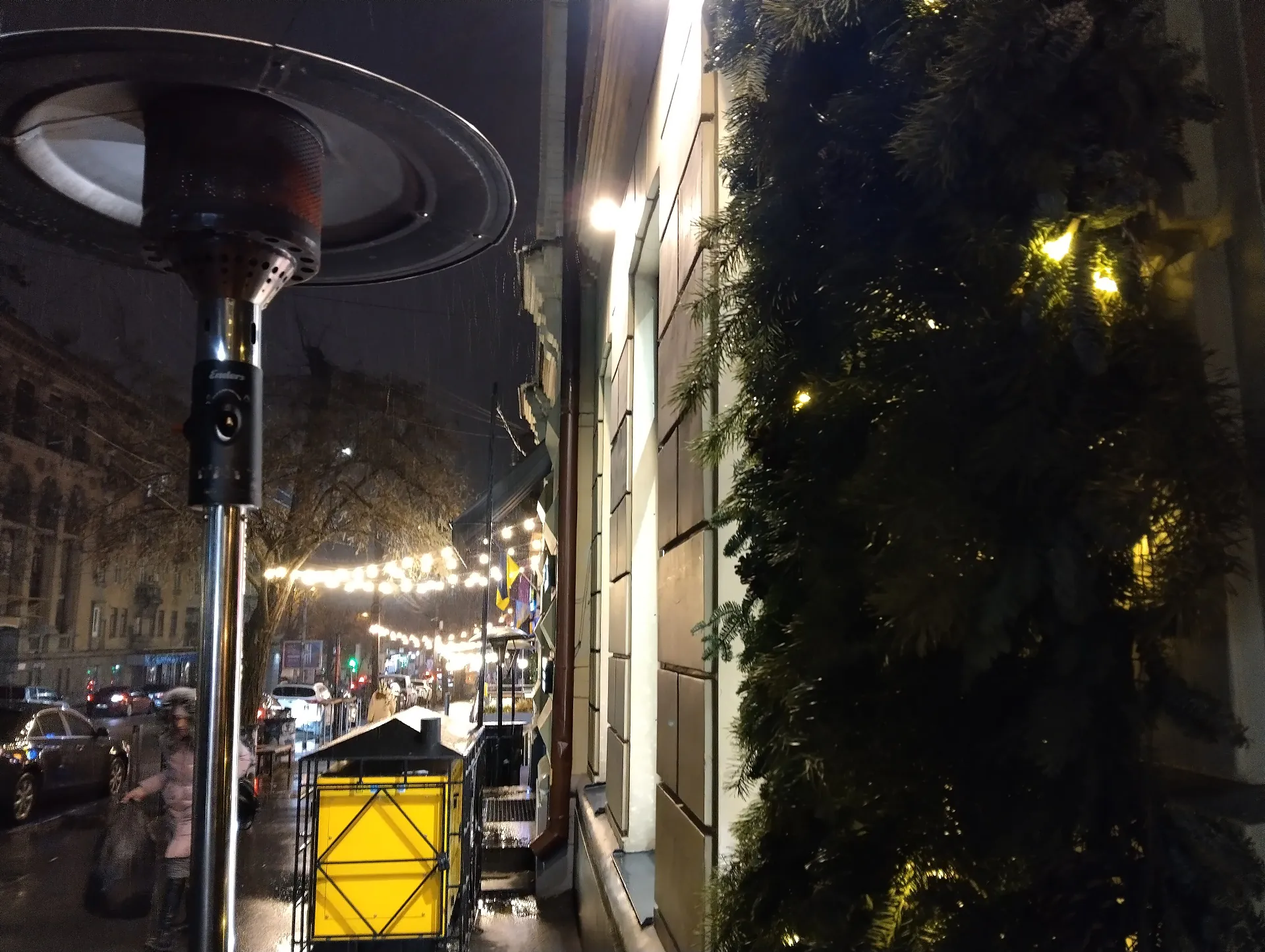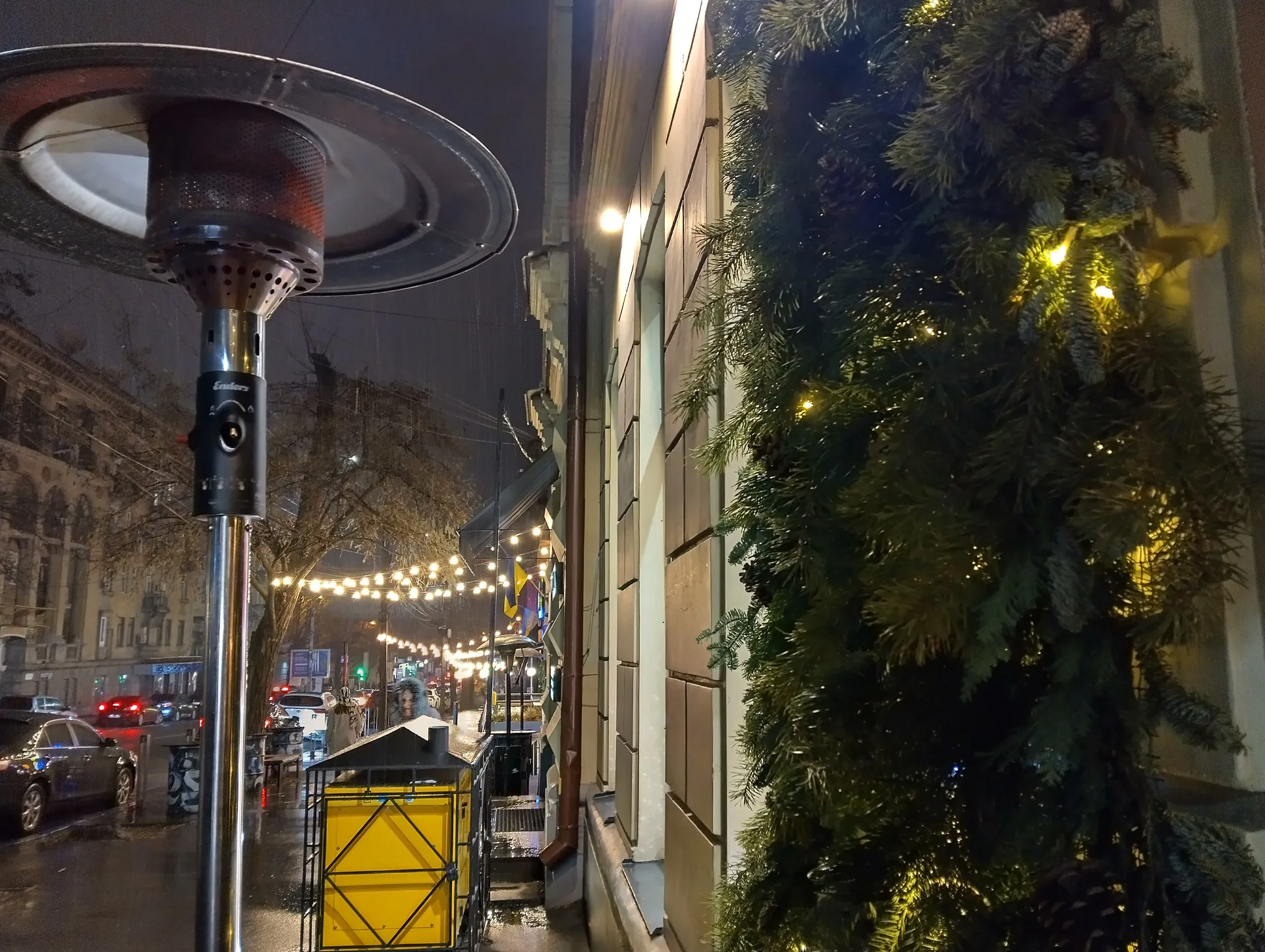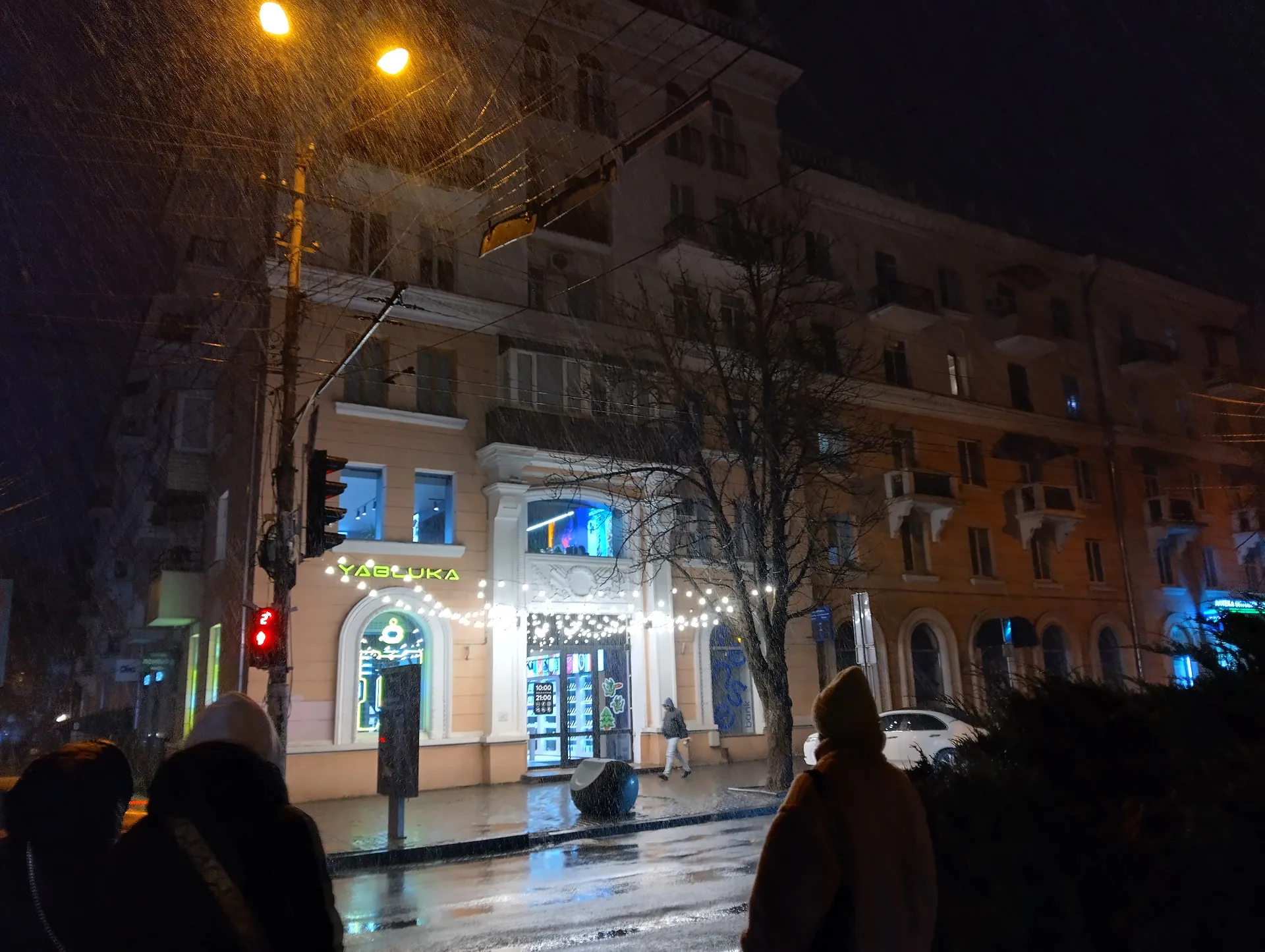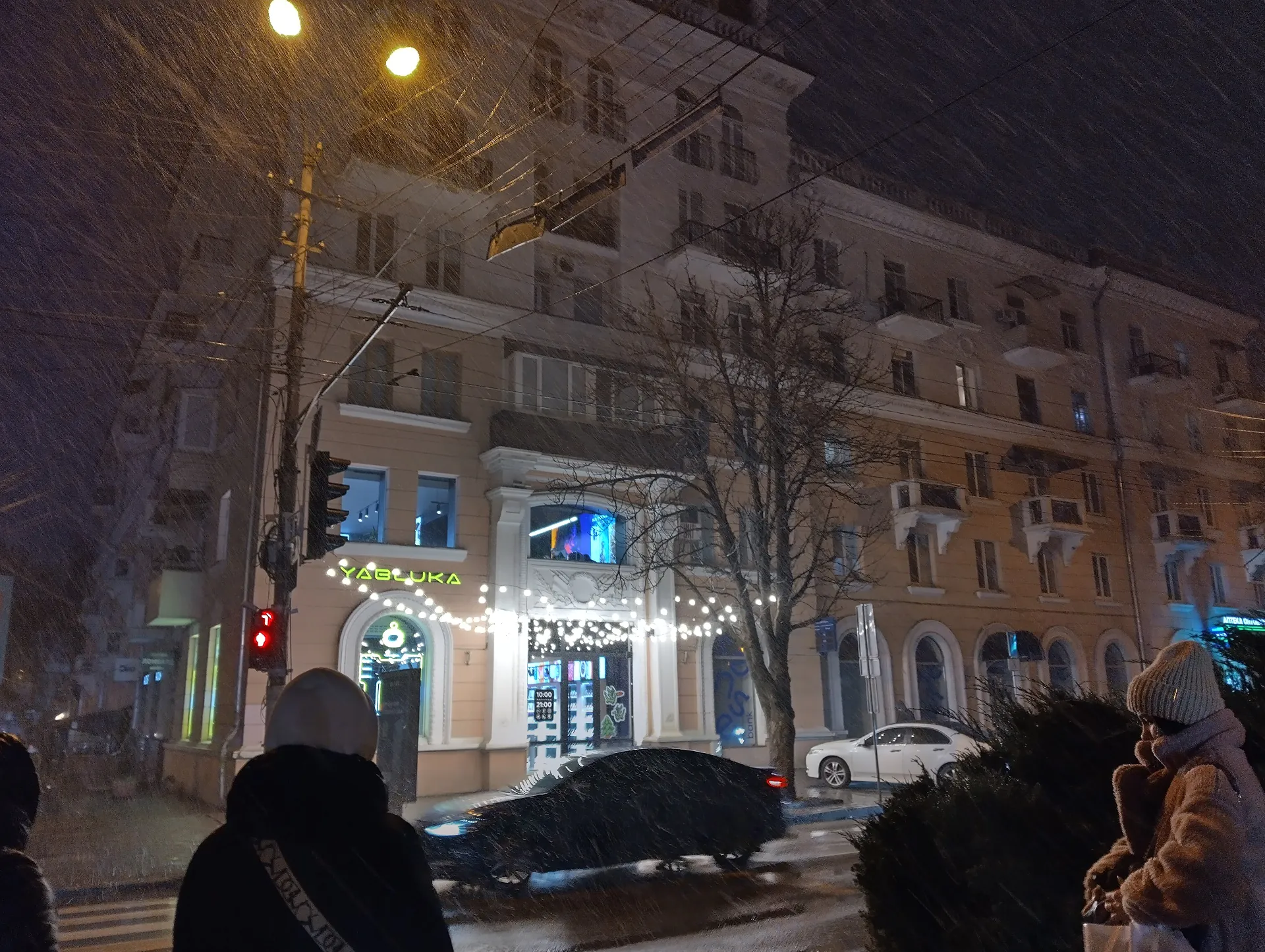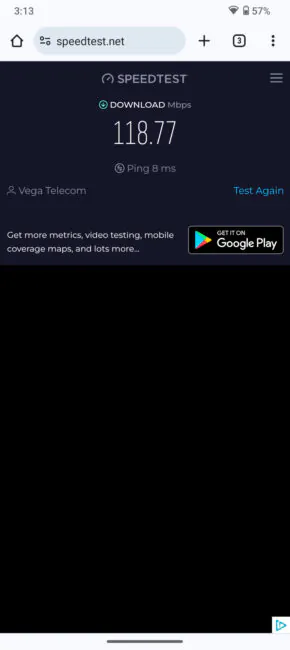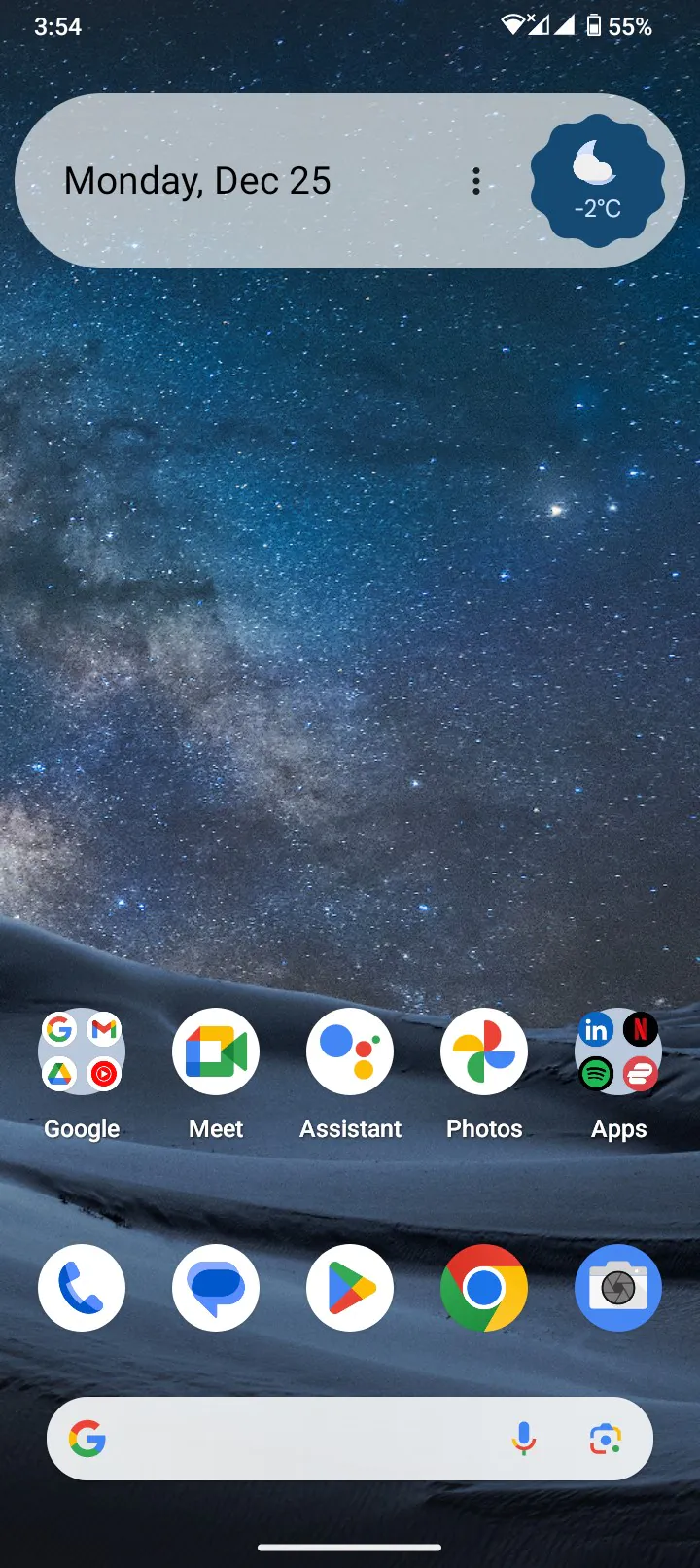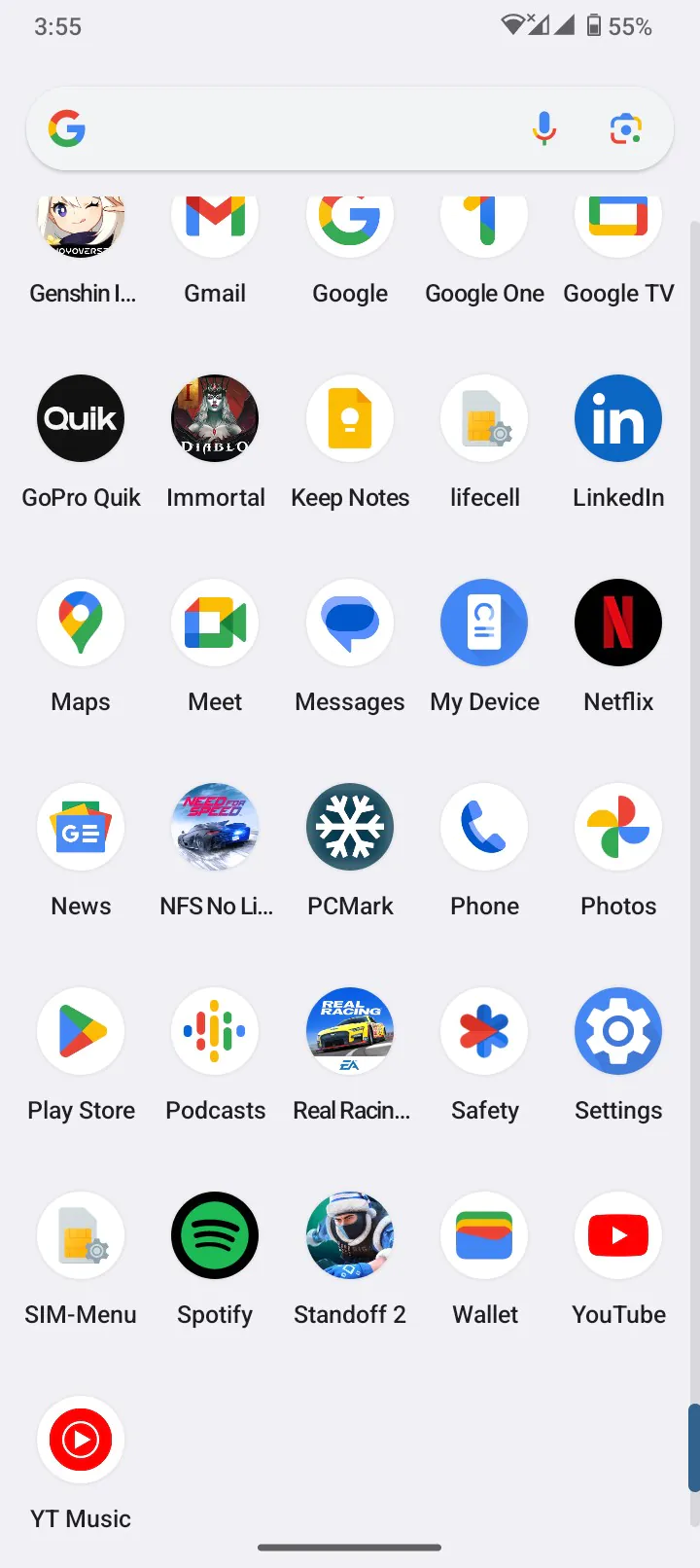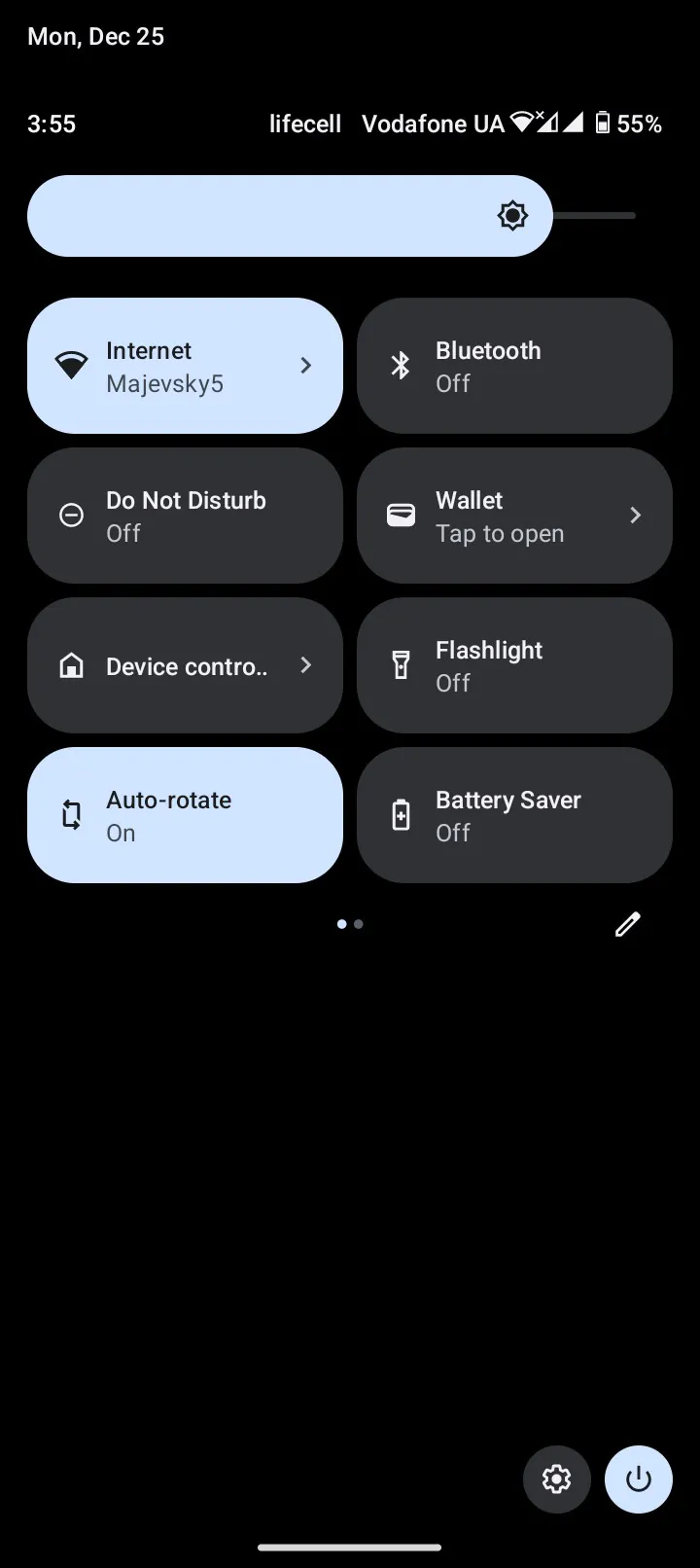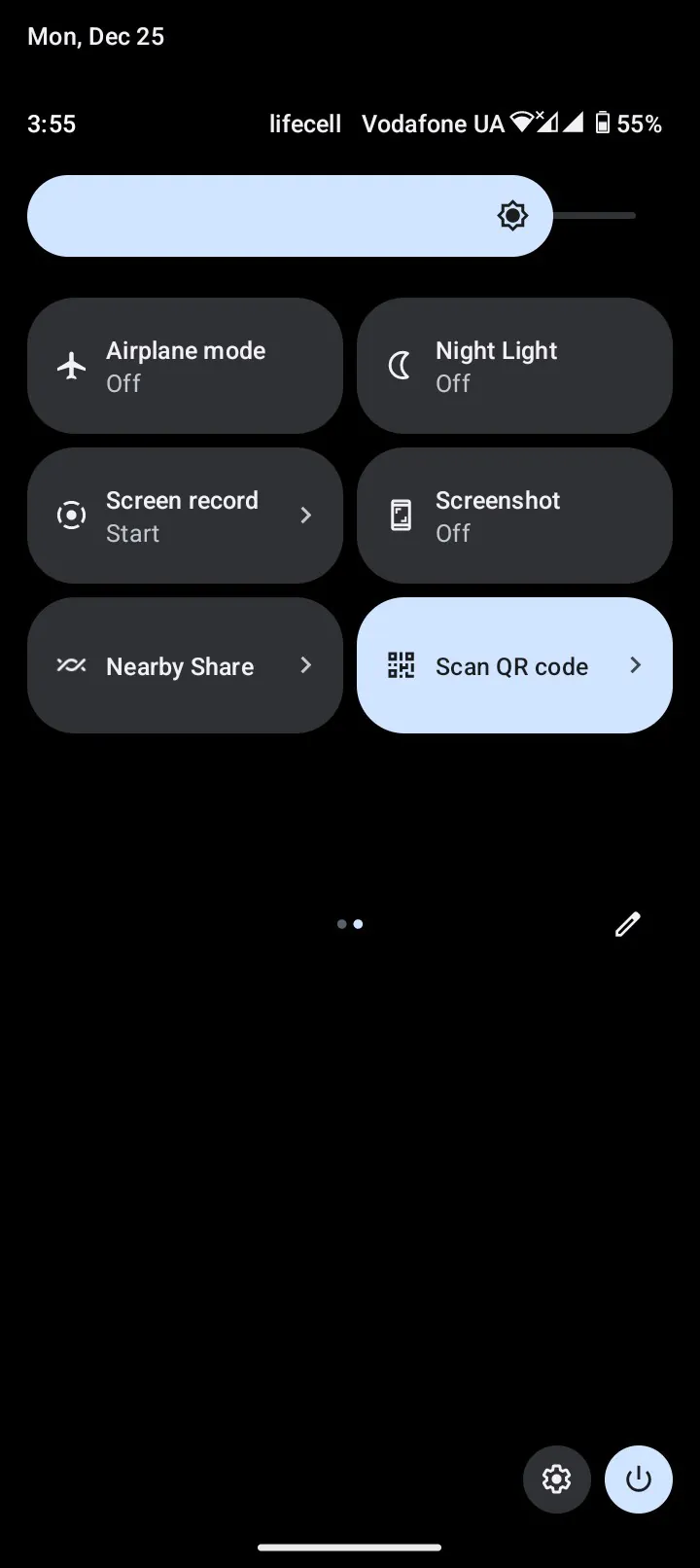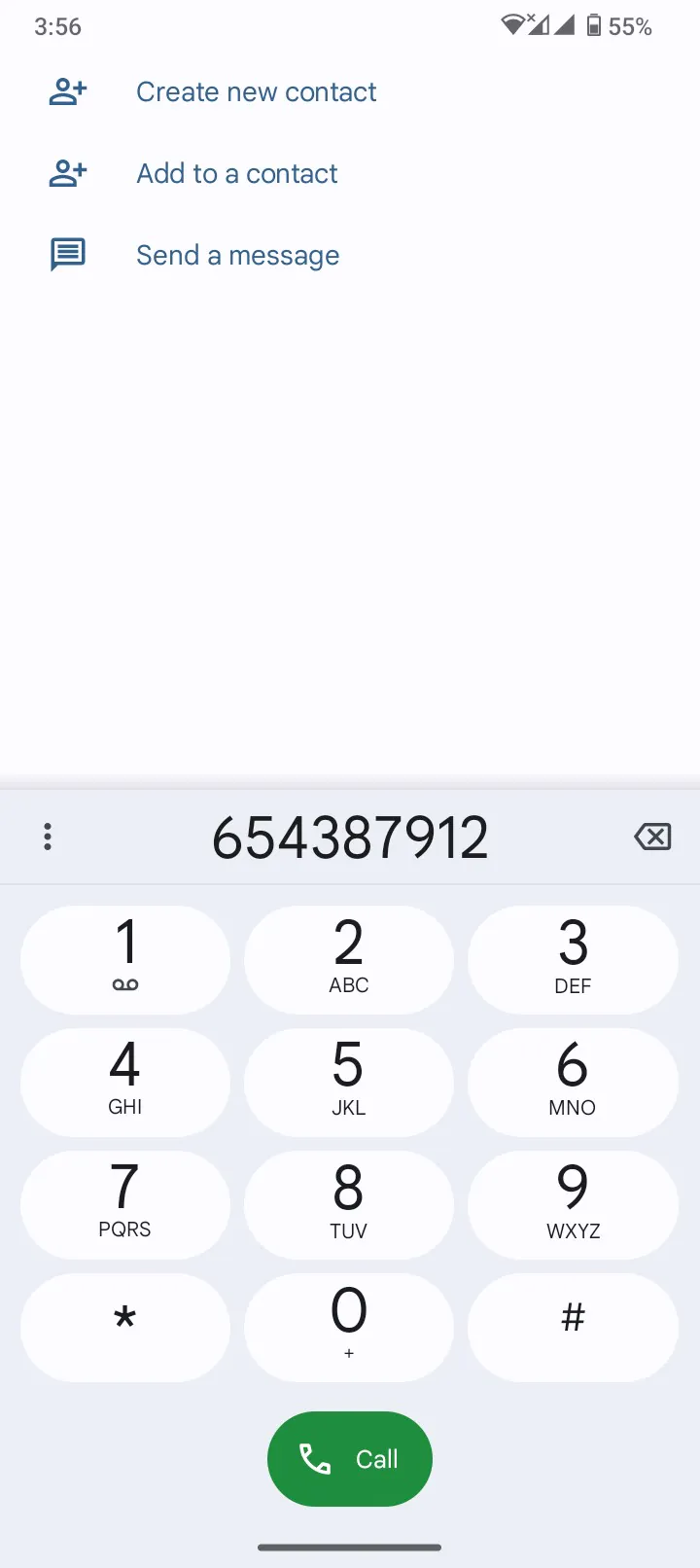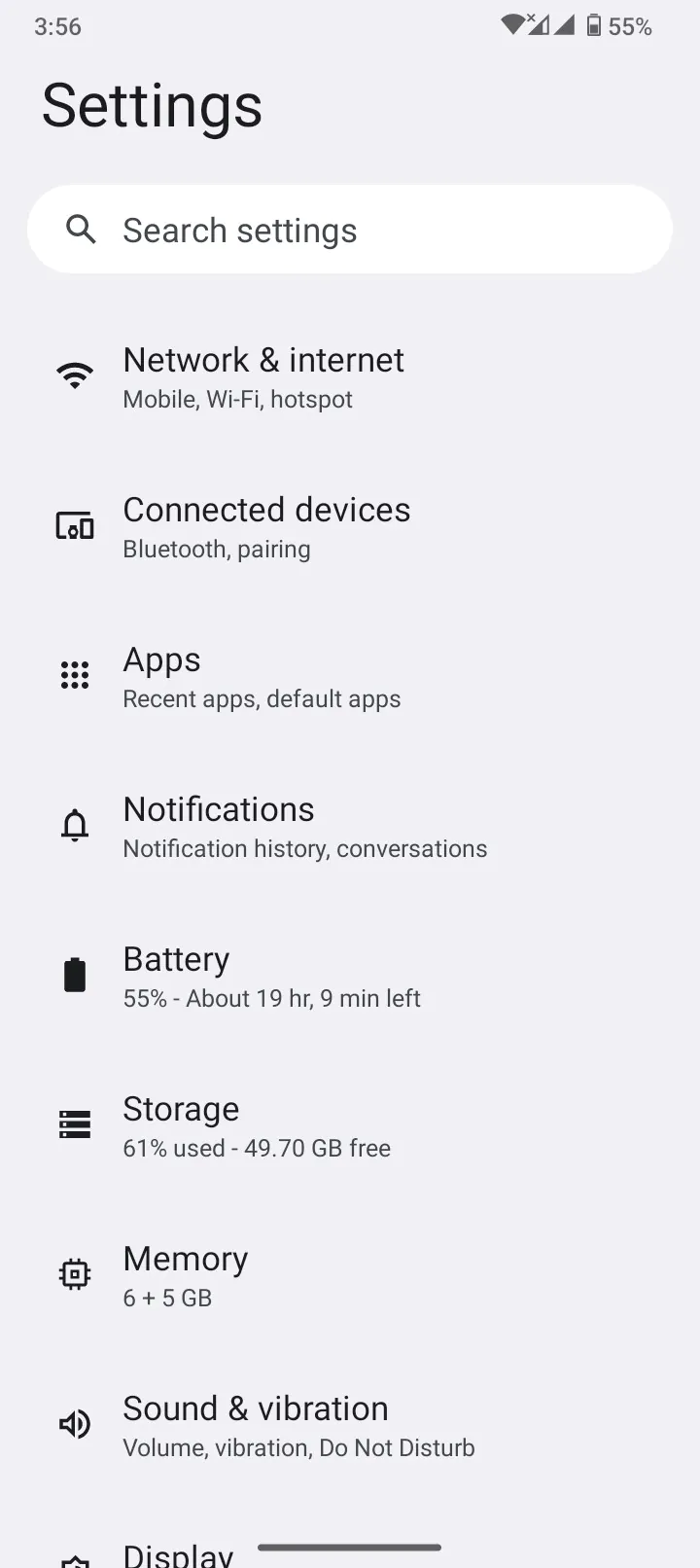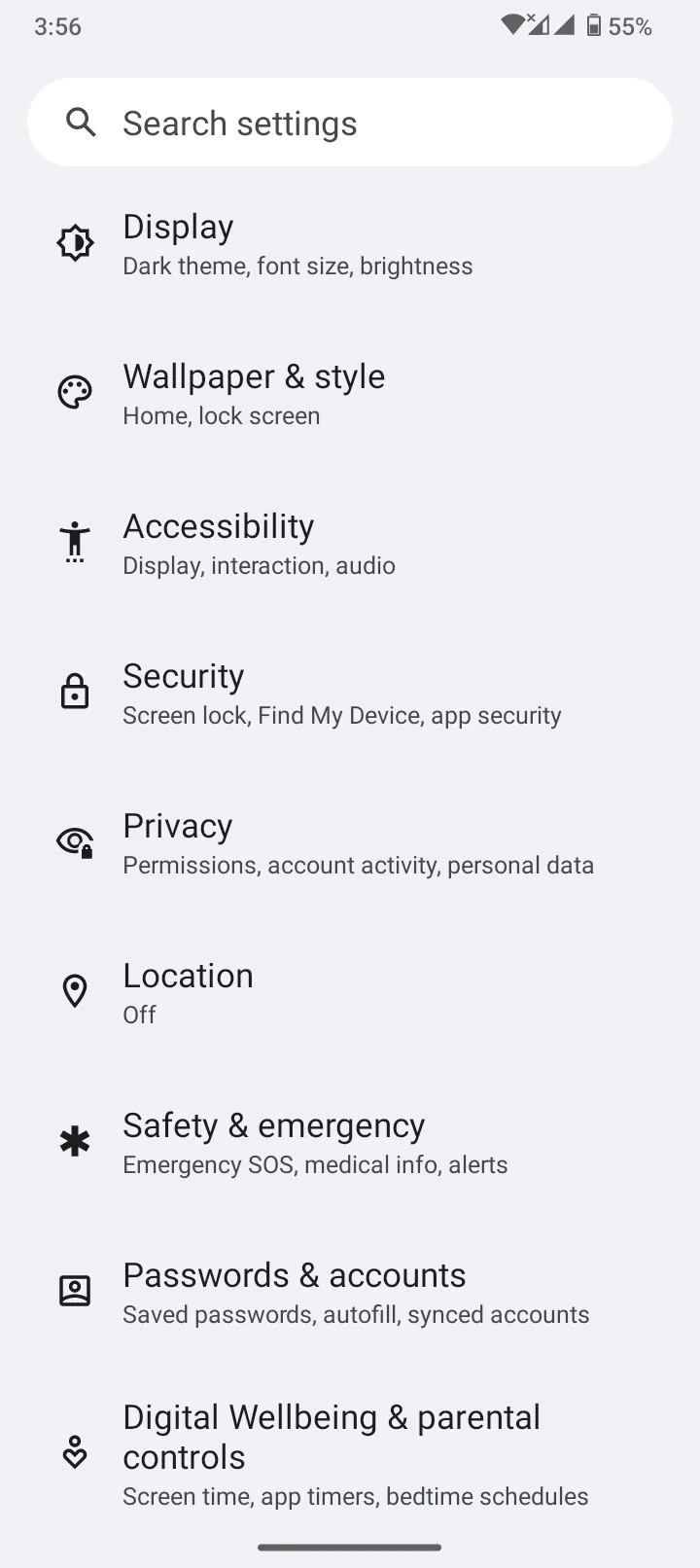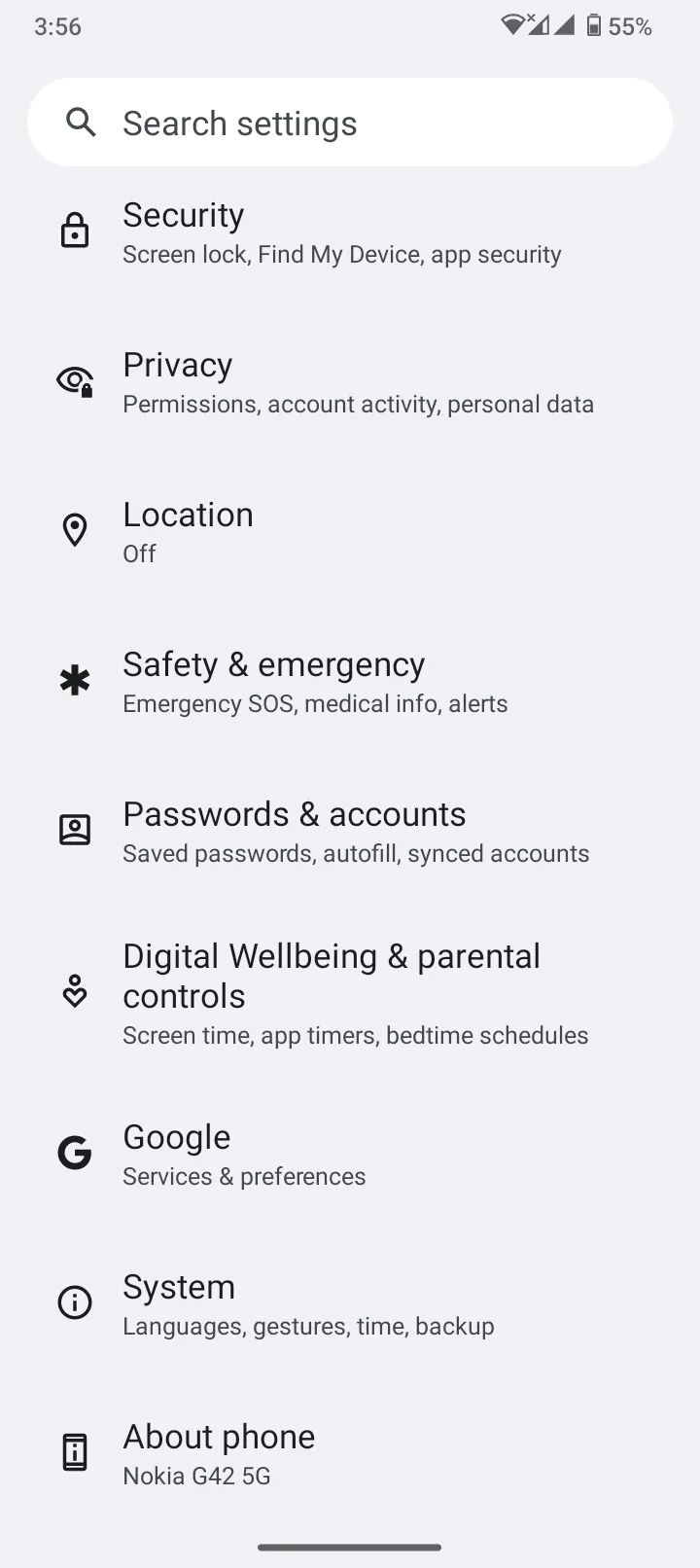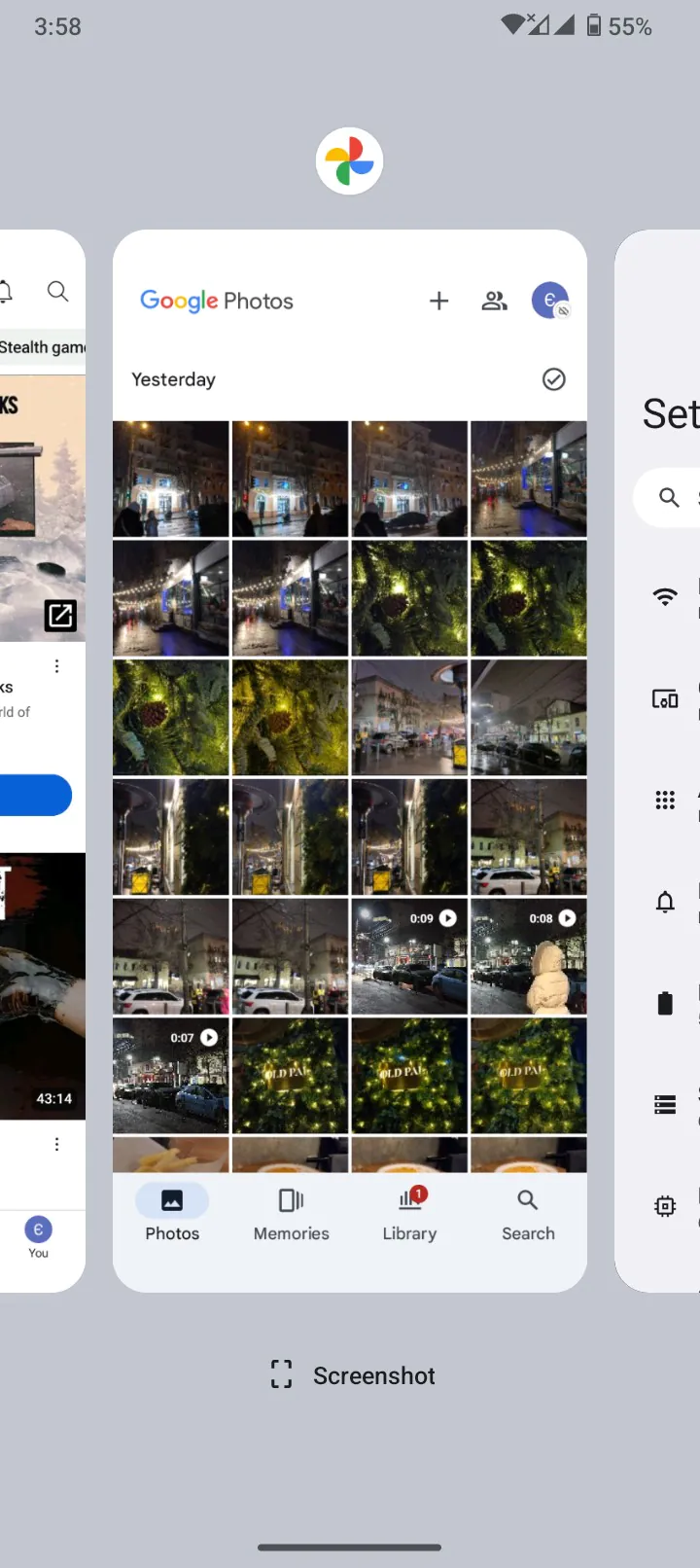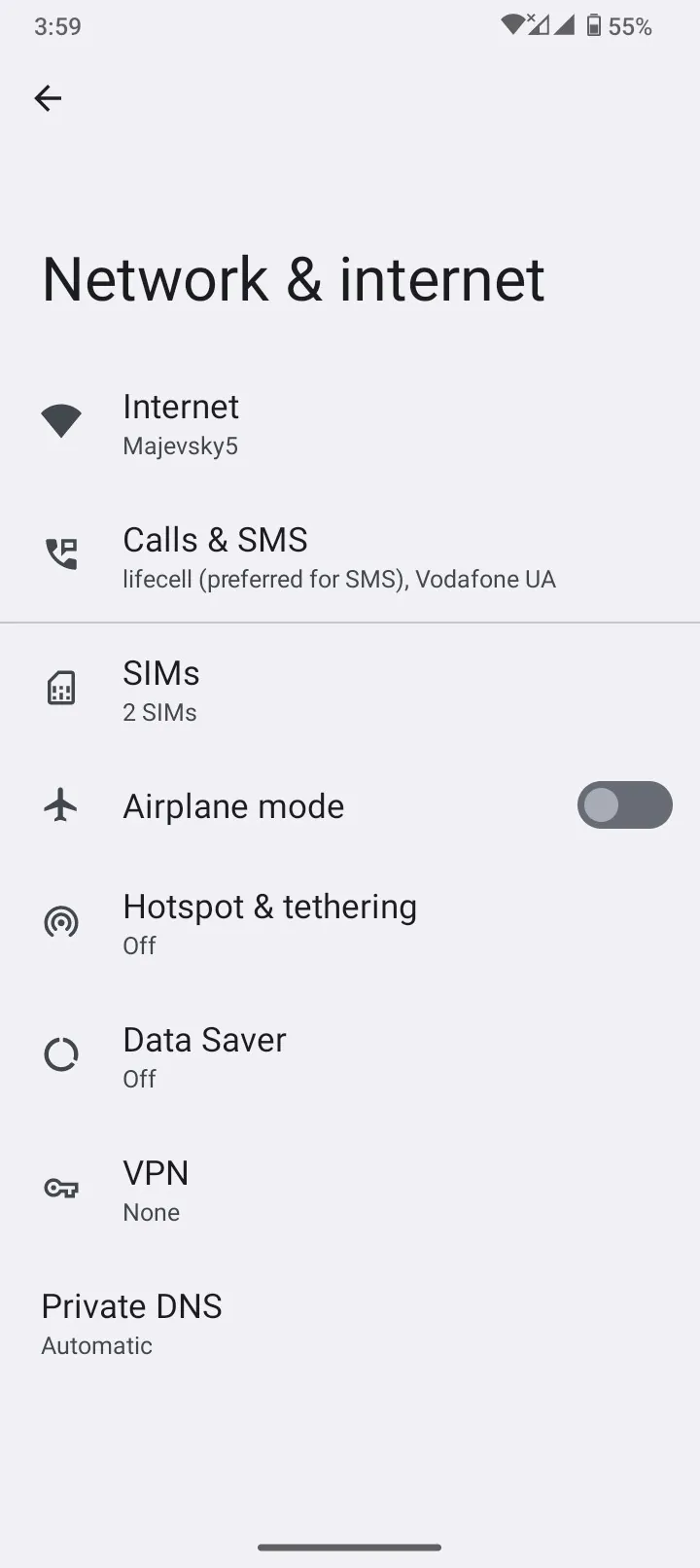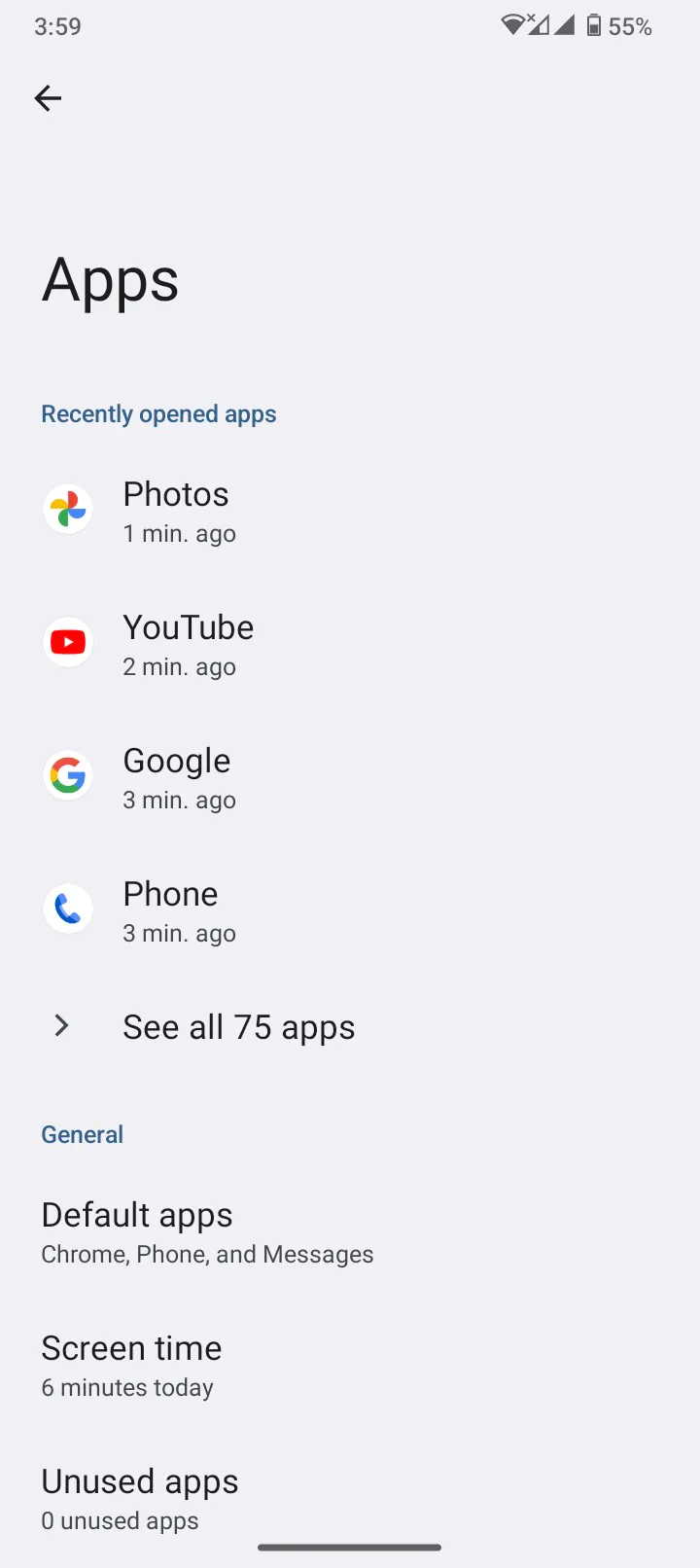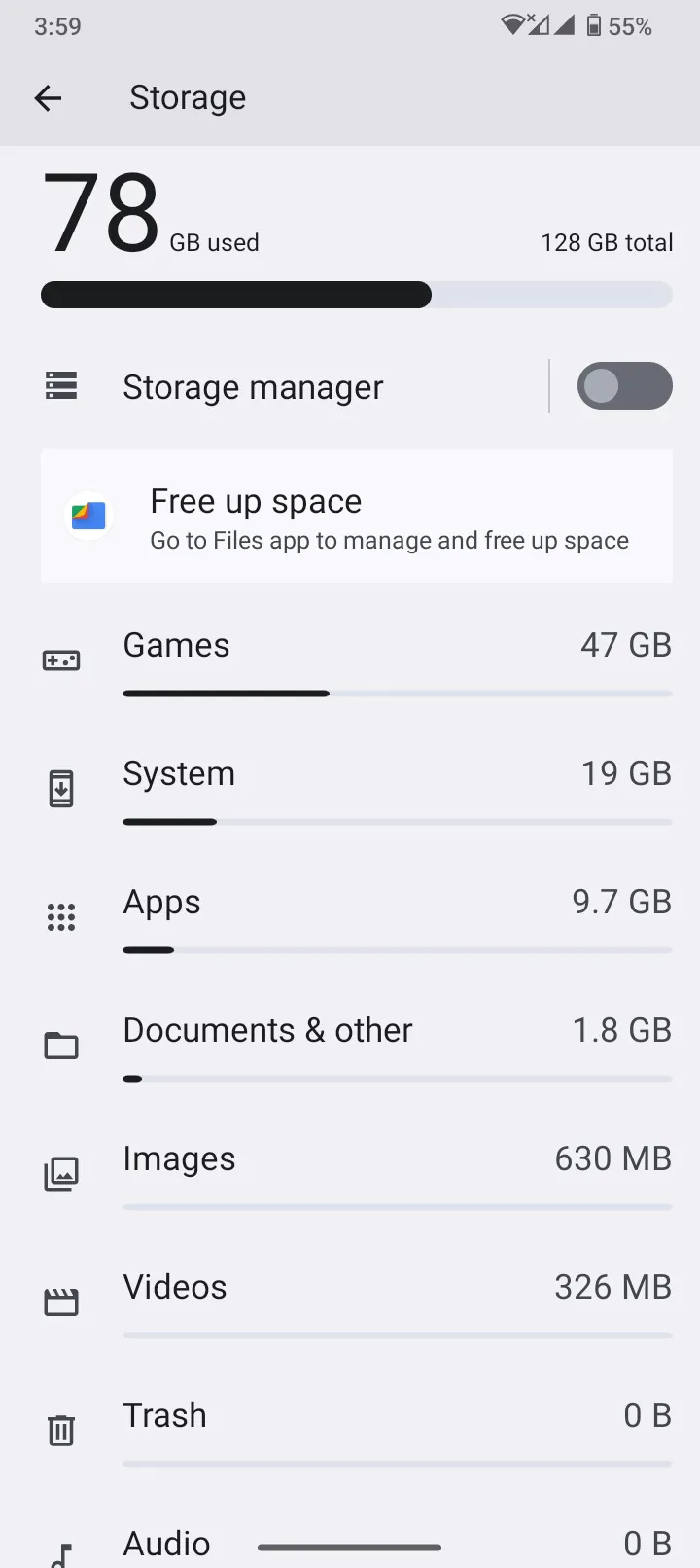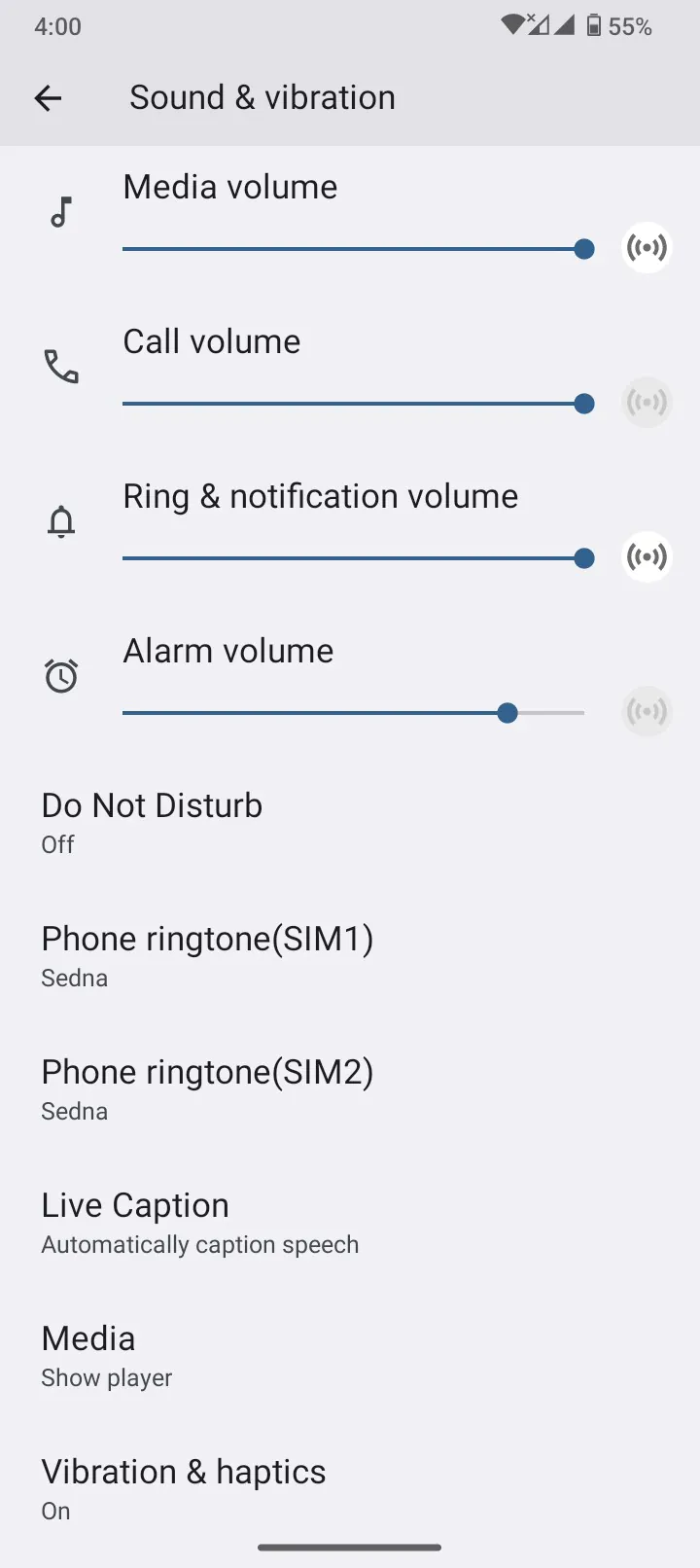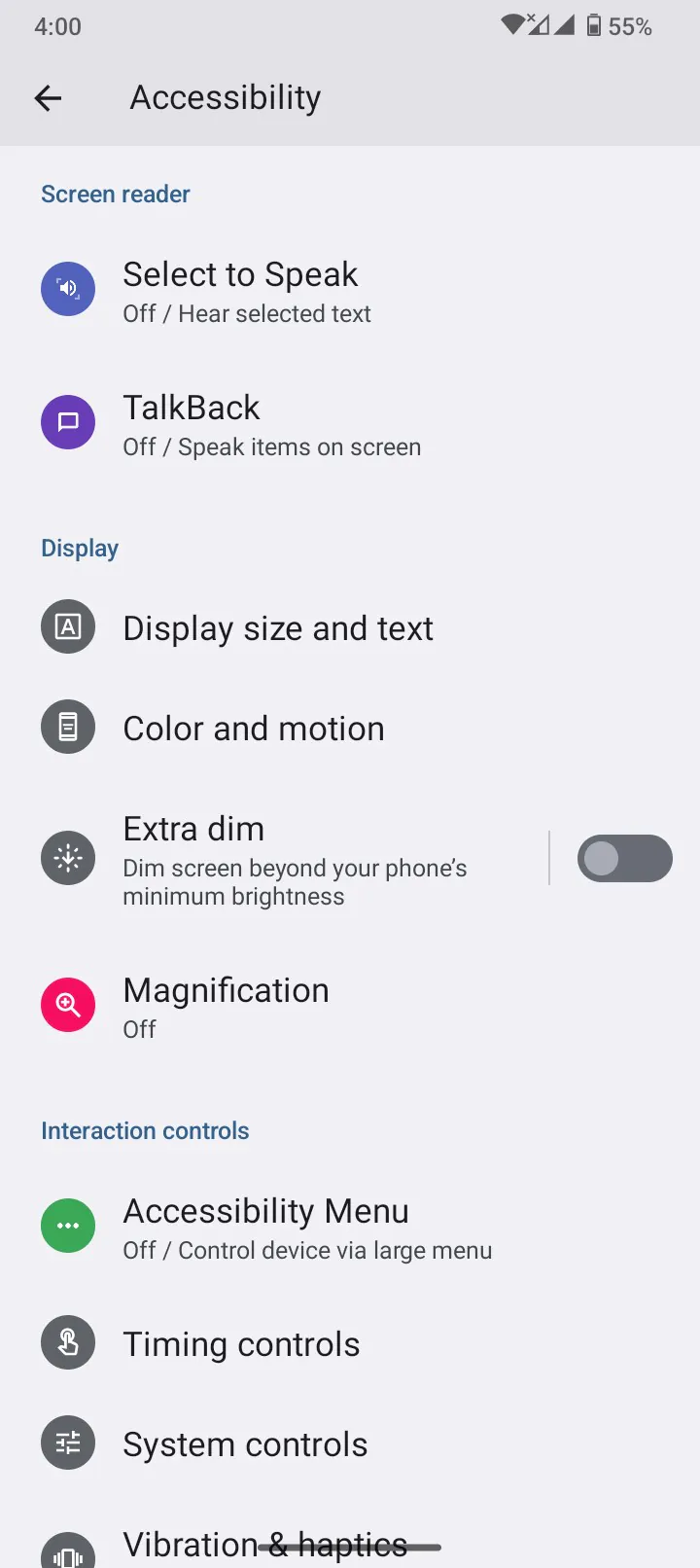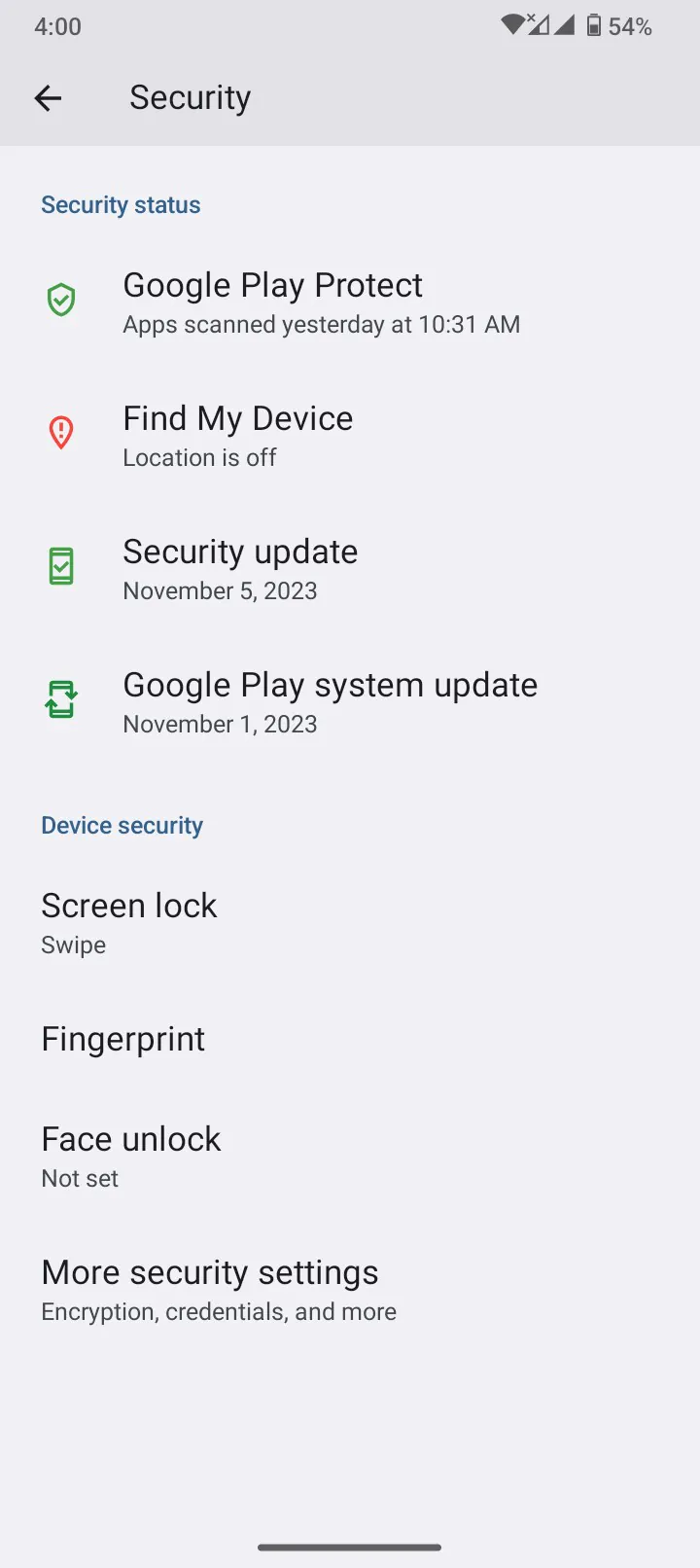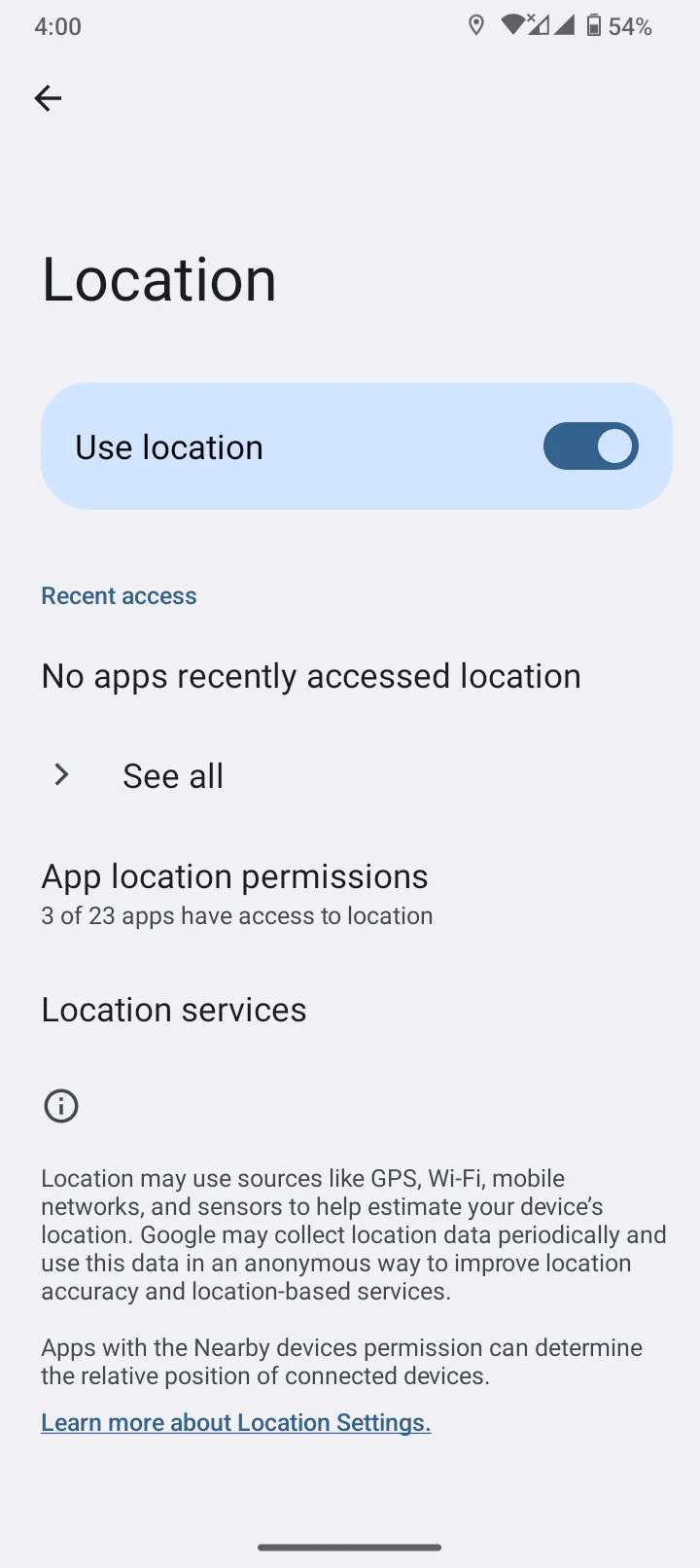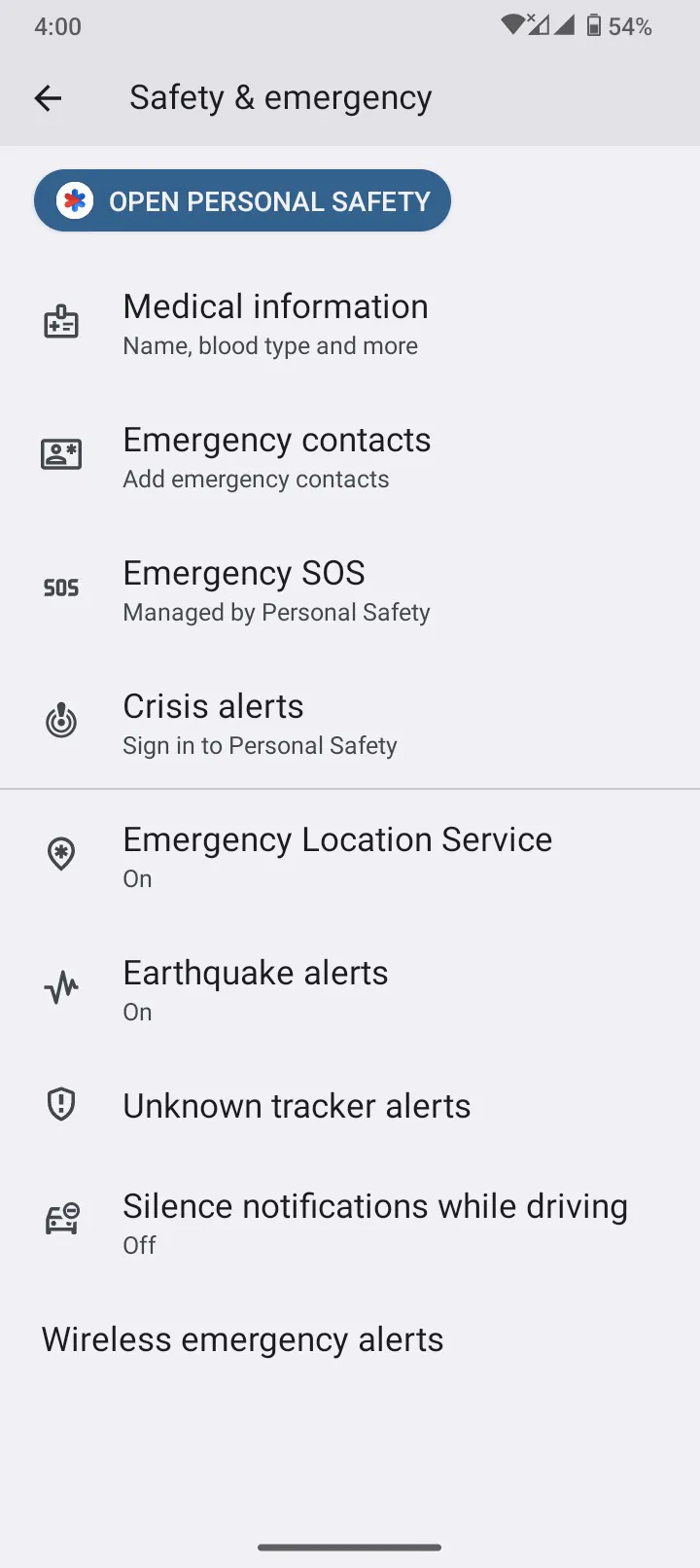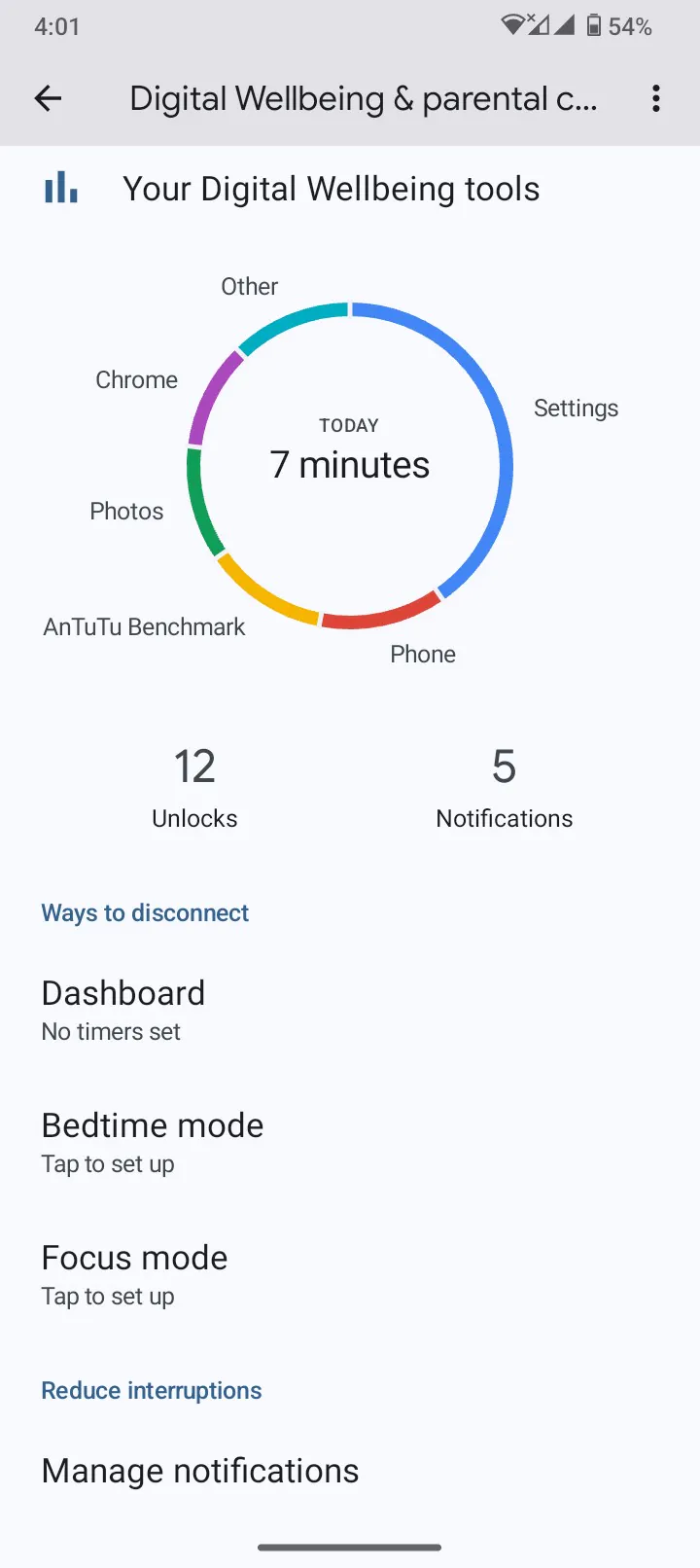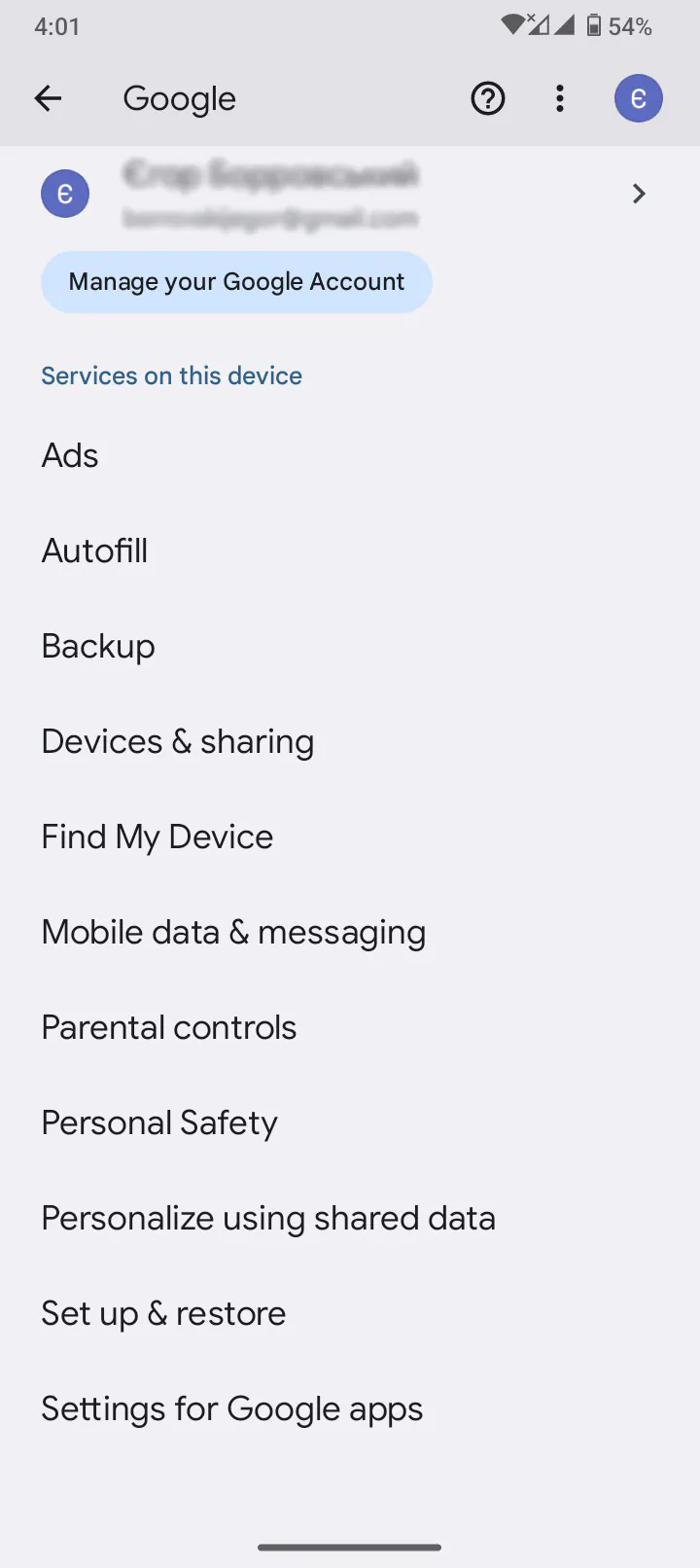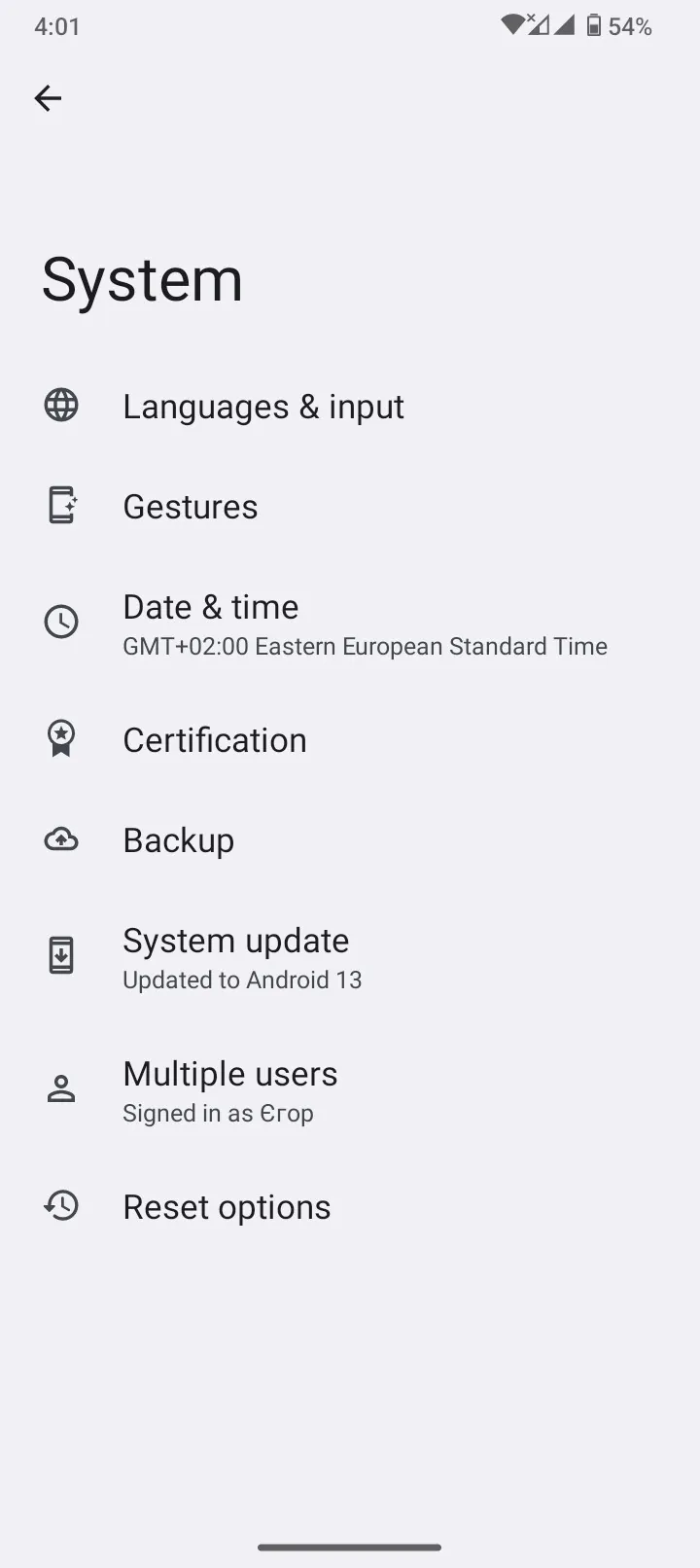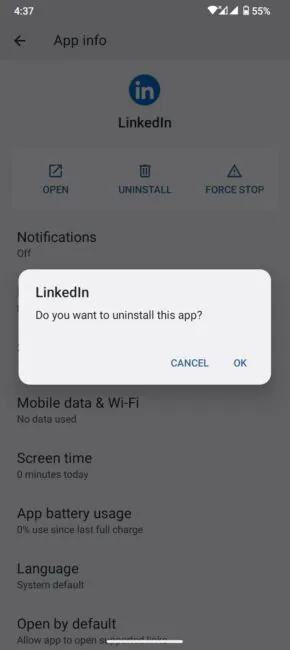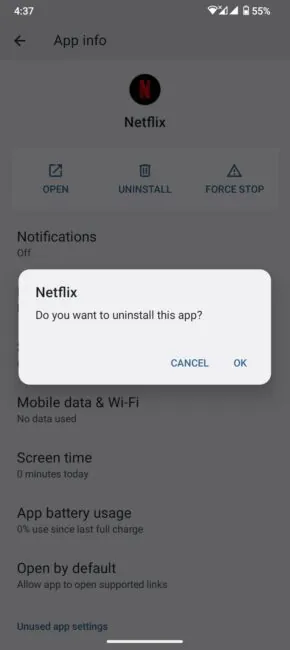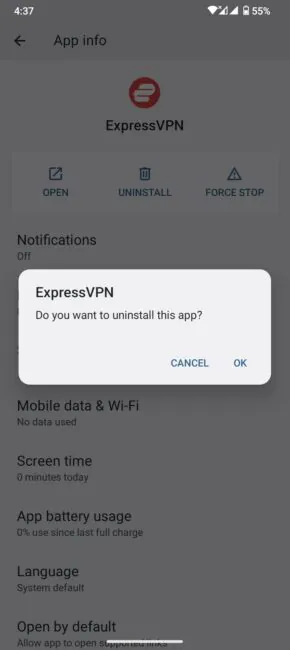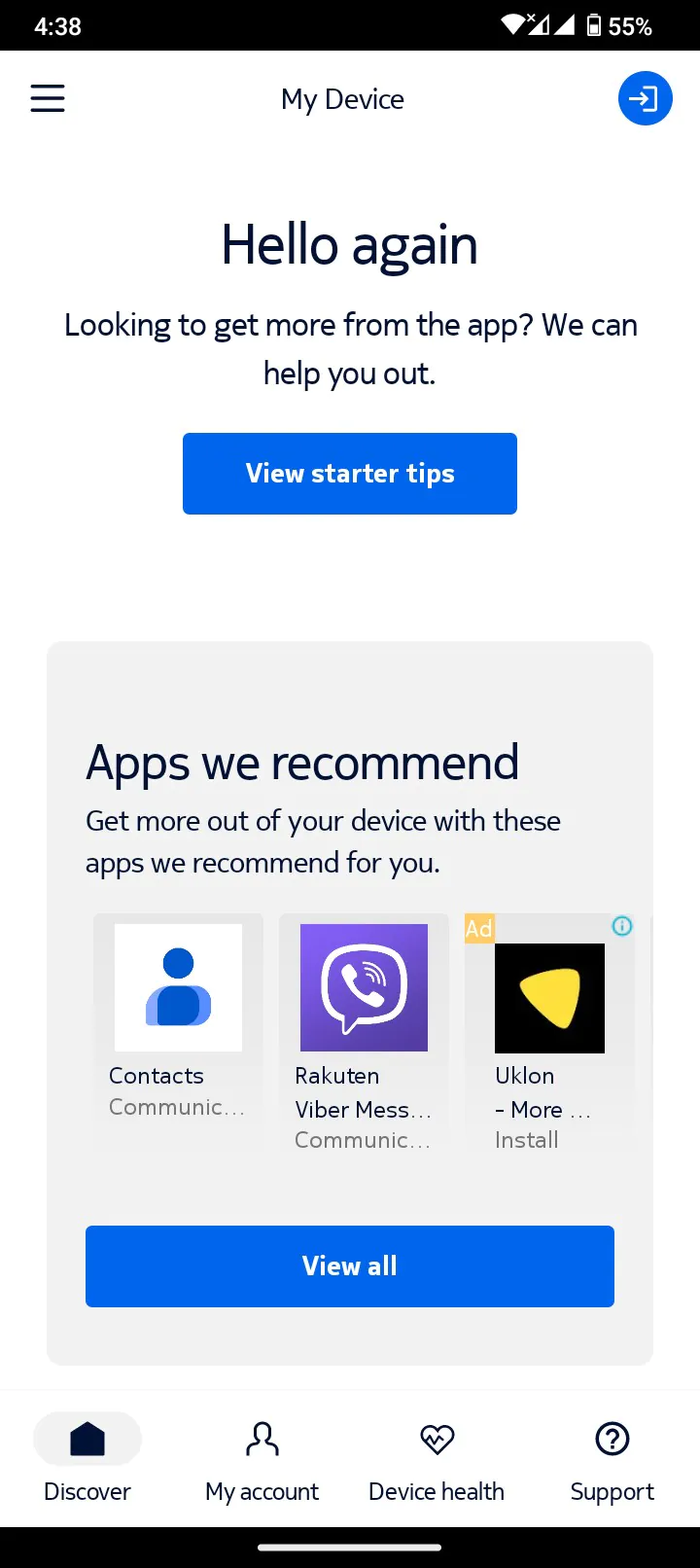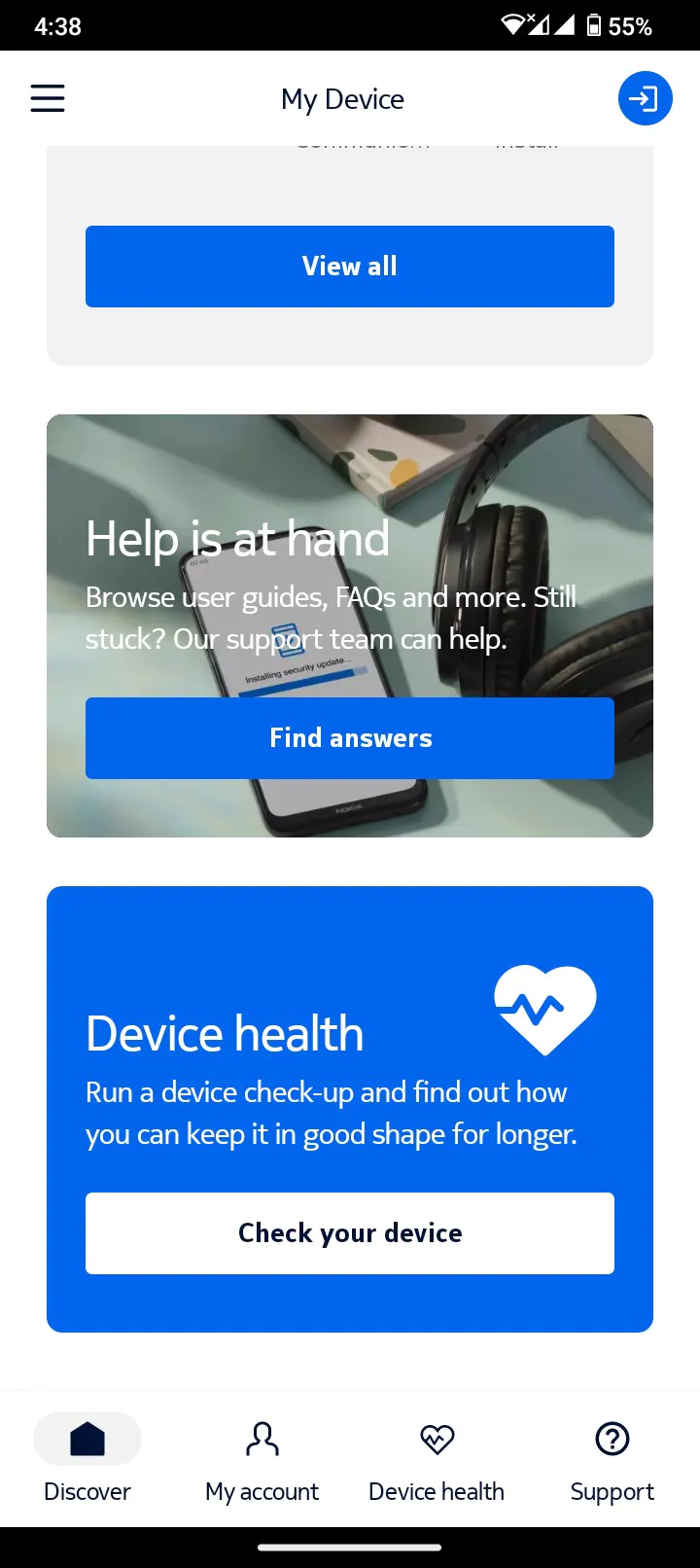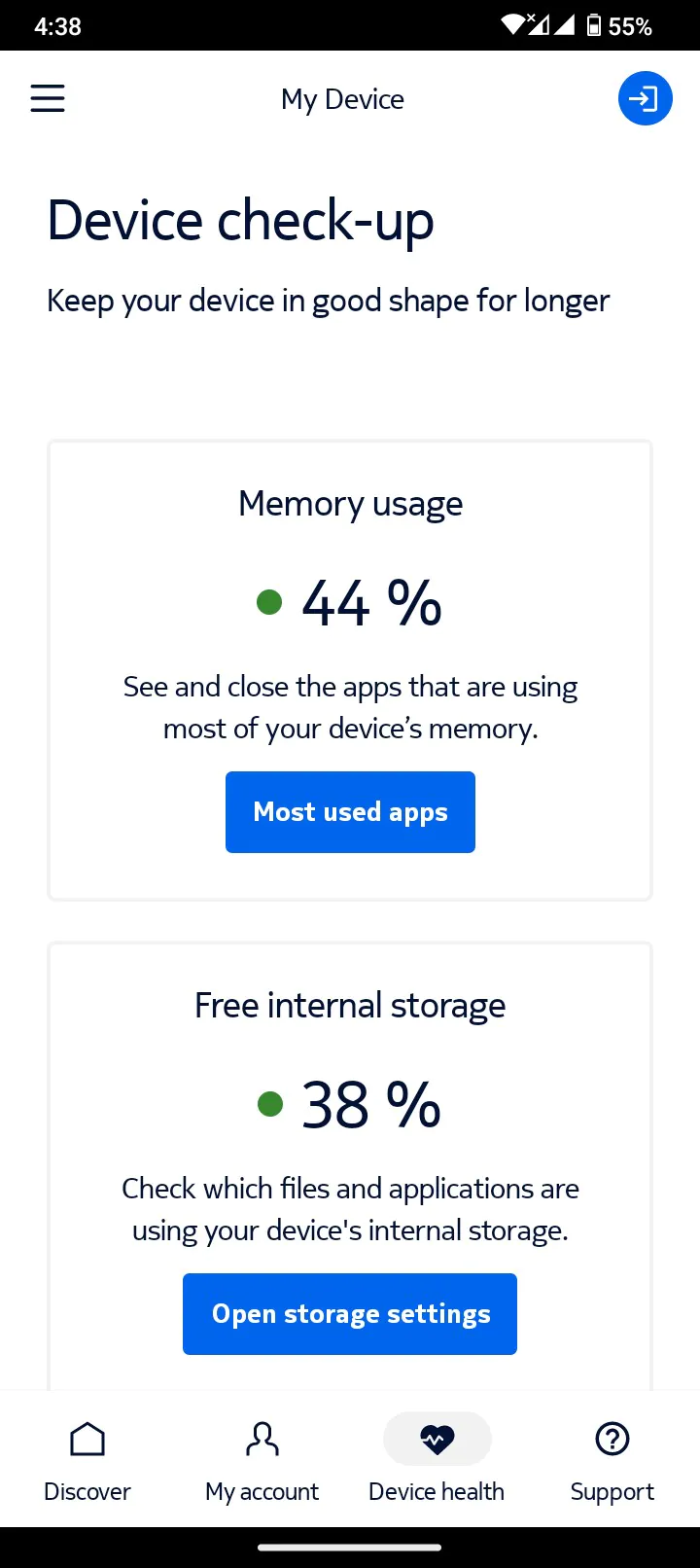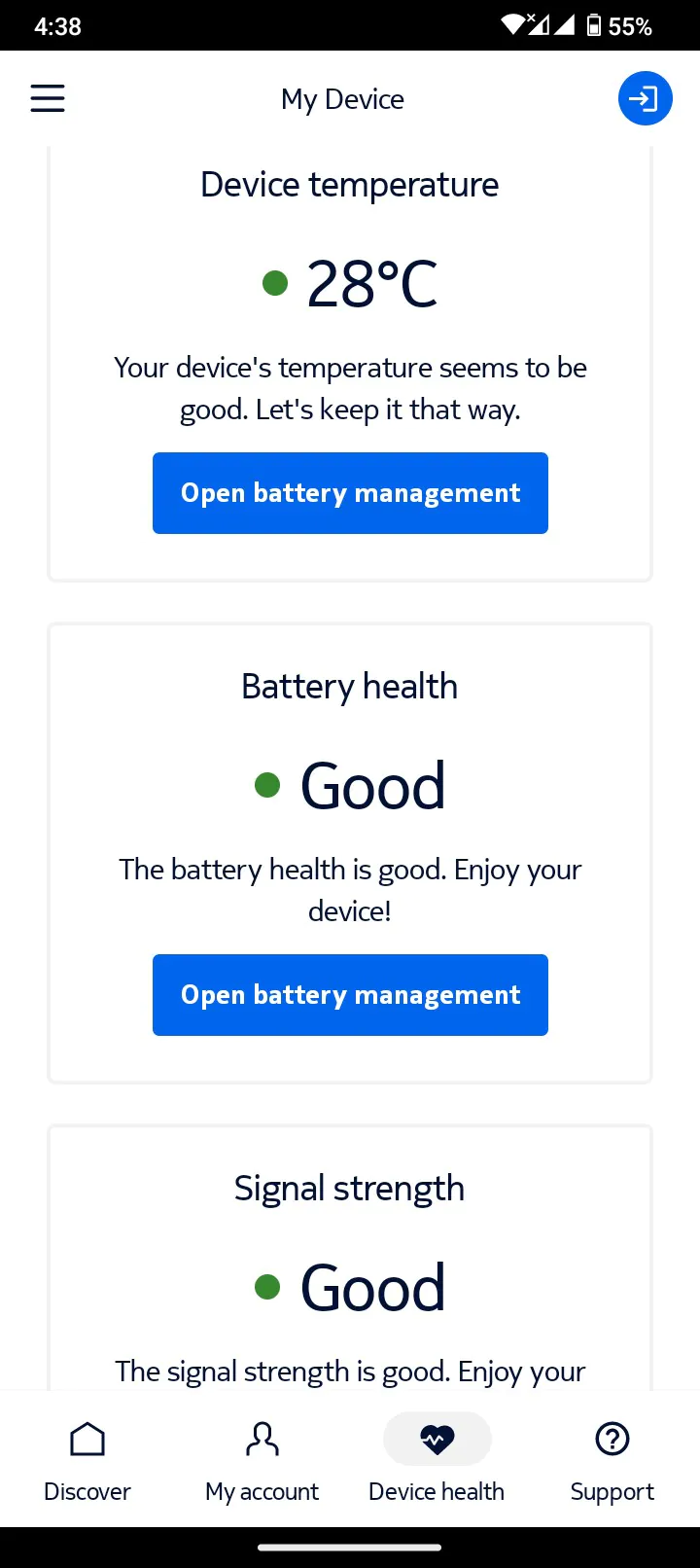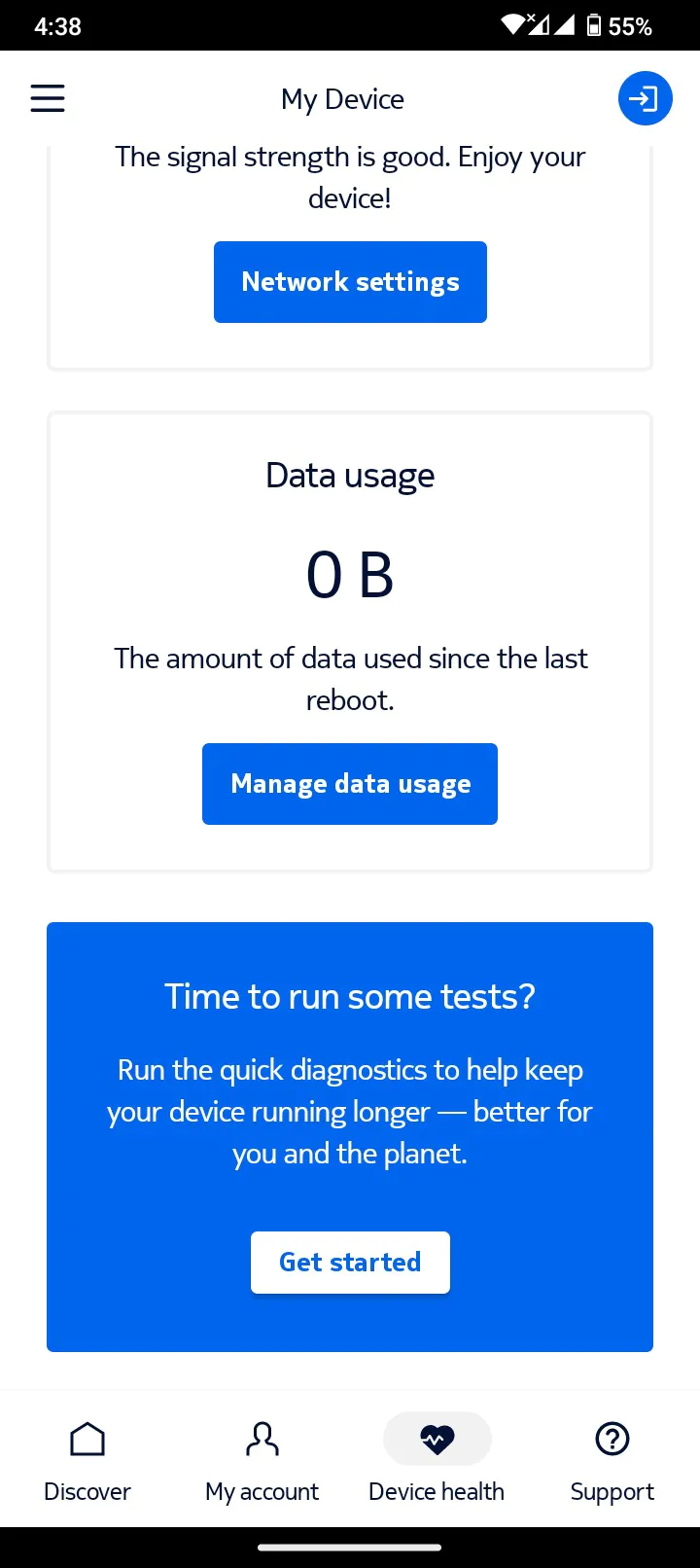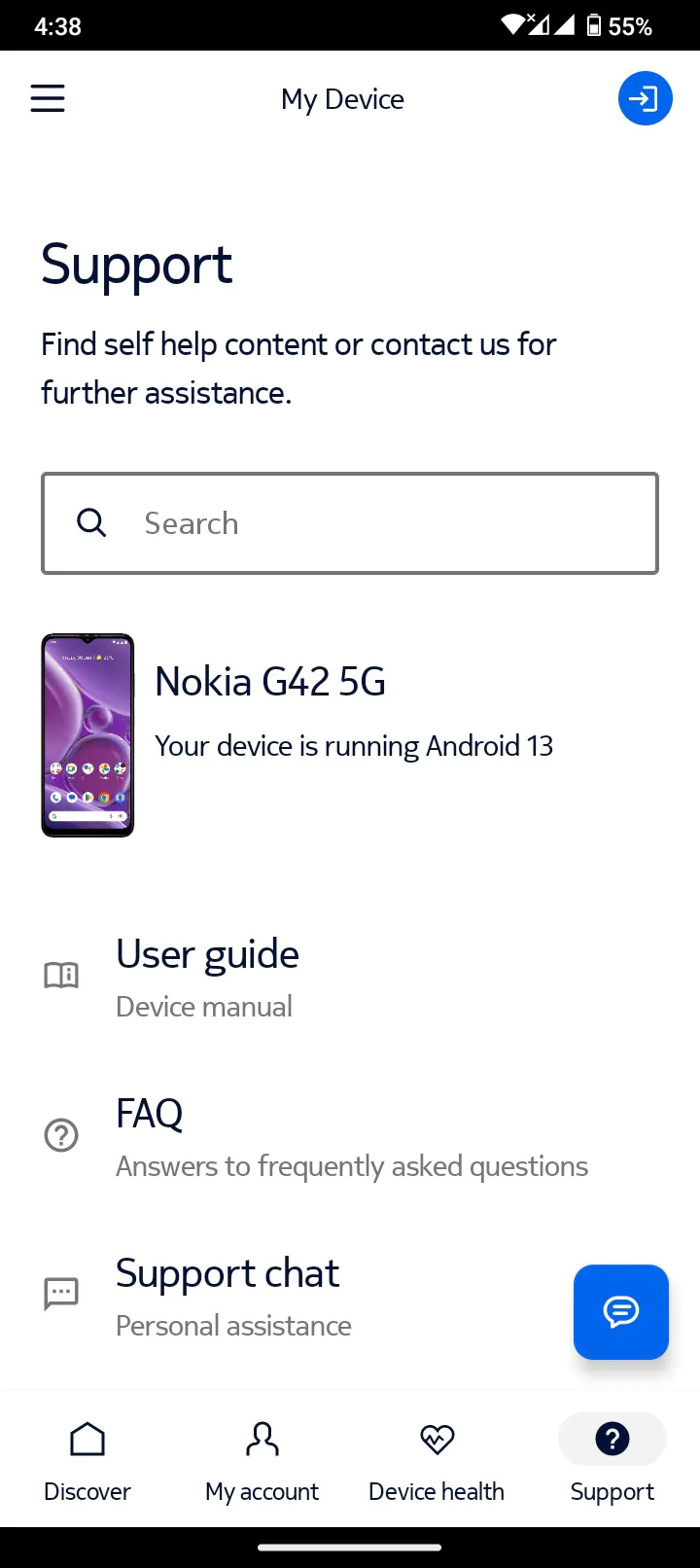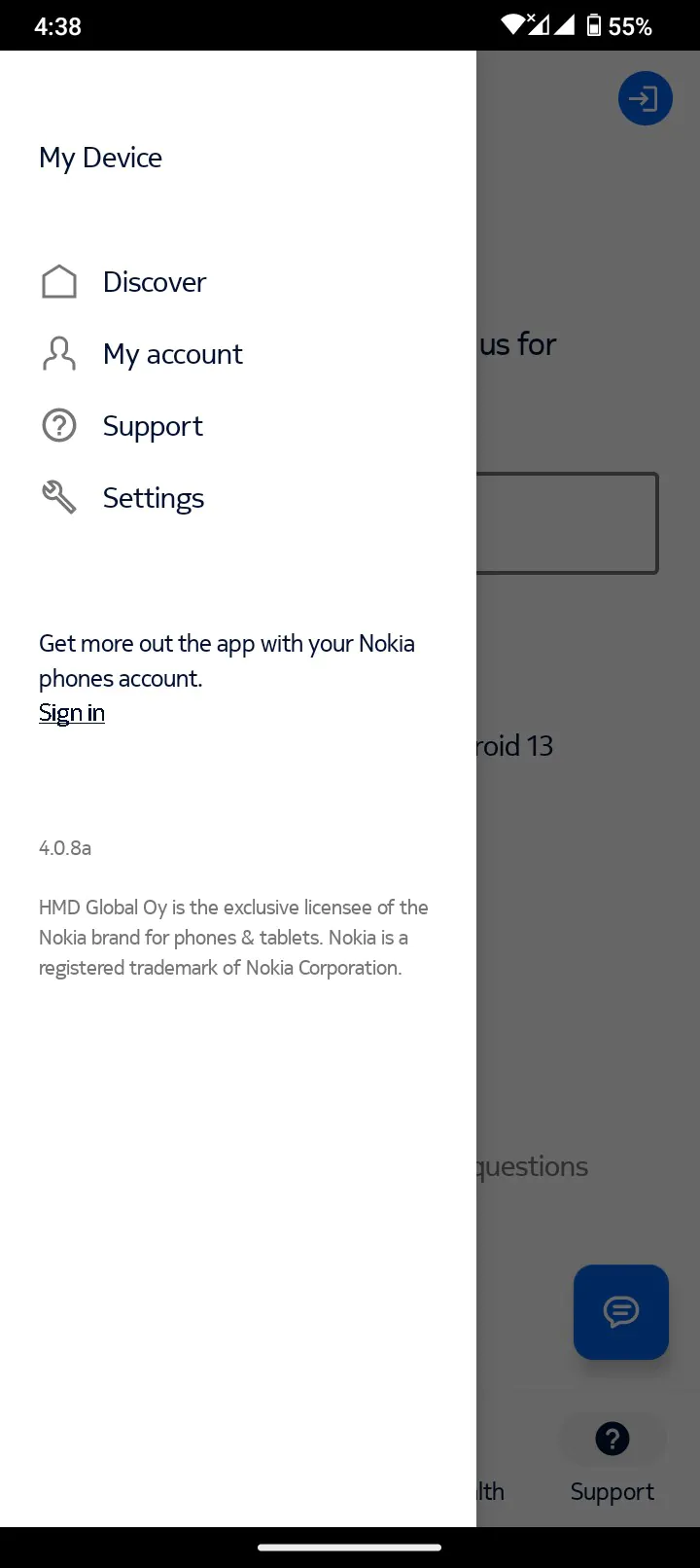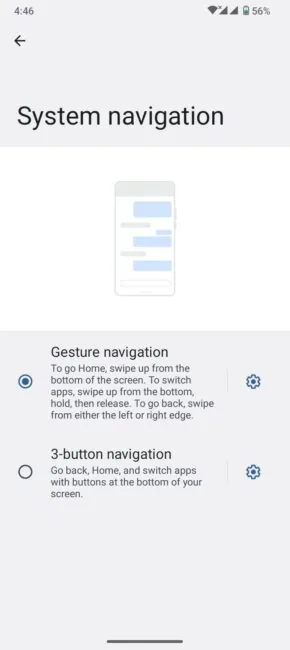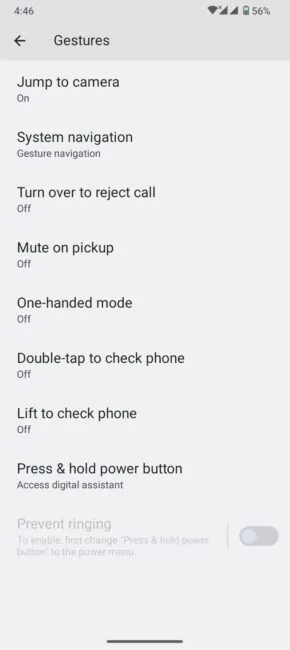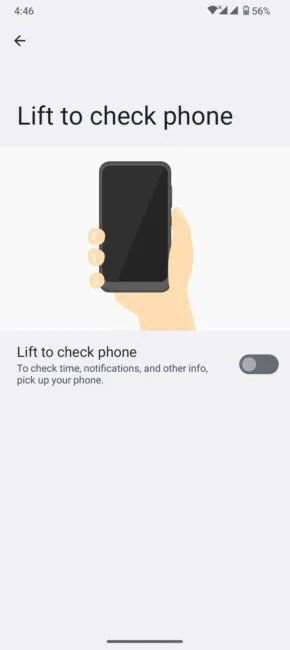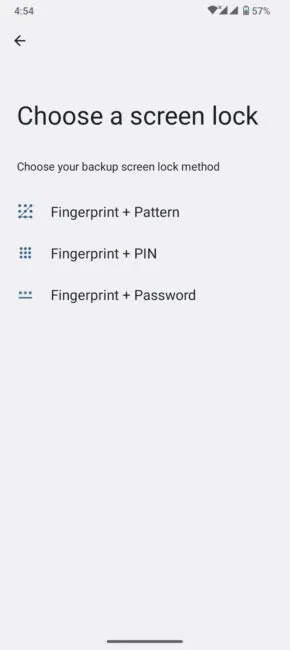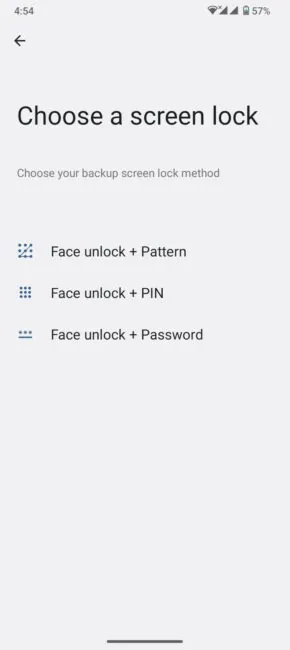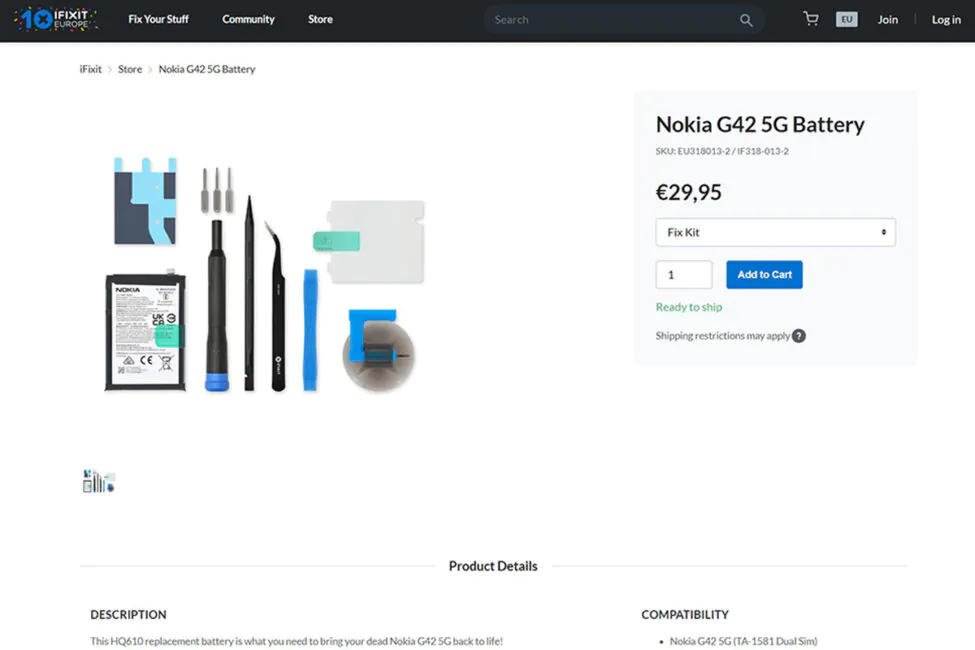© ROOT-NATION.com - Use of content is permitted with a backlink.
Today, we have the Nokia G42 5G smartphone on review. What makes it interesting? Firstly, it’s a Nokia. Secondly, the device boasts decent specifications. By the way, this model recently hit the market, so the third point can be confidently considered the novelty of the device. Fourthly, it offers enhanced repairability – thanks to the proprietary QuickFix design, the smartphone can be easily repaired even by users themselves using the iFixit toolkit. Other noteworthy features include immersive sound with the proprietary OZO Audio technology and the device’s ecological orientation. Overall, the model is intriguing, and there’s much to talk about. And as always, let’s start with a brief overview of the device’s technical specifications for a more comprehensive picture.
Technical specifications
- Display: IPS; 6.56″; HD+ resolution (720×1612); aspect ratio 20:9; refresh rate 90 Hz; density 269 ppi; brightness 400-560 nits; Corning Gorilla Glass 3 protective glass
- Processor: Snapdragon 480+ 5G; 8 cores (2 × 2.2 GHz – Kryo 460 Gold (Cortex-A76) + 6 × 1.8 GHz – Kryo 460 Silver (Cortex-A55); 8 nm process; Adreno 619 graphics
- RAM: 6 GB LPDDR4X; there is a function to add 2 or 5 GB of virtual memory
- Storage: 128 GB UFS 2.1
- Memory card support: microSD up to 1 TB
- Cameras: 3 modules (main, additional, macro). Main 50 megapixel, f/1.8, additional 2 megapixel, macro 2 megapixel. The maximum video recording resolution is 1080P@60/30FPS. Additional features: HDR support, surround sound recording with OZO Audio technology, LED flash
- Front camera: 8 megapixels; maximum video recording resolution 1080P@30FPS
- Audio: 1 speaker; 1 microphone; surround sound (playback and recording) with OZO Audio technology
- Battery: 5000 mAh; support for fast charging 20 W (QC 3.0 and PD 3.0); removable and replaceable thanks to the QuickFix system
- Operating system: pure Android 13
- Communication standards: 2G, 3G, 4G, 5G
- Wireless technologies: Wi-Fi 802.11 a/b/g/n/ac/ax-ready; Bluetooth 5.1; NFC
- Geolocation services: GPS/AGPS, GLONASS, BDS, Galileo
- SIM card slot: 2×Nano-SIM (SIM + SIM/microSD)
- Sensors and sensors: accelerometer (G-sensor), electronic compass, ambient light sensor, proximity sensor, fingerprint scanner
- Protection: dust, moisture; class IP52
- Dimensions: 165.0 × 75.80 × 8.55 mm
- Weight: 193.8 g
- Package contents: smartphone, USB-C cable, ejector to open the SIM card tray, user manual
Positioning and price
On the official website, the price of the Nokia G42 5G is listed at $213. The model is positioned as an affordable and reliable modern smartphone. Considering its price and specifications, it can confidently be categorized as a budget device in the mid-range segment.
The Nokia G42 5G may appeal to those looking for a relatively inexpensive smartphone with a decent level of performance, battery life, and a complete set of modern technologies such as NFC, 5G support, and more. I believe the target audience for this model could also include the corporate segment, as one of the main features of the smartphone is its enhanced repairability, which I will elaborate on a bit later.
Nokia G42 package contents
The smartphone comes in a proprietary eco-friendly packaging made from certified FSC mixed material. This means that the manufacturer adheres to the idea of environmental cleanliness in its production and contributes to the preservation of forests. There is no plastic in the packaging at all. In terms of design and informativeness, the packaging is quite concise: craft-colored cardboard made from recycled materials, branding and model designation of the smartphone, mention of the proprietary QuickFix technology, certificates, and other user information that may not be particularly useful.
We unpack the box and see what’s waiting for us:
- smartphone
- USB-C to USB-C cable
- ejector for the SIM card tray
- user manual
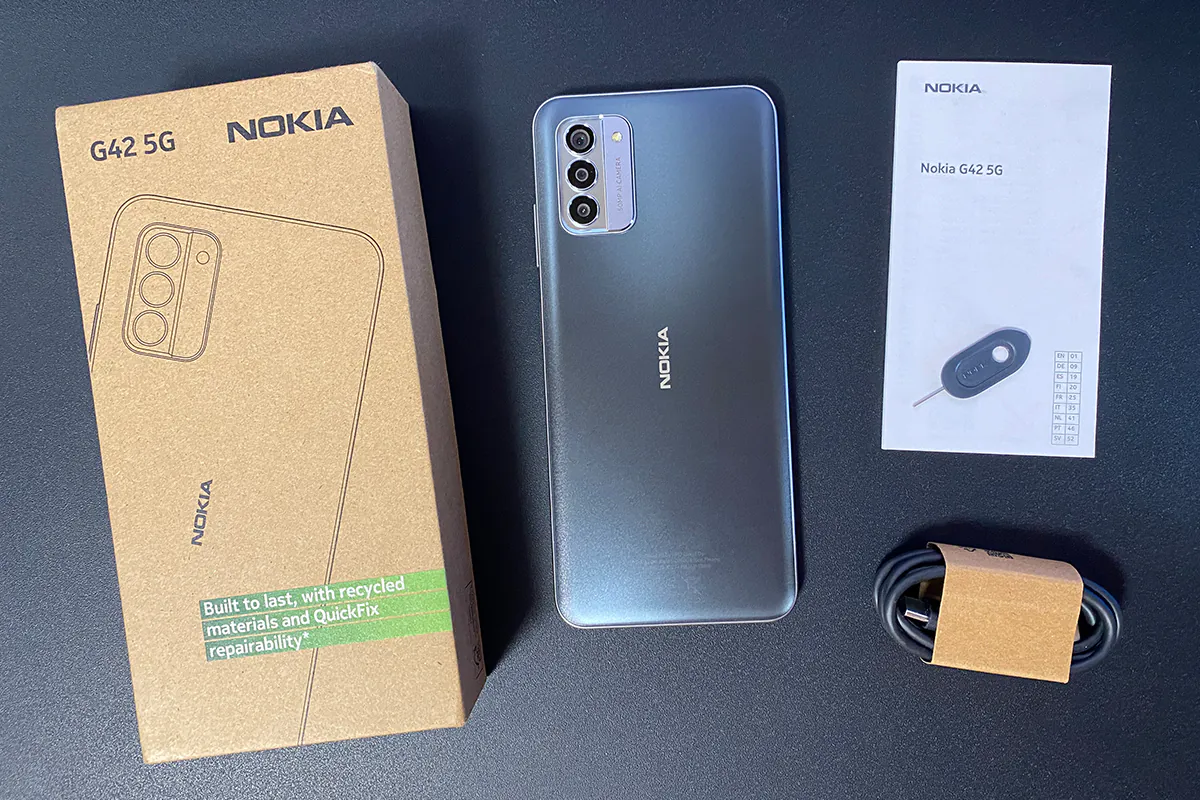
As you can see, there is no charger or protective case included in the package. While the absence of a case can be tolerable, as many manufacturers now include them with their smartphones, the lack of a charger can be considered a significant drawback. Users either utilize chargers from other devices they have or purchase a new one. In any case, when choosing a charger, it’s essential to consider that the original cable comes with USB-C to USB-C connectors. The smartphone supports a maximum charging power of 20W.
Design, ergonomics, build quality, maintainability
The design of the Nokia G42 5G doesn’t stand out with particular originality, but personally, I can’t say anything negative about it. Overall, the smartphone has a decent look: understated and concise. There are two available color options: gray and lavender.
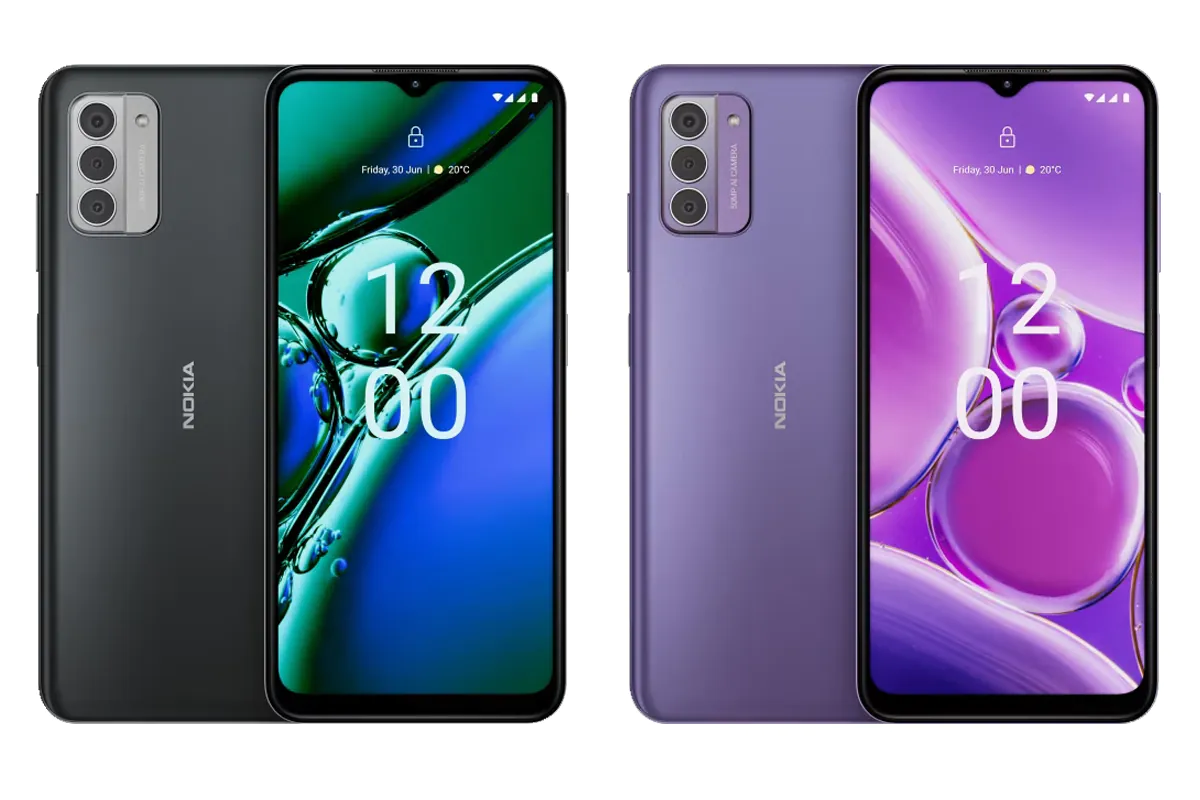 The first variant arrived for my review, and I must admit that the smartphone looks quite appealing in the gray color scheme.
The first variant arrived for my review, and I must admit that the smartphone looks quite appealing in the gray color scheme.
I would say it’s not just gray but has iridescence. The color changes depending on the angle and the light that hits its surface.
The front panel is occupied by a 6.56-inch display. The bezels, along with the body, measure 4mm on the sides, 8mm at the bottom, and 5mm at the top. The front camera is in a teardrop-shaped notch, with a small grille for the earpiece located above it. The smartphone’s display is protected by Corning Gorilla Glass 3.
On the rear panel, you’ll find the main camera, consisting of 3 modules (primary, additional, macro), an LED flash, and the Nokia logo positioned right in the center of the back cover. The back cover itself is made from recycled materials, constituting 65% of its composition. In terms of touch, the back cover feels like a pleasant matte plastic—non-slippery, comfortable to hold, allowing you to confidently place the smartphone at an angle on a surface.
The smartphone’s lateral sides are straight, with rounded corners. The side insert is crafted to mimic metal, likely some alloy rather than plastic. Although the lateral edges are straight, the smartphone cannot stand independently on them. Firstly, the edges are not entirely even, slightly convex upon closer inspection. Secondly, the smartphone itself is quite thin—8.55mm.
On the left side, there is only the tray for the SIM card. The tray is positioned quite high, almost at the very top of the smartphone. The tray is standard and hybrid, allowing you to insert 2 Nano-SIM cards or 1 SIM card and 1 microSD memory card.
On the right side, you’ll find the power and volume adjustment buttons. The power button incorporates a fingerprint sensor. The buttons are not deeply embedded, making them easily discernible by touch. The placement of the buttons is optimal, easily reachable without any issues for the thumb.
There is nothing on the top edge of the smartphone. On the bottom edge, you’ll find the traditional 3.5mm headphone jack, a USB-C port, and the speaker openings.
In terms of ergonomics, the smartphone is very comfortable and enjoyable to use. It’s lightweight (almost 194g), slim (8.55mm), and has optimal dimensions (165×75.8mm). It fits well in the hand, providing a non-slip grip even without a case. One-handed operation is easy, with the thumb effortlessly reaching all areas of the screen and buttons.
The build quality is excellent. All elements fit together seamlessly. There is no bending, squeaking, or looseness. The construction of the body feels sturdy. The manufacturer has also provided dust and moisture protection according to the IP52 standard. In other words, the smartphone is resistant to water droplets and spilled liquids.
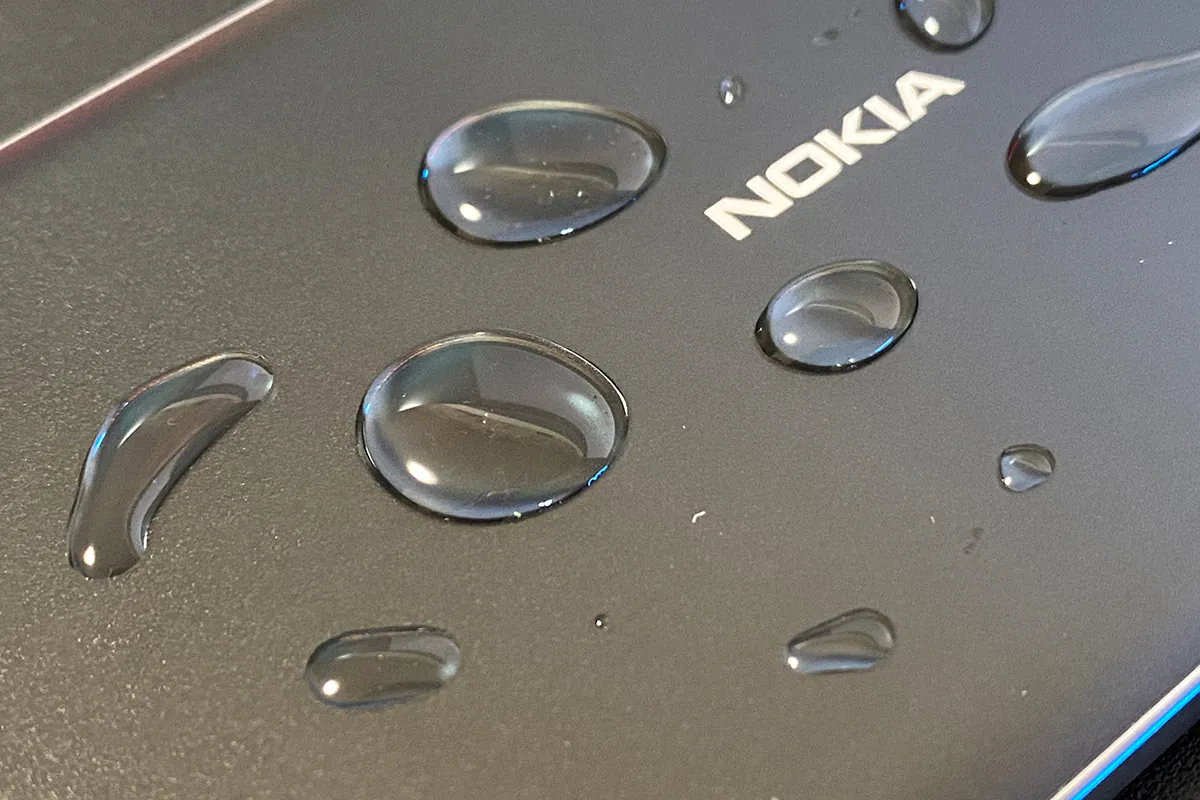 One of the main features of the Nokia G42 5G is its enhanced repairability and the ability for self-repair. Therefore, when discussing the device’s assembly, I cannot help but provide more details on what this entails. The thing is, one of the strategies of HMD Global (the current manufacturer of smartphones under the Nokia brand) is to create smartphones that can be easily and quickly repaired, particularly by users themselves. As claimed by the manufacturer, the proprietary QuickFix design in the Nokia G42 5G allows users to independently repair the device using the iFixit toolkit. For instance, you can replace the display, USB port, or battery on your own. Original spare parts can be purchased on the iFixit website. For example, here is the display for the Nokia G42 5G priced at €49.95. And here is the display + FixKit bundle for €54.95.
One of the main features of the Nokia G42 5G is its enhanced repairability and the ability for self-repair. Therefore, when discussing the device’s assembly, I cannot help but provide more details on what this entails. The thing is, one of the strategies of HMD Global (the current manufacturer of smartphones under the Nokia brand) is to create smartphones that can be easily and quickly repaired, particularly by users themselves. As claimed by the manufacturer, the proprietary QuickFix design in the Nokia G42 5G allows users to independently repair the device using the iFixit toolkit. For instance, you can replace the display, USB port, or battery on your own. Original spare parts can be purchased on the iFixit website. For example, here is the display for the Nokia G42 5G priced at €49.95. And here is the display + FixKit bundle for €54.95.
Read also:
Nokia G42 display
The Nokia G42 5G features a 6.56-inch IPS display with an HD+ resolution of 720×1612 pixels and a maximum refresh rate of 90Hz. In the display settings, there are two options for the refresh rate: standard and adaptive. In the standard mode, the refresh rate is 60Hz, while in the adaptive mode, the smartphone dynamically adjusts the refresh rate based on usage scenarios. Therefore, as we can see, there is no fixed 90Hz refresh rate option. Initially, I thought this could be a drawback, but after using the smartphone, I realized that most of the time, the refresh rate is clearly higher than 60Hz, and overall, the display is fast and smooth.
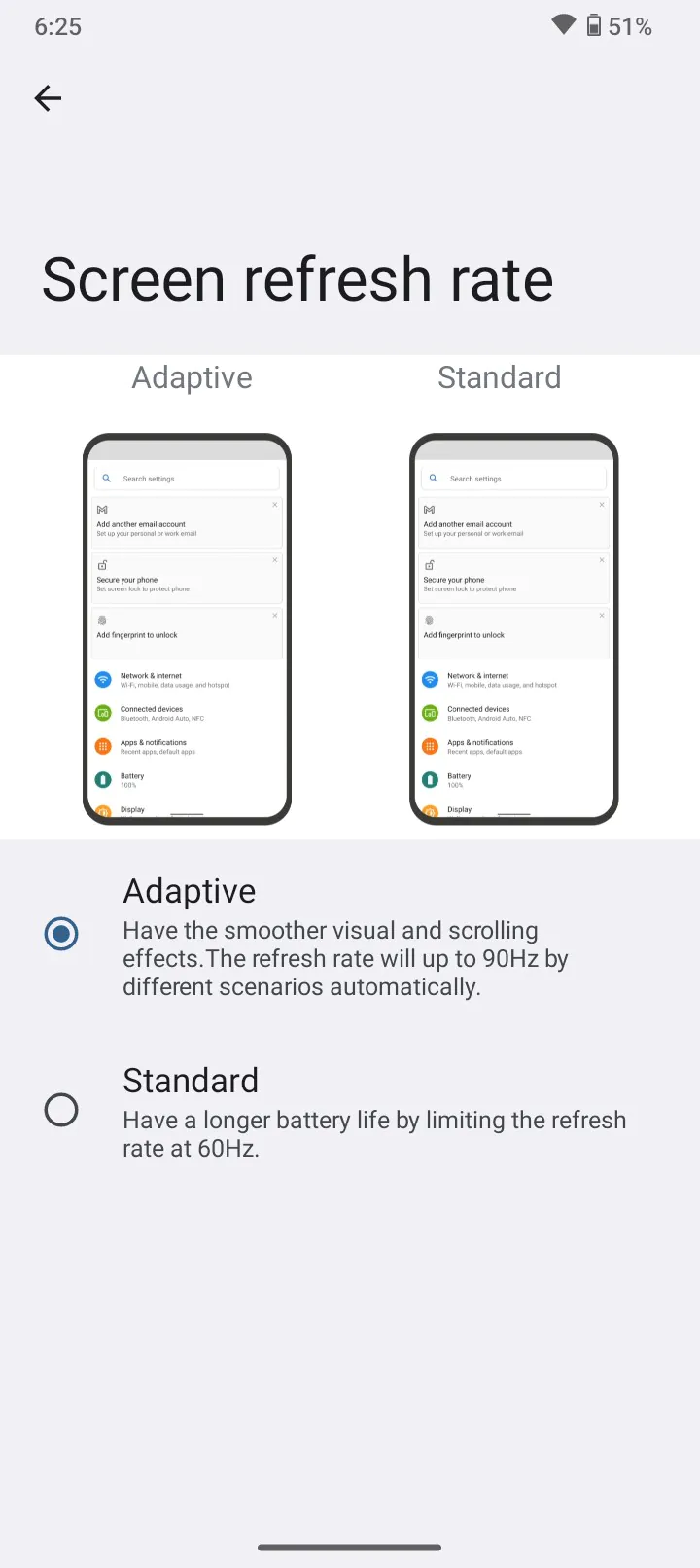
Fast, smooth, and responsive – that’s how you can characterize the performance of the display and my overall experience interacting with it. The smartphone’s display swiftly and accurately responds to all gestures, taps, and swipes. The touchscreen effortlessly recognizes up to 10 simultaneous touches, more than sufficient for mobile gaming and everyday tasks.
 The color reproduction on the display is quite good. Colors are not muted, reasonably vibrant, and adequately saturated. Black color and its shades look well-rendered. HDR support is also available.
The color reproduction on the display is quite good. Colors are not muted, reasonably vibrant, and adequately saturated. Black color and its shades look well-rendered. HDR support is also available.
There are no specific color settings on the smartphone. You can only adjust the color temperature.
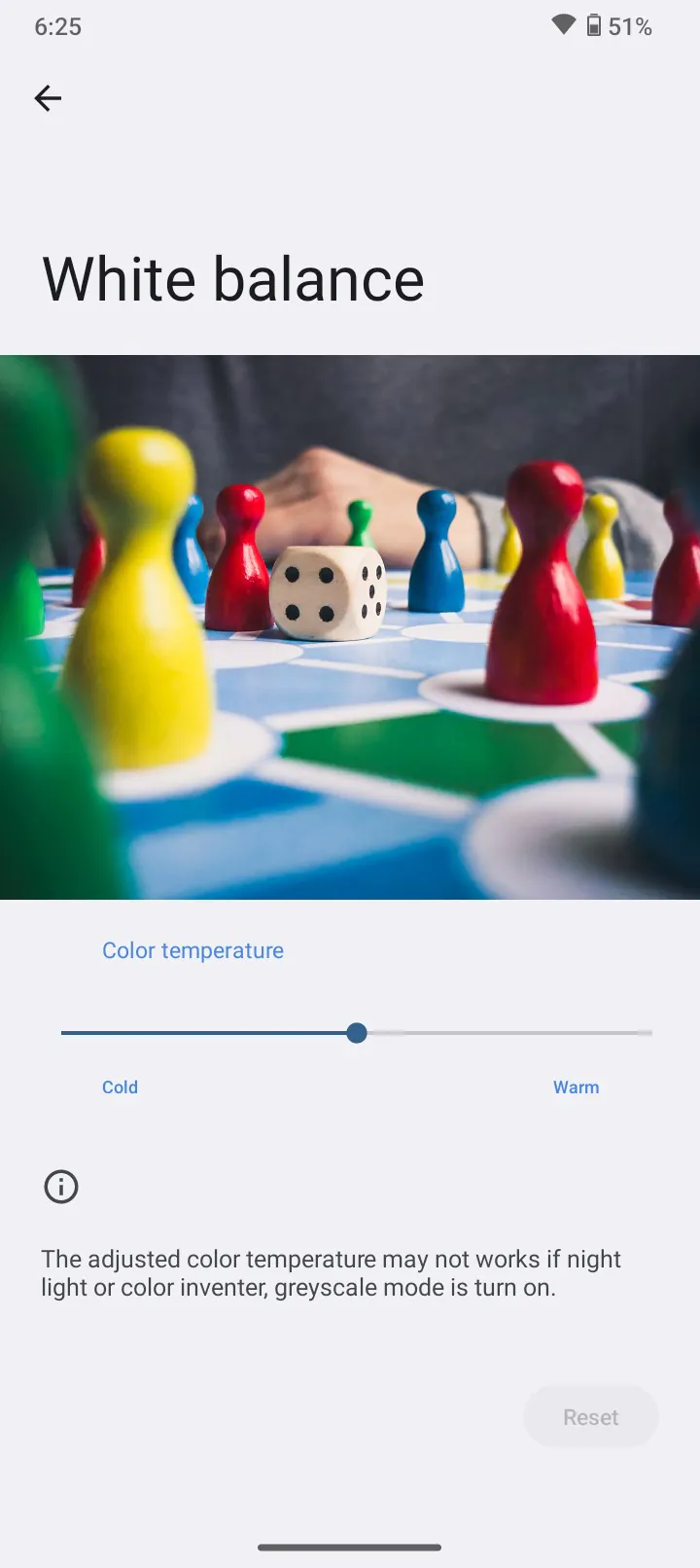 The viewing angles are wide. Even at steep angles, the display maintains its visibility without significant distortion.
The viewing angles are wide. Even at steep angles, the display maintains its visibility without significant distortion.
The display brightness level ranges from 400 to 560 nits. This is more than sufficient for comfortable smartphone usage in various lighting conditions.
The pixel density is 269 PPI, and this is a slight drawback of the display. Due to the relatively small PPI and the not very high resolution (720×1612), some content may appear slightly pixelated. This is particularly noticeable in certain videos.
Overall, the display is quite good: smooth, fast, with positive feedback and color reproduction, and an optimal size. However, the PPI is evidently lacking, and a higher resolution for a 6.56-inch size could have been beneficial.
Components and performance
The smartphone is powered by the Snapdragon 480+ 5G processor, equipped with 6GB of RAM, and features a storage capacity of 128GB. Now, let’s delve into the hardware details and run a couple of performance tests.
Processor and graphics
The Snapdragon 480+ 5G is an 8-core mobile chipset from 2021, manufactured using an 8nm process. Its core architecture consists of 2 Kryo 460 Gold cores (Cortex-A76) with a clock speed of 2.2 GHz and 6 Kryo 460 Silver cores (Cortex-A55) with a clock speed of 1.8 GHz. It features the Adreno 619 GPU for graphics processing. Overall, the chipset is a solid processor from Qualcomm, bringing 5G support to the budget device segment.
RAM and storage
The device is equipped with 6GB of LPDDR4X type RAM. There’s also the option to add virtual memory of 2GB or 5GB, utilizing space on the main storage. Enabling this feature allows more apps to work simultaneously in the background, improving their performance and reducing average startup times. This feature is beneficial, so feel free to activate it in a dedicated “Memory” menu..
The pre-installed storage is of the UFS 2.1 type with a capacity of 128GB. On one hand, 128GB is generally sufficient for most users at the moment. However, on the other hand, there are devices on the market offering 256GB for roughly the same price. For those who find 128GB limiting, there is the option to insert a microSD card of up to 1TB. Keep in mind that the slot is dual, so you’ll have to sacrifice one SIM card slot.
Regarding the speed of the installed storage, it is generally good. Here are benchmarks from AnTuTu and PCMark.
Performance tests
Before diving into synthetic tests, I always run the smartphone through simple everyday tasks to form a personal impression of its performance that isn’t tied to benchmark figures. Here’s what I can say about the Nokia G42 5G: it’s fast and provides a positive user experience. Web browsing, music, social media, video, and camera usage all happen quickly, smoothly, without lags or hiccups. Of course, the performance is not at a super flagship level, like in flagship or mid-range devices. However, for a budget device, it’s more than satisfactory. In short, using the smartphone is quite comfortable.
Regarding benchmarks, the results are quite expected. Below, you can see the test results from Geekbench 6, PCMark, 3DMark, AnTuTu Benchmark, AiTuTu Benchmark, and CPU Throttling Test.
Nokia G42 performance in games
While the G42 is not labeled as a gaming device, it doesn’t mean you can’t enjoy some mobile games during your free time. Let’s go through a few games for illustration.
Asphalt 9: Legends
The game runs excellently at maximum graphics settings (High Quality). The gameplay is smooth, without stutters or lags. Subjectively, it maintains a stable 30 FPS.
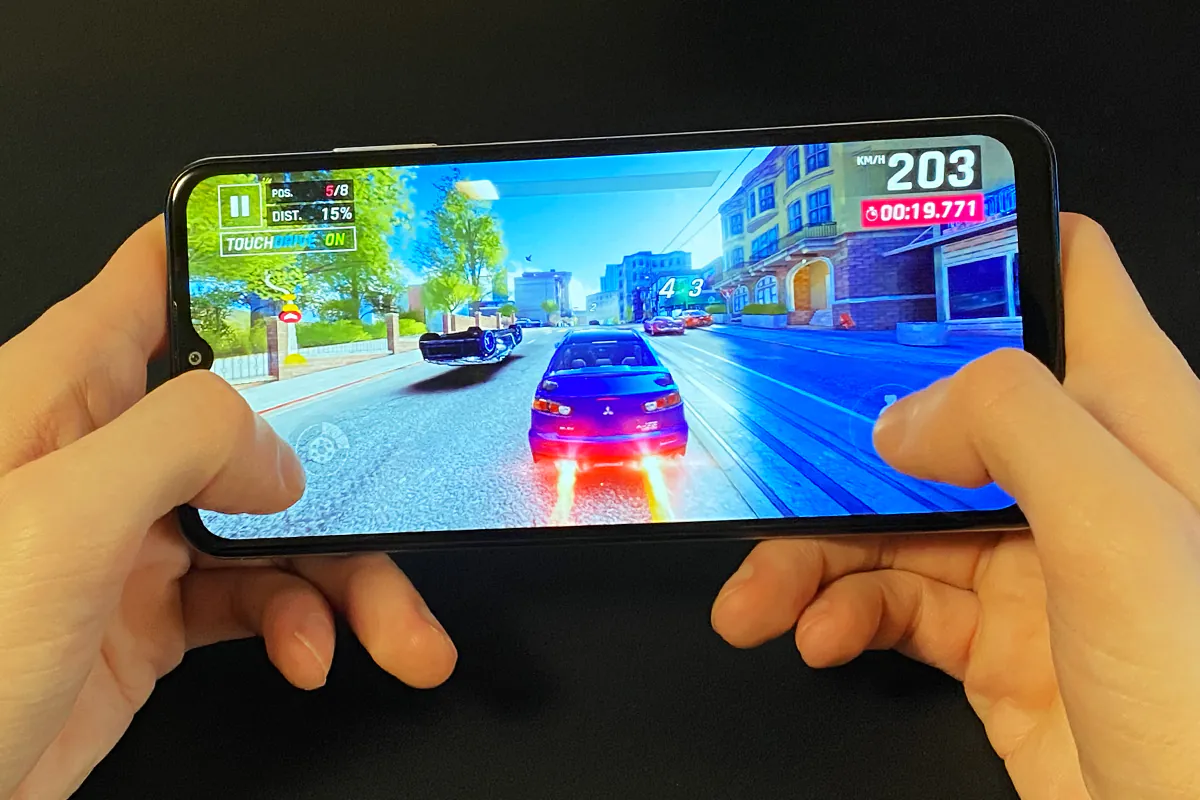
Free Fire
The smartphone handles this game without any issues at maximum graphics settings. The gaming experience is comfortable and smooth, with no freezes or lags. Subjectively, the average in-game FPS seems to hover around 30-45 frames. In short, playing is more than comfortable.
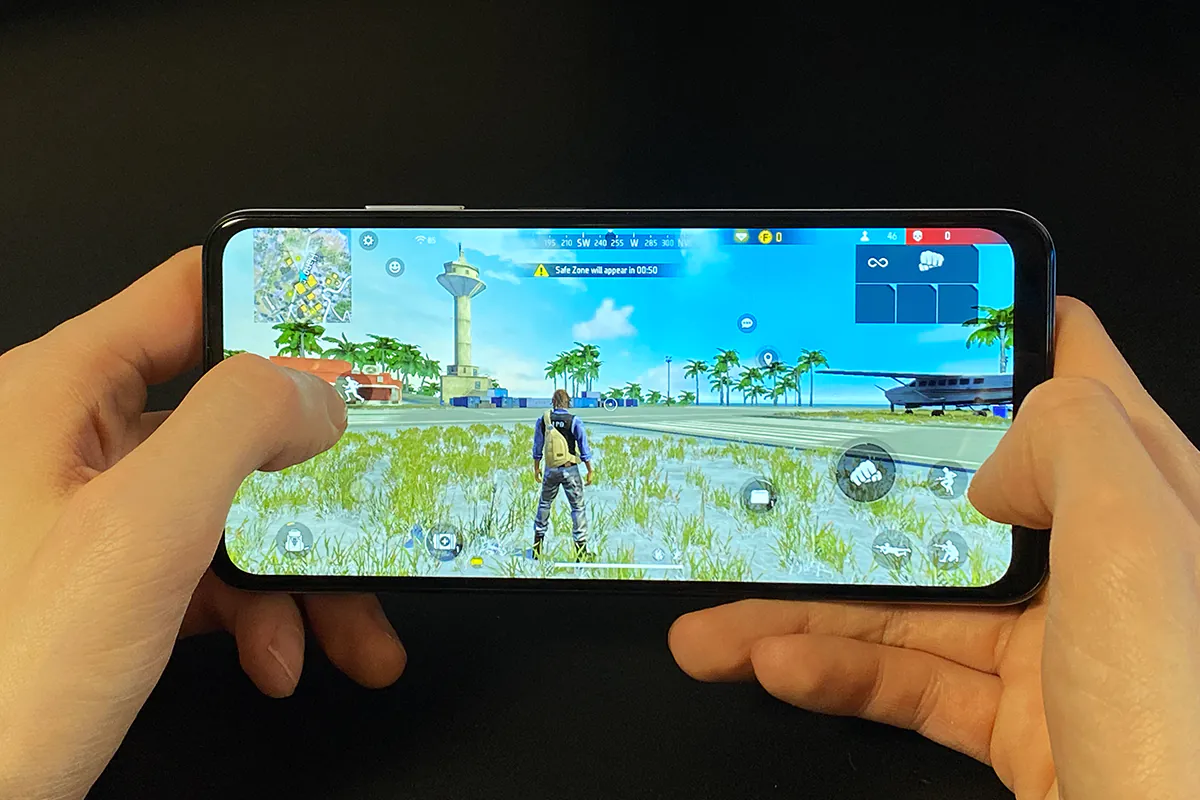
Diablo Immortal
The graphics settings in this game for our smartphone model are somewhat limited. We cannot set the frame limit higher than 30 and the resolution above the Medium level. This is a typical scenario for budget segment devices in Diablo. However, other settings, such as graphics quality, can be adjusted according to personal preference. Anticipating the smartphone’s capabilities, I set the graphics quality to High.
At these settings, the game runs quite well. Subjectively, we have an average of 30 FPS with minor drops that don’t significantly impact the gameplay. Occasionally, there are slight issues with texture loading when transitioning between locations. Overall, it’s more or less comfortable to play.
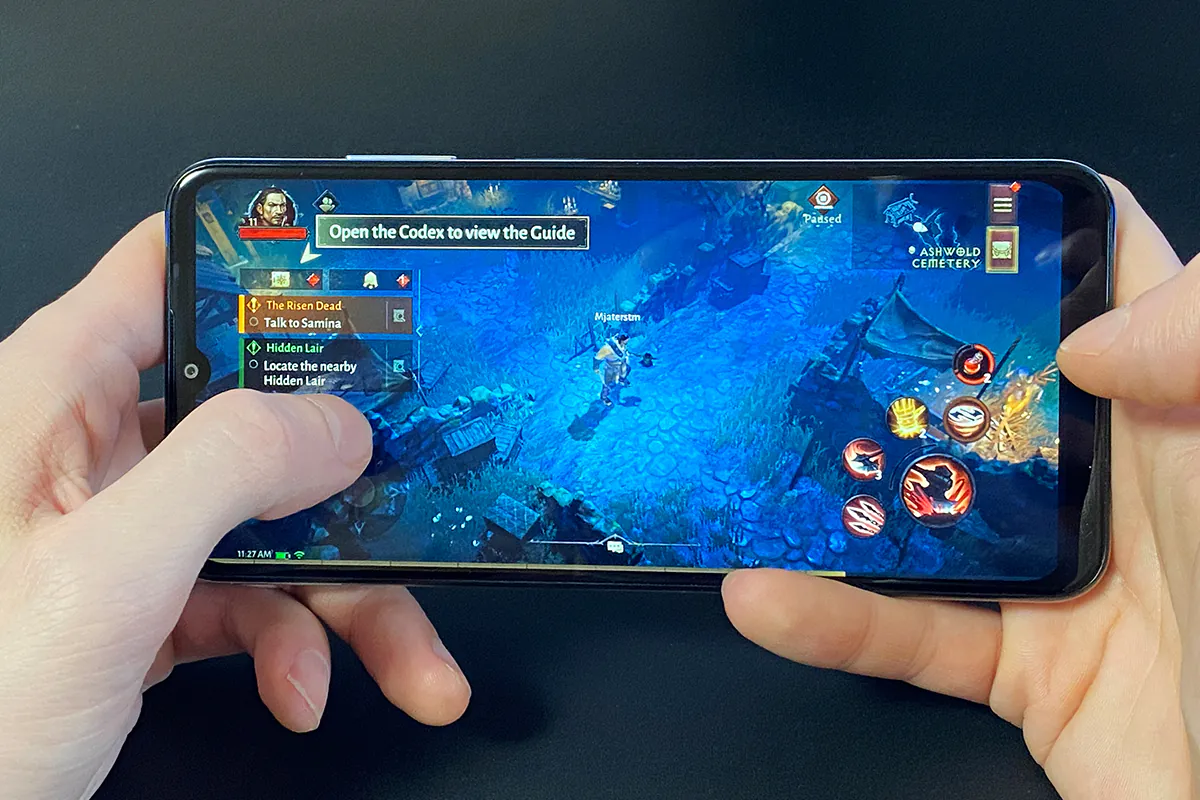
Real Racing 3
This game runs wonderfully on the smartphone. Beautiful graphics, smooth gameplay. There are no performance issues. Subjectively, we have 30+ FPS. By the way, in this game, you have the option to control the car using the smartphone’s gyroscope. I must say, it works excellently here.
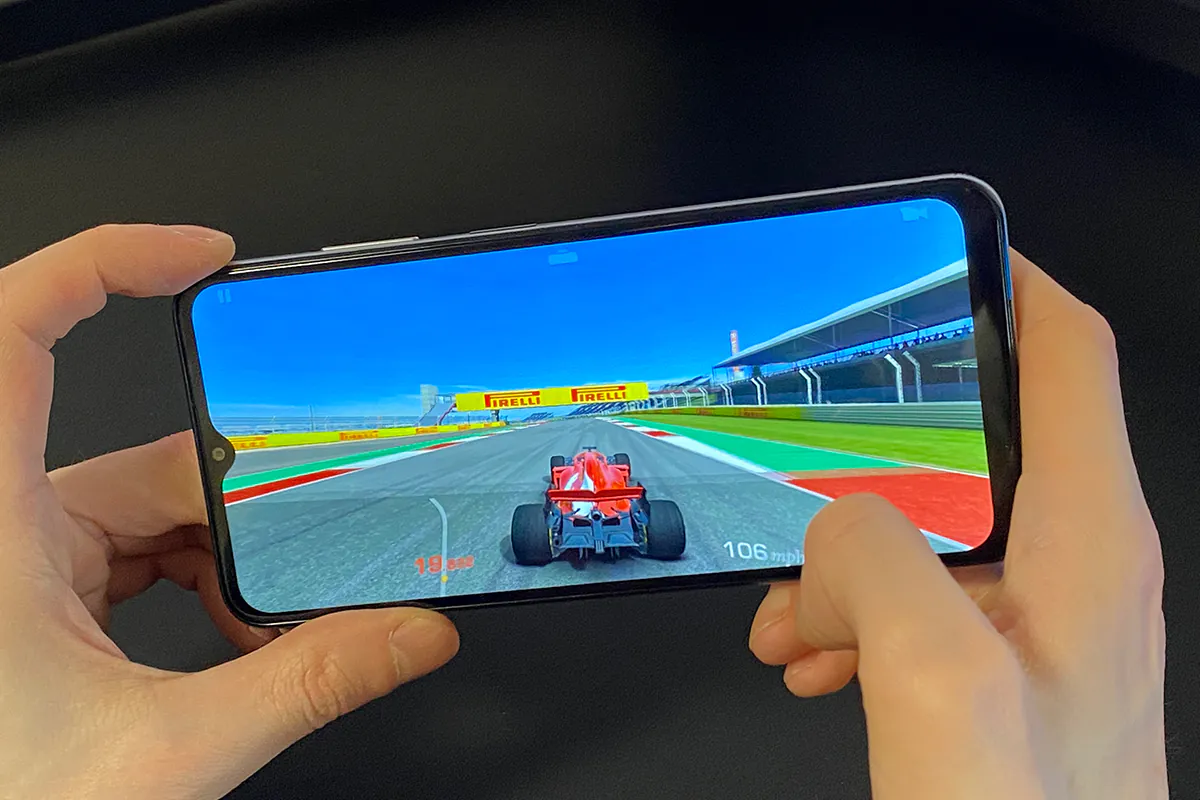
Genshin Impact
It should be noted right away that this game is the most resource-intensive and demanding on the device’s hardware from the entire list. By default, the game set low graphics settings. Playing at these settings was not very comfortable; the power was clearly not enough. Subjectively, the FPS was around 20-25 frames. Lowering the settings to the minimum level “Lowest,” the picture improved.
At the lowest settings, we have an average of about 30-40 FPS, which is more than comfortable for gaming. By the way, it’s best to set the frame rate limit to 60.
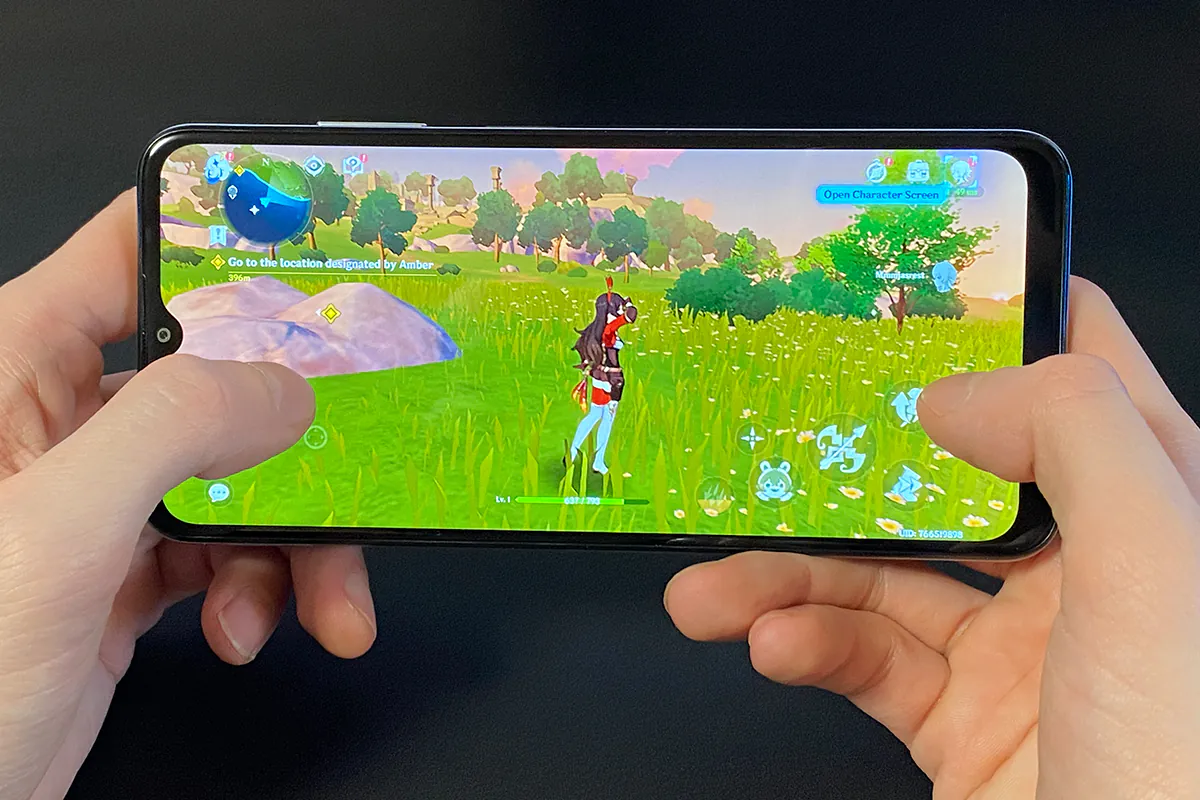
Standoff 2
The game runs excellently at maximum graphics settings. You can even set the anti-aliasing to the maximum and raise the frame limit to 90 FPS (matching the maximum display refresh rate). The game runs quickly, smoothly, without any stuttering. By the feel of it, the FPS is around 60 and higher.
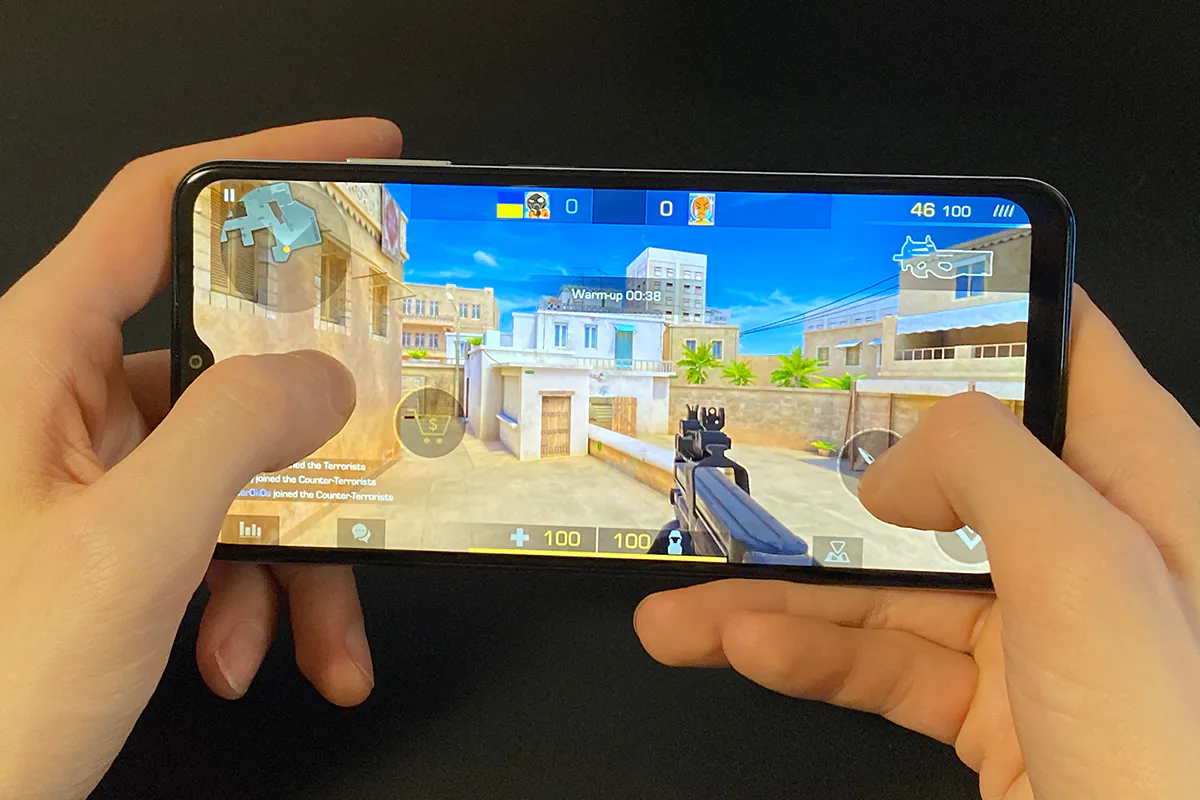
Need for Speed: No Limit
The smartphone performs excellently with this game, maintaining a stable 30 FPS. No stuttering, freezing, or performance drops were observed. The game doesn’t have graphics settings, but the overall appearance is quite appealing.

As we can see, Nokia G42 5G performs excellently with the majority of mobile games. Even with particularly demanding games, you can comfortably play, although graphic quality may need to be sacrificed. Additionally, I should note that during gaming tests, I didn’t observe significant overheating of the device, which is also noteworthy as a positive aspect.
Read also:
Cameras
The rear camera on the smartphone consists of three modules: the main, additional, and macro. The main module has a resolution of 50 MP, while the additional and macro modules have a resolution of 2 MP each.
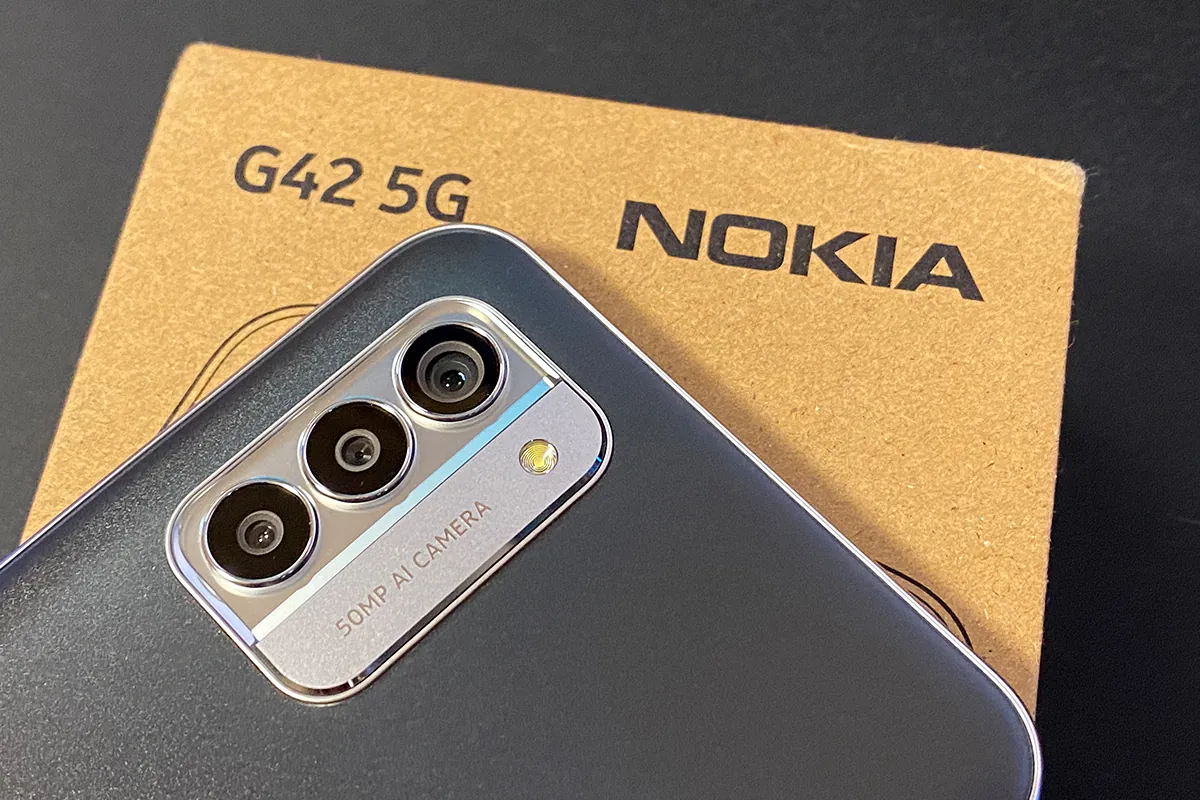 By default, the camera captures photos with a resolution of 12 MP. The maximum resolution for photos is 50 MP.
By default, the camera captures photos with a resolution of 12 MP. The maximum resolution for photos is 50 MP.
The rear camera records video with a resolution of Full HD (1920×1080) at 60 and 30 frames per second.
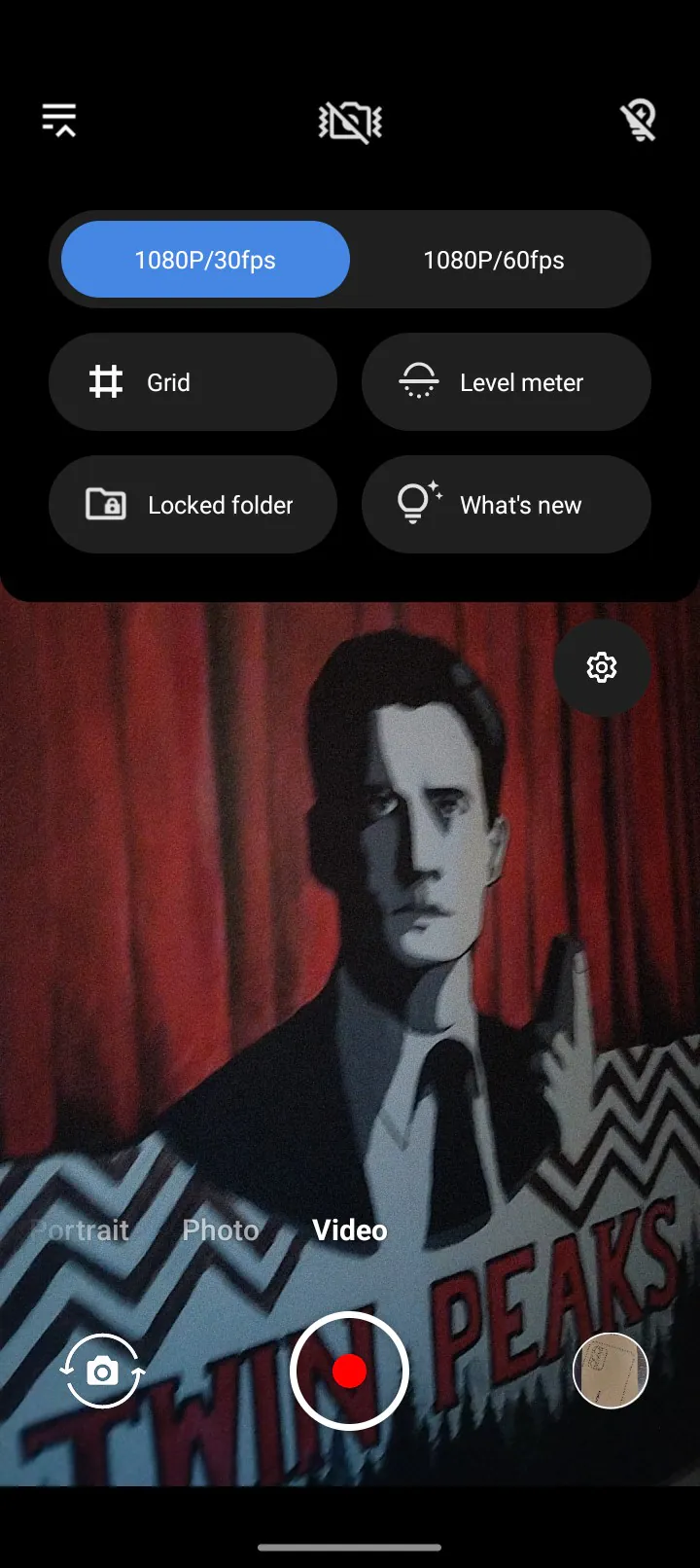
The front camera of the Nokia G42 5G has a resolution of 8 MP. The maximum video recording resolution is Full HD at 30 frames per second.
Camera app
The camera app of the Nokia G42 5G is simple, intuitive, and functional. The main modes and settings are easily accessible. The app operates quickly and without any glitches. During the initial launch, you will be guided through a short tutorial on the basic modes and settings.
The available photo modes include regular photo (with a resolution of 12 MP), portrait, night, macro, pro mode, panorama, and burst mode. The maximum resolution mode of 50 MP can be activated in the additional settings of the regular photo mode. The camera supports HDR, which is set to auto by default. There is an AI portrait function that enhances the details in portrait shots. The tripod mode is available, automatically activating when the smartphone is mounted on a surface or tripod. In tripod mode, longer exposures can be captured, positively impacting the detail and quality of the shots.
For video recording, the available modes include standard shooting (1080P@30/60FPS), dual shooting (simultaneously using the rear and front cameras), interval shooting, and slow-motion. There is an image stabilization feature. During video recording, the OZO Audio technology is employed to capture higher-quality and more immersive sound.
There aren’t many global settings in the camera app. I’ll show everything that is available in the screenshot below.
Like many modern smartphones, Google Lens is integrated into the camera app.
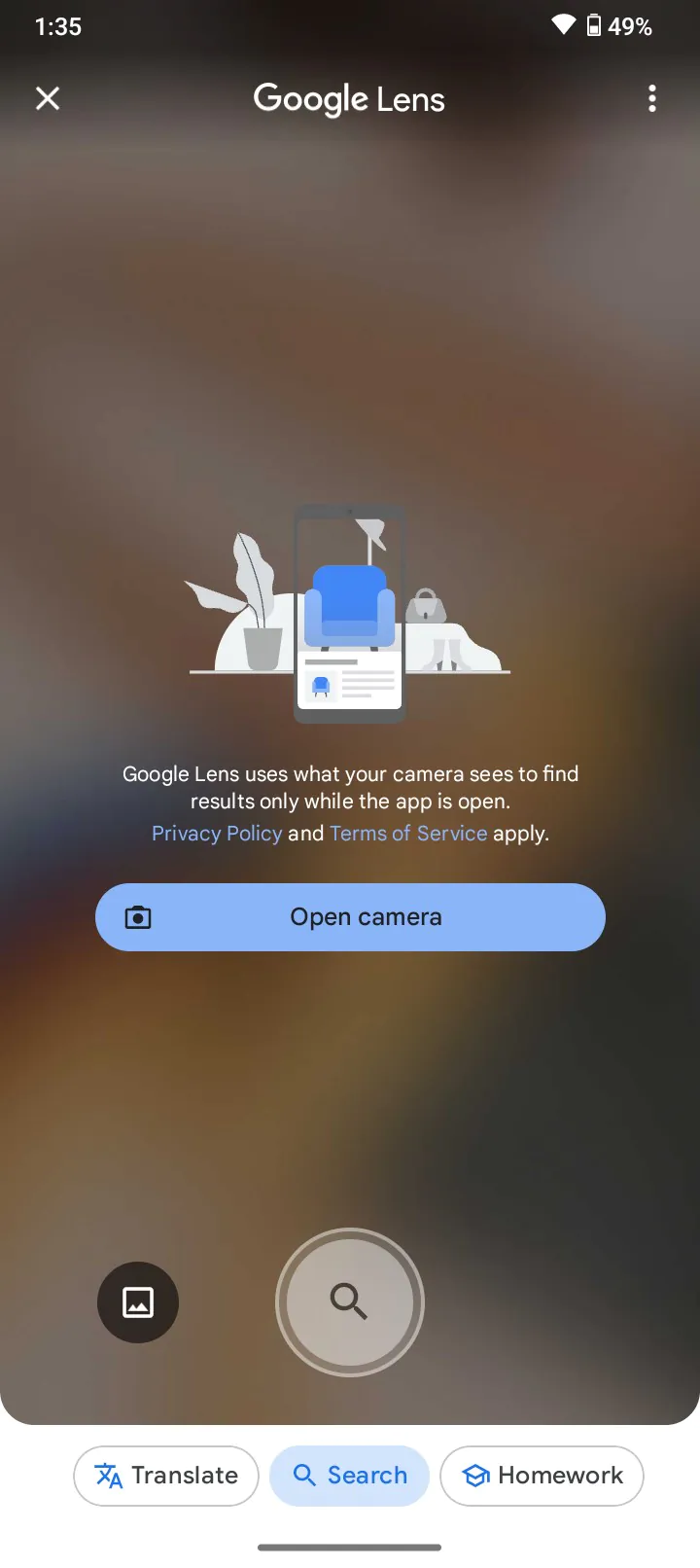
For the front camera, the available modes include regular photo, portrait, night mode, regular video recording, and interval shooting. HDR, AI portrait, and motion capture are also present.
Photos and videos on the main camera
In good lighting conditions, the smartphone’s main camera captures well. The frames have quite good detail and color reproduction.
When activating the 50 MP mode, photos will have higher resolution and, as a result, increased object detail. Honestly, the difference between 12 MP and 50 MP is very small. The distinctions are barely noticeable and need to be sought under close scrutiny..
The camera supports HDR, which ideally should add contrast to photos. However, with the Nokia G42 5G, it’s a bit the opposite. Photos without HDR appear more contrasting, while HDR photos have brighter and more saturated colors. By default, the camera app has HDR set to “Auto,” so you can simply not bother with this feature and take photos as is. The images will be excellent.
The macro quality in the smartphone is, to put it mildly, disappointing: low detail and issues with focusing.
Photos in portrait mode come out great. The camera effectively separates the background and contours, resulting in images with good detail and color reproduction.
In low light conditions, there is a decrease in detail and clarity in the photos. However, capturing is still possible, and the outcome depends on the quality, quantity, and sources of light available..
Evening and night shooting were more satisfactory. Considering the budget nature of the smartphone, the quality of photos during evening shots can be considered more than decent.
For evening and night photos, there is a special “Night” mode. Photos taken in this mode appear noticeably brighter.
Video shot in good lighting conditions comes out at a decent quality. During evening and night shooting, graininess appears, and the level of detail decreases, which is generally typical and expected. The camera performs well for both 30 and 60 frames per second video recording.




One of the claimed features of the Nokia G42 5G is the recording of higher quality and more immersive sound using OZO Audio technology during video shooting. I tested this claim, and I can say that with OZO, the sound is indeed less flat and more vibrant. This is especially noticeable in elements like bass in music. However, it’s important to note that extraordinary results should not be expected from this technology.


Photos and videos on the front camera
Photos and videos taken with the front camera are generally quite good. You won’t be disappointed with selfies and videos for your stories.
Read also:
Sound
The Nokia G42 5G is equipped with a single speaker located on the bottom edge of the smartphone. The sound quality from the speaker is normal, neither more nor less. The smartphone itself is quite loud, especially when the volume is set to the maximum. There is a volume boost feature that activates when the volume is increased beyond 100%. At higher volumes, some sound defects typical of overloaded speakers may be noticeable. However, at the standard level of 100%, the sound quality is quite good. The manufacturer also claims support for OZO Audio technology during playback, which is supposed to enhance the sound quality and make it more immersive. While I didn’t notice super high-quality immersive sound, the bass is perceptible, indicating that the sound is not flat.
As for the sound settings, they are standard. Everything available is shown in the screenshots below.
The earpiece and microphone for phone calls work well, providing good audibility and sufficient volume.
For wired headsets, there is a standard 3.5mm jack. Wireless headsets are supported with aptX HD codec.
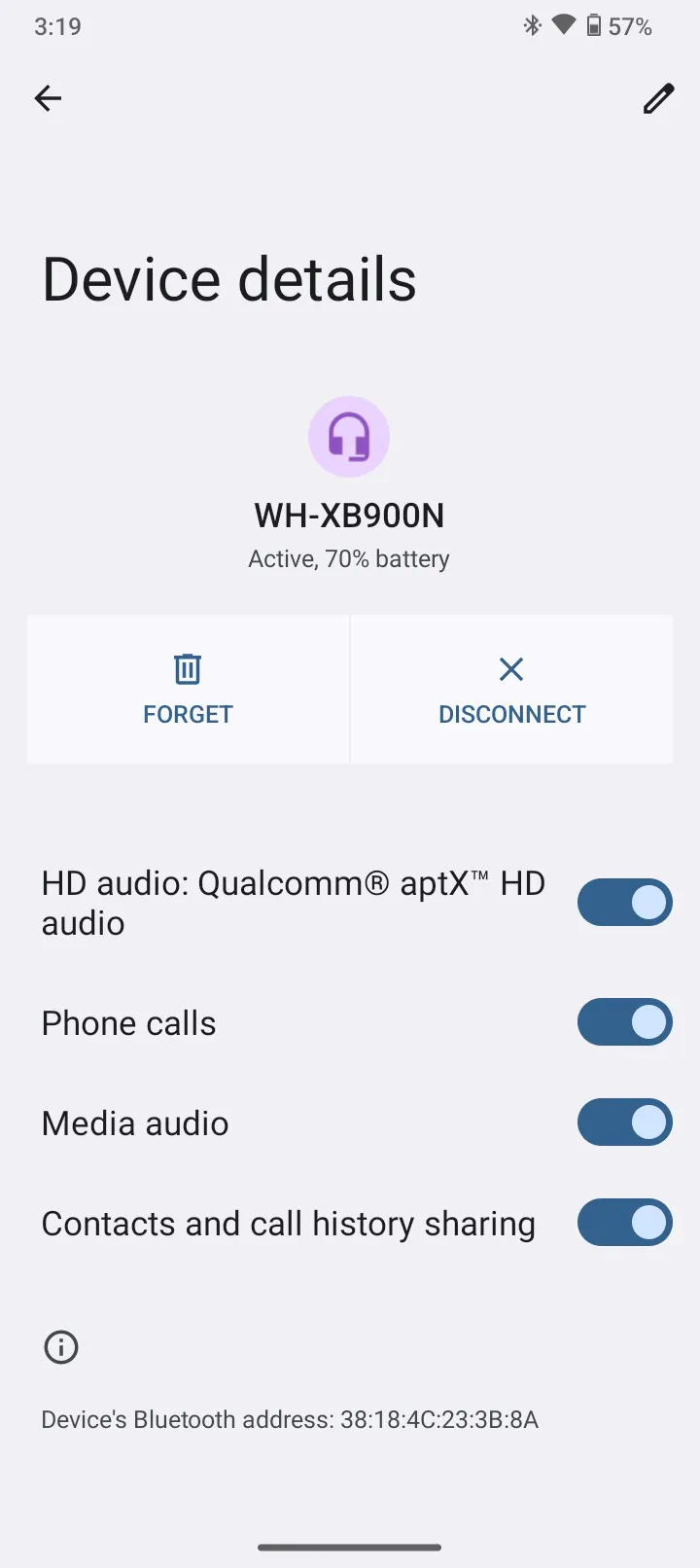
The sound through headphones or earphones is excellent, especially when connecting high-quality devices. It is more than suitable for listening to music. By the way, the volume boost feature for headphones and headsets does not work – it only applies to the smartphone’s speaker. However, this function is not particularly necessary here, as the volume is already sufficient.
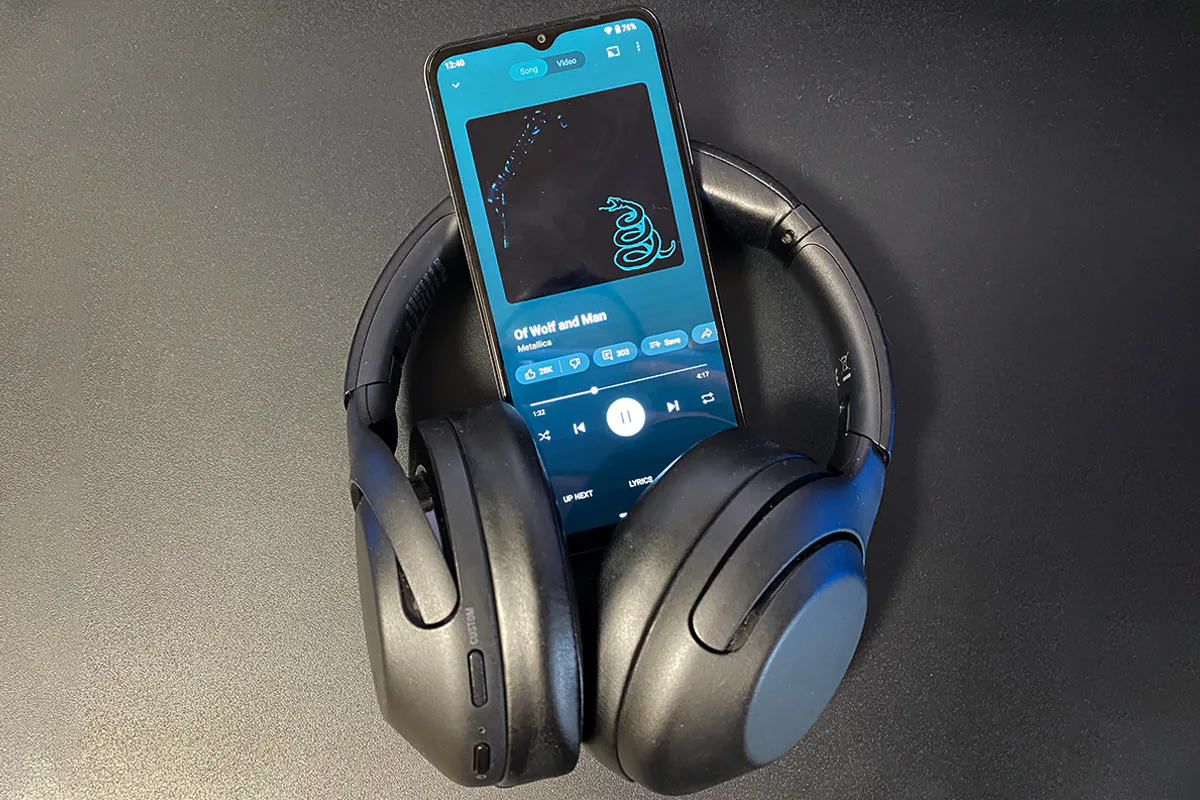
Communication
Like all modern smartphones, the Nokia G42 5G supports dual Nano SIM cards. The supported networks include 2G, 3G, 4G, and 5G. The supported frequency bands are as follows:
- GSM: 850, 900, 1800, 1900
- WCDMA: 1, 2, 4, 5, 8
- LTE: 1, 2, 3, 4, 5, 7, 8, 12/17, 13, 20, 28, 38, 39, 40, 41 (full), 66
- 5G NR: n1, n2, n3, n5, n7, n8, n28, n40, n41 (full), n66, n77, n78
While the smartphone was in my possession for testing, I used it as my primary phone for calls. I tested the simultaneous operation of two different mobile network operators. I didn’t encounter any problems with the network throughout the testing period. The network signal was good and stable. I also didn’t face any issues with mobile internet connectivity.
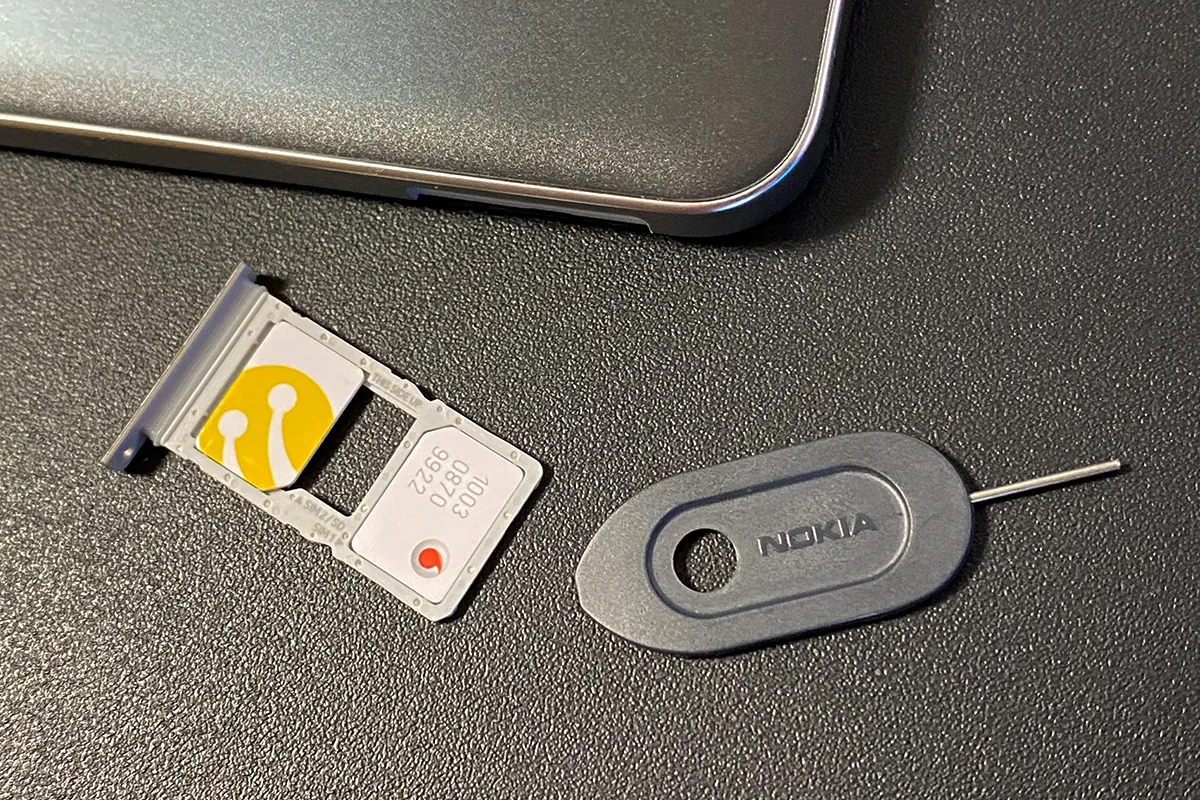
Wireless technologies
For wireless connections, the smartphone is equipped with Wi-Fi 6 (802.11 a/b/g/n/ac/ax-ready) and Bluetooth 5.1. Additionally, it features an NFC module for contactless payments. I didn’t encounter any issues with connections throughout the testing period. The smartphone quickly identifies Bluetooth devices and connects to them without any problems. Wi-Fi connections also worked smoothly, providing standard internet connection speeds.
As for the supported geolocation services, everything is standard: GPS/AGPS, GLONASS, BDS, Galileo.
Software
The smartphone runs on pure Android 13. For those familiar with this operating system, everything will be familiar, with the usual elements such as the notification shade, quick access menu, settings, and more all in their expected places.
The majority of pre-installed applications are standard Google apps, with a few third-party apps also included. Examples of these third-party apps include Linkedin, Netflix, Spotify, ExpressVPN, Booking, and GoPro Quik. However, users are not forced to use them, as they can be easily removed if desired.
The only proprietary application is “My Device,” a standard application in the “my device” series from the manufacturer. In this app, users can find FAQs, technical support, recommended software, device status monitoring, warranty information, and more.
Navigation methods in the system are standard – either 3 buttons or gestures. There are also gestures for quickly activating various functions, which are performed not on the display, but with the smartphone itself. For example, you can simply turn the smartphone to reject a call or activate the display by lifting the smartphone.
Traditional unlocking methods are also in place: pattern, PIN code, password, fingerprint, face unlock. Unlocking with fingerprint and face recognition works quickly and accurately – no issues with them.
The manufacturer promises up to 3 years of monthly system and security updates, so there’s no need to worry about the device’s support.
There’s not much more to say about the OS. It runs quickly and without bugs. It’s not overloaded, intuitive, in short, using the smartphone is very convenient.
Nokia G42 battery life
The smartphone is equipped with a removable battery with a capacity of 5000 mAh. The QuickFix system is used in the design, which means it can be replaced independently, similar to the display. An original battery can be found on iFixit. The battery alone costs €24.95, and with the repair kit, it’s €29.95.
The smartphone supports a maximum charging power of 20W. However, as mentioned earlier, the package does not include a charging adapter. To test the charging time, I used a charger from another device with a maximum power of 18W. Unfortunately, I didn’t have any other options on hand during testing.
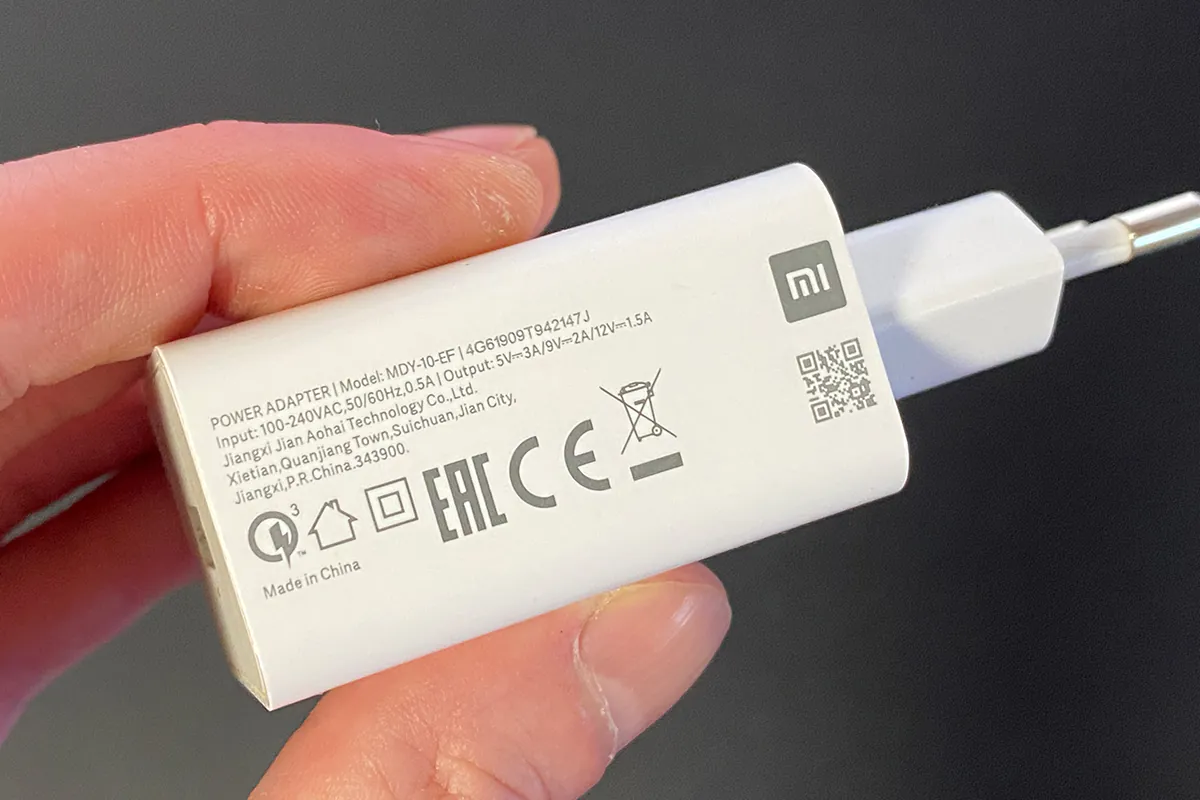
The smartphone charges from 5% to 50% in 1 hour and 50 minutes. A full charge from 5% to 100% took 4 hours and 11 minutes using a charger from another device with an 18W power output. It’s worth noting that with a more powerful charger, the total charging time is expected to decrease.
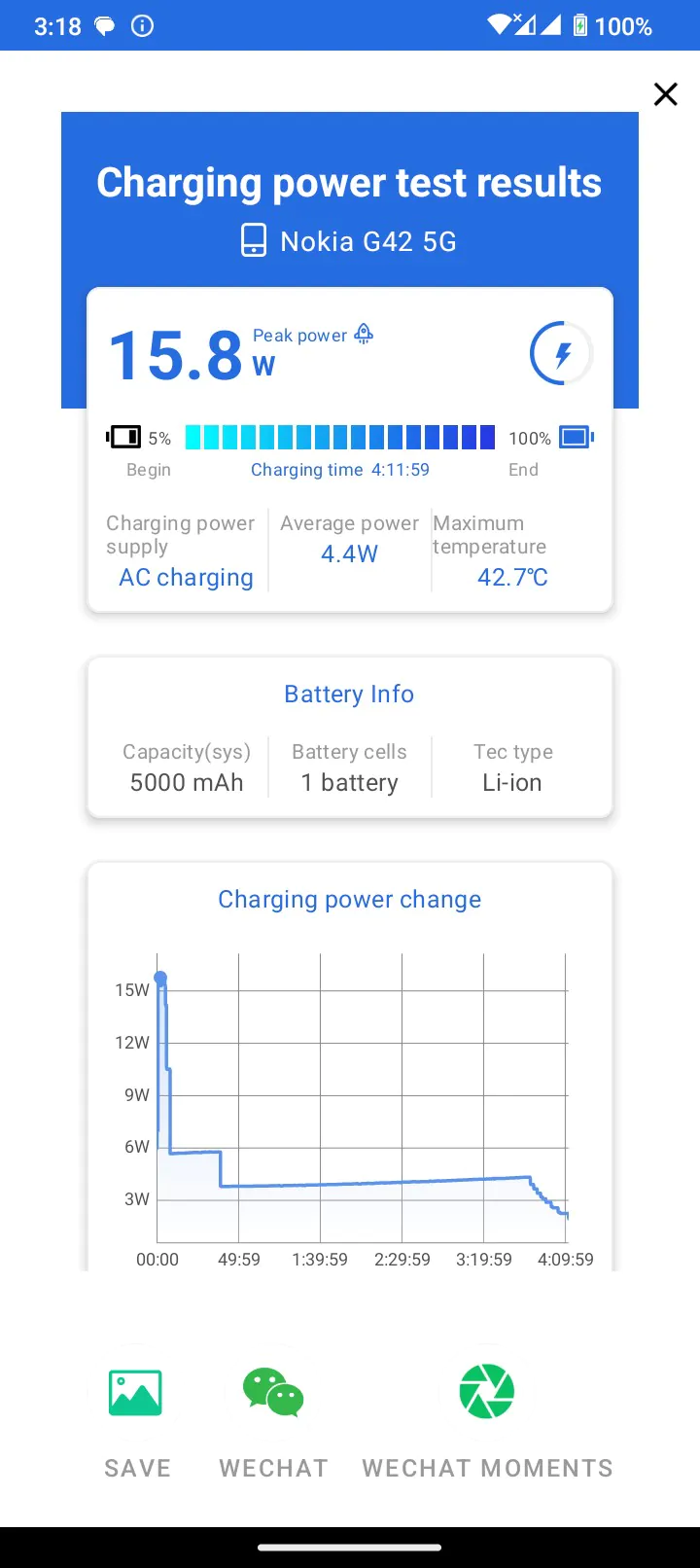
As for battery life, the usual Work 3.0 Battery Life test from PCMark refused to work correctly on this smartphone. After some time following the launch, it stops with an error. I believe it might be due to recent updates from Google or the application itself. However, I managed to find test results for the Nokia G42 5G in Work 3.0 Battery Life on the internet, probably conducted on earlier updates. The test results indicate that with continuous active use (stress test), the smartphone can last for 16 hours.
From my own experience, I can say that with regular everyday use (calls, internet, messaging, some video, some games, camera usage), the smartphone can easily last 1.5 to 2 days without any issues. In standby mode, it can last even longer.
Conclusion
Nokia G42 5G is a smartphone that will certainly find its audience and buyers in the market. Of course, the model has both advantages and disadvantages, as there are no perfect devices. Among the advantages, we can highlight: high-quality build, good level of performance, 5G support, autonomy, clean Android, and cameras. As for the drawbacks: the absence of a charging device in the kit and the lower resolution of the display with PPI. There are also debatable points such as the price and storage capacity.

Read also:
- Sales Ban on Apple Watch in the U.S.: All the Case Details
- Oukitel WP27 Review: Solid Rugged Budget Phone
- Samsung Galaxy Flip5 vs Motorola Razr 40 Ultra: Battle of two yokozunas


